Iucn red list of threatened species Stock Photos and Images
(1,921)See iucn red list of threatened species stock video clipsQuick filters:
Iucn red list of threatened species Stock Photos and Images
 Polypedates bengalensis, the brown blotched Bengal tree frog, is a species of frog in the family Rhacophoridae. It has been observed between 7 and 13 meters above sea level. Male frogs call from leaves that are 20–2 meters above the water surface. The frog is yellowish-brown to greenish-brown in color, with six to nine dark brown blotches that run from behind its eye to its vent. Brown Blotched Bengal Tree Frog Polypedates bengalensis has been assessed for The IUCN Red List of Threatened Species in 2020. Tehatta, West Bengal, India. Stock Photohttps://www.alamy.com/image-license-details/?v=1https://www.alamy.com/polypedates-bengalensis-the-brown-blotched-bengal-tree-frog-is-a-species-of-frog-in-the-family-rhacophoridae-it-has-been-observed-between-7-and-13-meters-above-sea-level-male-frogs-call-from-leaves-that-are-202-meters-above-the-water-surface-the-frog-is-yellowish-brown-to-greenish-brown-in-color-with-six-to-nine-dark-brown-blotches-that-run-from-behind-its-eye-to-its-vent-brown-blotched-bengal-tree-frog-polypedates-bengalensis-has-been-assessed-for-the-iucn-red-list-of-threatened-species-in-2020-tehatta-west-bengal-india-image623280324.html
Polypedates bengalensis, the brown blotched Bengal tree frog, is a species of frog in the family Rhacophoridae. It has been observed between 7 and 13 meters above sea level. Male frogs call from leaves that are 20–2 meters above the water surface. The frog is yellowish-brown to greenish-brown in color, with six to nine dark brown blotches that run from behind its eye to its vent. Brown Blotched Bengal Tree Frog Polypedates bengalensis has been assessed for The IUCN Red List of Threatened Species in 2020. Tehatta, West Bengal, India. Stock Photohttps://www.alamy.com/image-license-details/?v=1https://www.alamy.com/polypedates-bengalensis-the-brown-blotched-bengal-tree-frog-is-a-species-of-frog-in-the-family-rhacophoridae-it-has-been-observed-between-7-and-13-meters-above-sea-level-male-frogs-call-from-leaves-that-are-202-meters-above-the-water-surface-the-frog-is-yellowish-brown-to-greenish-brown-in-color-with-six-to-nine-dark-brown-blotches-that-run-from-behind-its-eye-to-its-vent-brown-blotched-bengal-tree-frog-polypedates-bengalensis-has-been-assessed-for-the-iucn-red-list-of-threatened-species-in-2020-tehatta-west-bengal-india-image623280324.htmlRM2Y60TBG–Polypedates bengalensis, the brown blotched Bengal tree frog, is a species of frog in the family Rhacophoridae. It has been observed between 7 and 13 meters above sea level. Male frogs call from leaves that are 20–2 meters above the water surface. The frog is yellowish-brown to greenish-brown in color, with six to nine dark brown blotches that run from behind its eye to its vent. Brown Blotched Bengal Tree Frog Polypedates bengalensis has been assessed for The IUCN Red List of Threatened Species in 2020. Tehatta, West Bengal, India.
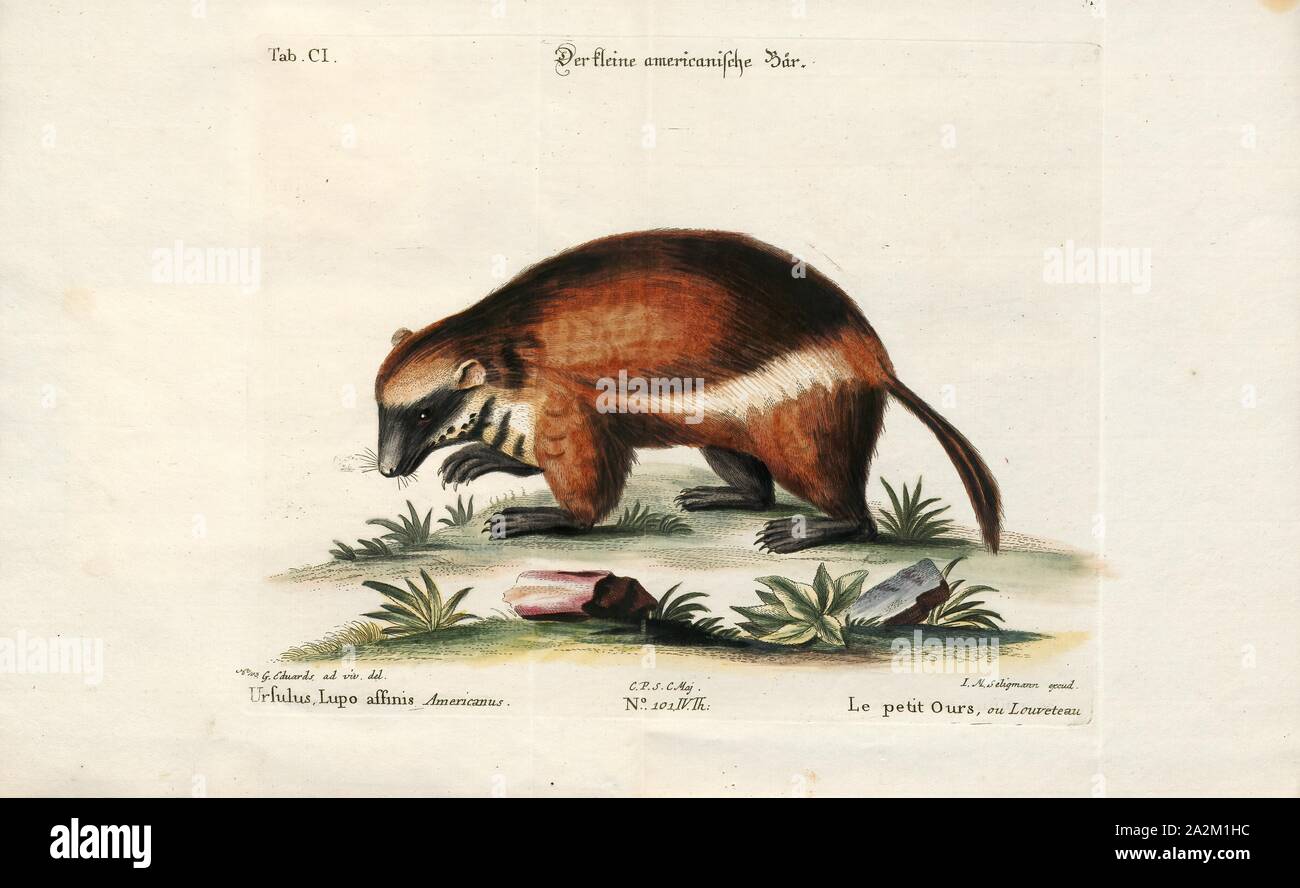 Arctonyx collaris, Print, The hog badger (Arctonyx collaris), also known as the greater hog badger, is a terrestrial mustelid native to Central and Southeast Asia. It is listed as Vulnerable in the IUCN Red List of Threatened Species because the global population is thought to be declining due to high levels of poaching., 1700-1880 Stock Photohttps://www.alamy.com/image-license-details/?v=1https://www.alamy.com/arctonyx-collaris-print-the-hog-badger-arctonyx-collaris-also-known-as-the-greater-hog-badger-is-a-terrestrial-mustelid-native-to-central-and-southeast-asia-it-is-listed-as-vulnerable-in-the-iucn-red-list-of-threatened-species-because-the-global-population-is-thought-to-be-declining-due-to-high-levels-of-poaching-1700-1880-image328666616.html
Arctonyx collaris, Print, The hog badger (Arctonyx collaris), also known as the greater hog badger, is a terrestrial mustelid native to Central and Southeast Asia. It is listed as Vulnerable in the IUCN Red List of Threatened Species because the global population is thought to be declining due to high levels of poaching., 1700-1880 Stock Photohttps://www.alamy.com/image-license-details/?v=1https://www.alamy.com/arctonyx-collaris-print-the-hog-badger-arctonyx-collaris-also-known-as-the-greater-hog-badger-is-a-terrestrial-mustelid-native-to-central-and-southeast-asia-it-is-listed-as-vulnerable-in-the-iucn-red-list-of-threatened-species-because-the-global-population-is-thought-to-be-declining-due-to-high-levels-of-poaching-1700-1880-image328666616.htmlRM2A2M1HC–Arctonyx collaris, Print, The hog badger (Arctonyx collaris), also known as the greater hog badger, is a terrestrial mustelid native to Central and Southeast Asia. It is listed as Vulnerable in the IUCN Red List of Threatened Species because the global population is thought to be declining due to high levels of poaching., 1700-1880
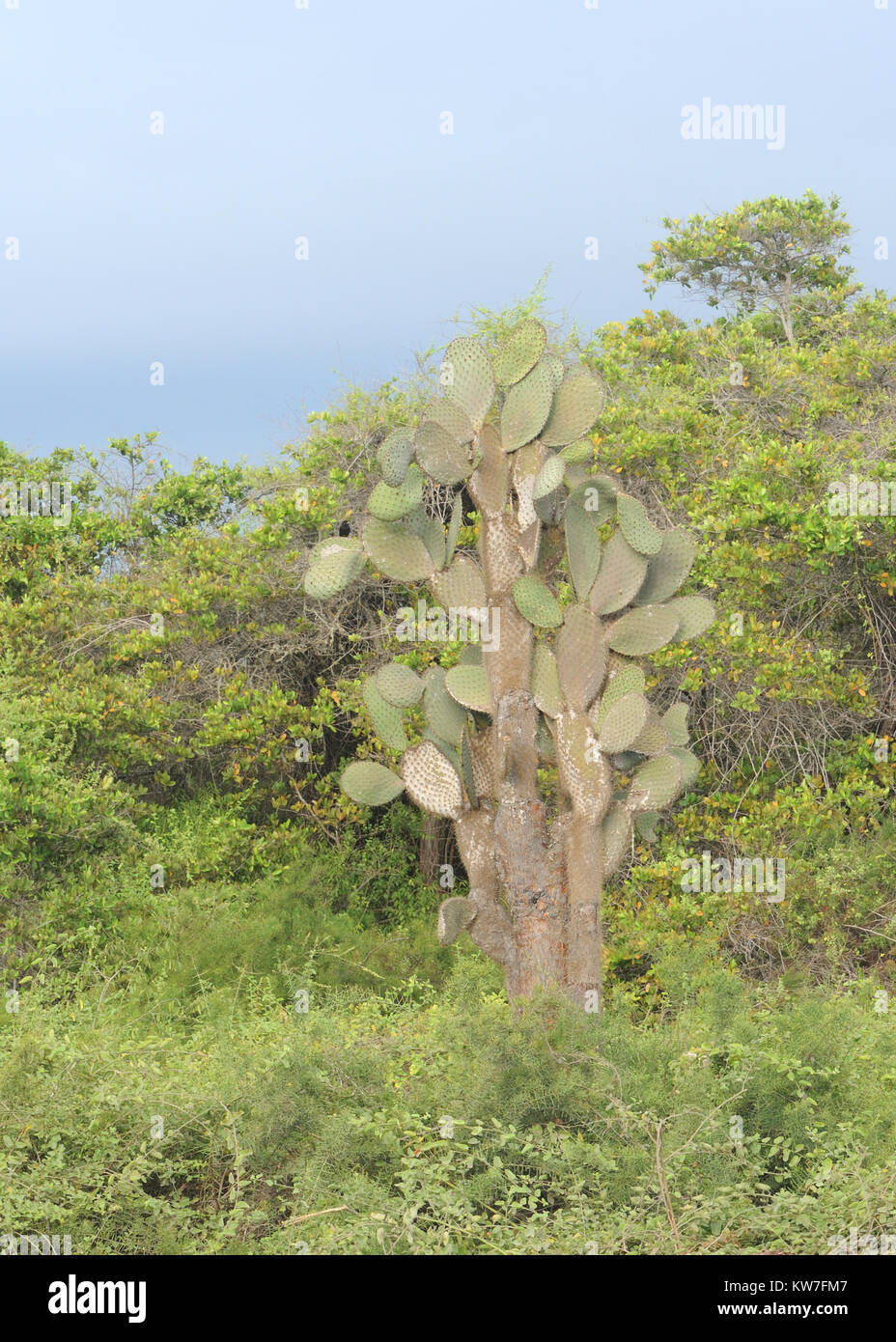 Opuntia or prickly pear (Opuntia saxicola). This species is endemic to Isabela and is on the IUCN Red List of Threatened Species. Puerto Villamil, I Stock Photohttps://www.alamy.com/image-license-details/?v=1https://www.alamy.com/stock-photo-opuntia-or-prickly-pear-opuntia-saxicola-this-species-is-endemic-to-170425703.html
Opuntia or prickly pear (Opuntia saxicola). This species is endemic to Isabela and is on the IUCN Red List of Threatened Species. Puerto Villamil, I Stock Photohttps://www.alamy.com/image-license-details/?v=1https://www.alamy.com/stock-photo-opuntia-or-prickly-pear-opuntia-saxicola-this-species-is-endemic-to-170425703.htmlRFKW7FM7–Opuntia or prickly pear (Opuntia saxicola). This species is endemic to Isabela and is on the IUCN Red List of Threatened Species. Puerto Villamil, I
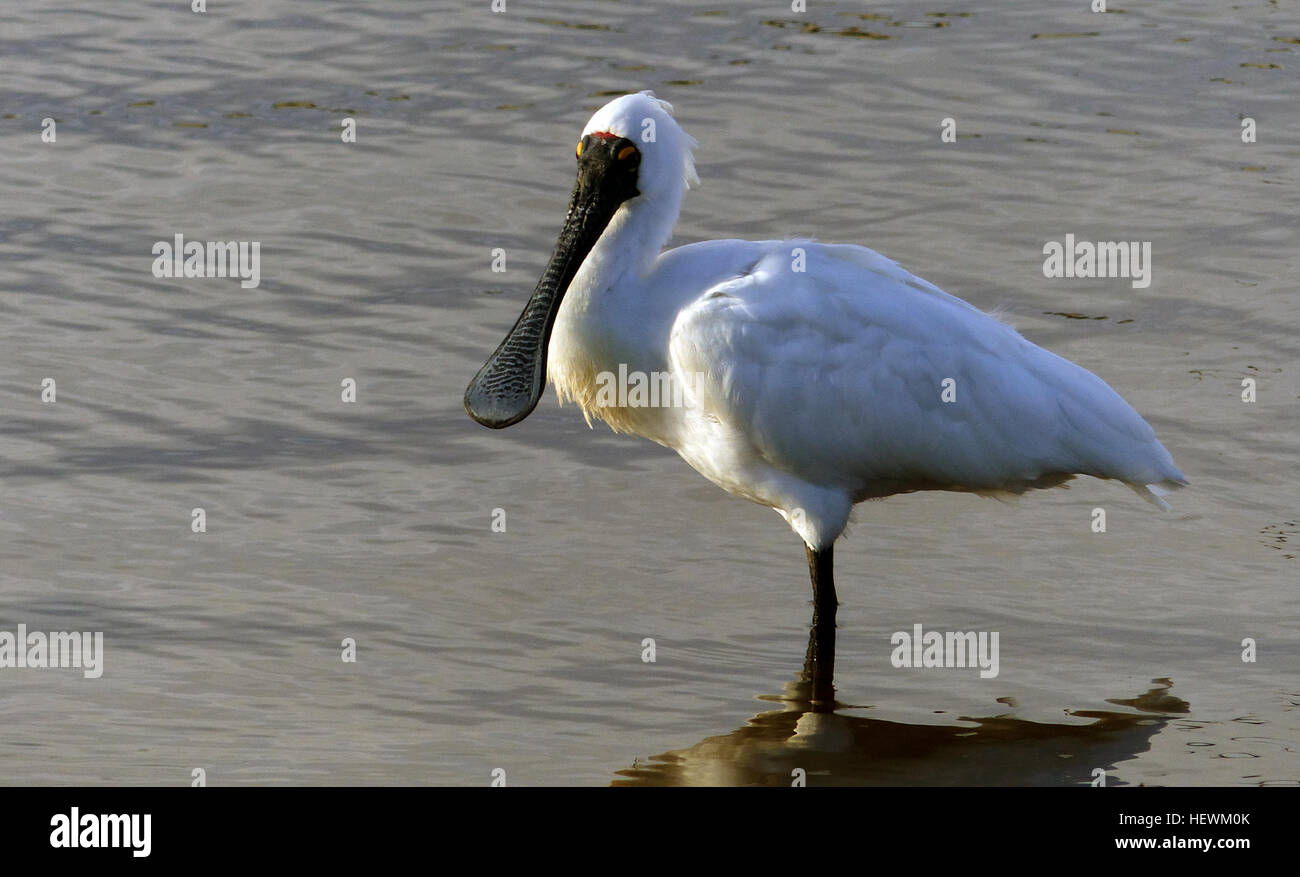 The royal spoonbill (Platalea regia) also known as the black-billed spoonbill, occurs in intertidal flats and shallows of fresh and saltwater wetlands in Australia, New Zealand, Indonesia, Papua New Guinea, and the Solomon Islands. It has also been recorded as a vagrant in New Caledonia. The royal spoonbill lives in wetlands and feeds on crustaceans, fish and small insects by sweeping its bill from side to side. It always flies with its head extended. Widespread throughout its large range, the royal spoonbill is evaluated as Least Concern on the IUCN Red List of Threatened Species. Stock Photohttps://www.alamy.com/image-license-details/?v=1https://www.alamy.com/stock-photo-the-royal-spoonbill-platalea-regia-also-known-as-the-black-billed-129642259.html
The royal spoonbill (Platalea regia) also known as the black-billed spoonbill, occurs in intertidal flats and shallows of fresh and saltwater wetlands in Australia, New Zealand, Indonesia, Papua New Guinea, and the Solomon Islands. It has also been recorded as a vagrant in New Caledonia. The royal spoonbill lives in wetlands and feeds on crustaceans, fish and small insects by sweeping its bill from side to side. It always flies with its head extended. Widespread throughout its large range, the royal spoonbill is evaluated as Least Concern on the IUCN Red List of Threatened Species. Stock Photohttps://www.alamy.com/image-license-details/?v=1https://www.alamy.com/stock-photo-the-royal-spoonbill-platalea-regia-also-known-as-the-black-billed-129642259.htmlRMHEWM0K–The royal spoonbill (Platalea regia) also known as the black-billed spoonbill, occurs in intertidal flats and shallows of fresh and saltwater wetlands in Australia, New Zealand, Indonesia, Papua New Guinea, and the Solomon Islands. It has also been recorded as a vagrant in New Caledonia. The royal spoonbill lives in wetlands and feeds on crustaceans, fish and small insects by sweeping its bill from side to side. It always flies with its head extended. Widespread throughout its large range, the royal spoonbill is evaluated as Least Concern on the IUCN Red List of Threatened Species.
 China: Rhesus monkey (Macaca mulatta), Wulingyuan Scenic Area (Zhangjiajie), Hunan Province. The Rhesus macaque (Macaca mulatta), also called the Rhesus monkey, is brown or grey in colour and has a pink face, which is bereft of fur. Its tail is of medium length and averages between 20.7 and 22.9 cm (8.1 and 9.0 in). Adult males measure approximately 53 cm (21 in) on average and weigh about 7.7 kg (17 lb). Females are smaller, averaging 47 cm (19 in) in length and 5.3 kg (12 lb) in weight. It is listed as Least Concern in the IUCN Red List of Threatened Species. Stock Photohttps://www.alamy.com/image-license-details/?v=1https://www.alamy.com/china-rhesus-monkey-macaca-mulatta-wulingyuan-scenic-area-zhangjiajie-hunan-province-the-rhesus-macaque-macaca-mulatta-also-called-the-rhesus-monkey-is-brown-or-grey-in-colour-and-has-a-pink-face-which-is-bereft-of-fur-its-tail-is-of-medium-length-and-averages-between-207-and-229-cm-81-and-90-in-adult-males-measure-approximately-53-cm-21-in-on-average-and-weigh-about-77-kg-17-lb-females-are-smaller-averaging-47-cm-19-in-in-length-and-53-kg-12-lb-in-weight-it-is-listed-as-least-concern-in-the-iucn-red-list-of-threatened-species-image344246103.html
China: Rhesus monkey (Macaca mulatta), Wulingyuan Scenic Area (Zhangjiajie), Hunan Province. The Rhesus macaque (Macaca mulatta), also called the Rhesus monkey, is brown or grey in colour and has a pink face, which is bereft of fur. Its tail is of medium length and averages between 20.7 and 22.9 cm (8.1 and 9.0 in). Adult males measure approximately 53 cm (21 in) on average and weigh about 7.7 kg (17 lb). Females are smaller, averaging 47 cm (19 in) in length and 5.3 kg (12 lb) in weight. It is listed as Least Concern in the IUCN Red List of Threatened Species. Stock Photohttps://www.alamy.com/image-license-details/?v=1https://www.alamy.com/china-rhesus-monkey-macaca-mulatta-wulingyuan-scenic-area-zhangjiajie-hunan-province-the-rhesus-macaque-macaca-mulatta-also-called-the-rhesus-monkey-is-brown-or-grey-in-colour-and-has-a-pink-face-which-is-bereft-of-fur-its-tail-is-of-medium-length-and-averages-between-207-and-229-cm-81-and-90-in-adult-males-measure-approximately-53-cm-21-in-on-average-and-weigh-about-77-kg-17-lb-females-are-smaller-averaging-47-cm-19-in-in-length-and-53-kg-12-lb-in-weight-it-is-listed-as-least-concern-in-the-iucn-red-list-of-threatened-species-image344246103.htmlRM2B01NBK–China: Rhesus monkey (Macaca mulatta), Wulingyuan Scenic Area (Zhangjiajie), Hunan Province. The Rhesus macaque (Macaca mulatta), also called the Rhesus monkey, is brown or grey in colour and has a pink face, which is bereft of fur. Its tail is of medium length and averages between 20.7 and 22.9 cm (8.1 and 9.0 in). Adult males measure approximately 53 cm (21 in) on average and weigh about 7.7 kg (17 lb). Females are smaller, averaging 47 cm (19 in) in length and 5.3 kg (12 lb) in weight. It is listed as Least Concern in the IUCN Red List of Threatened Species.
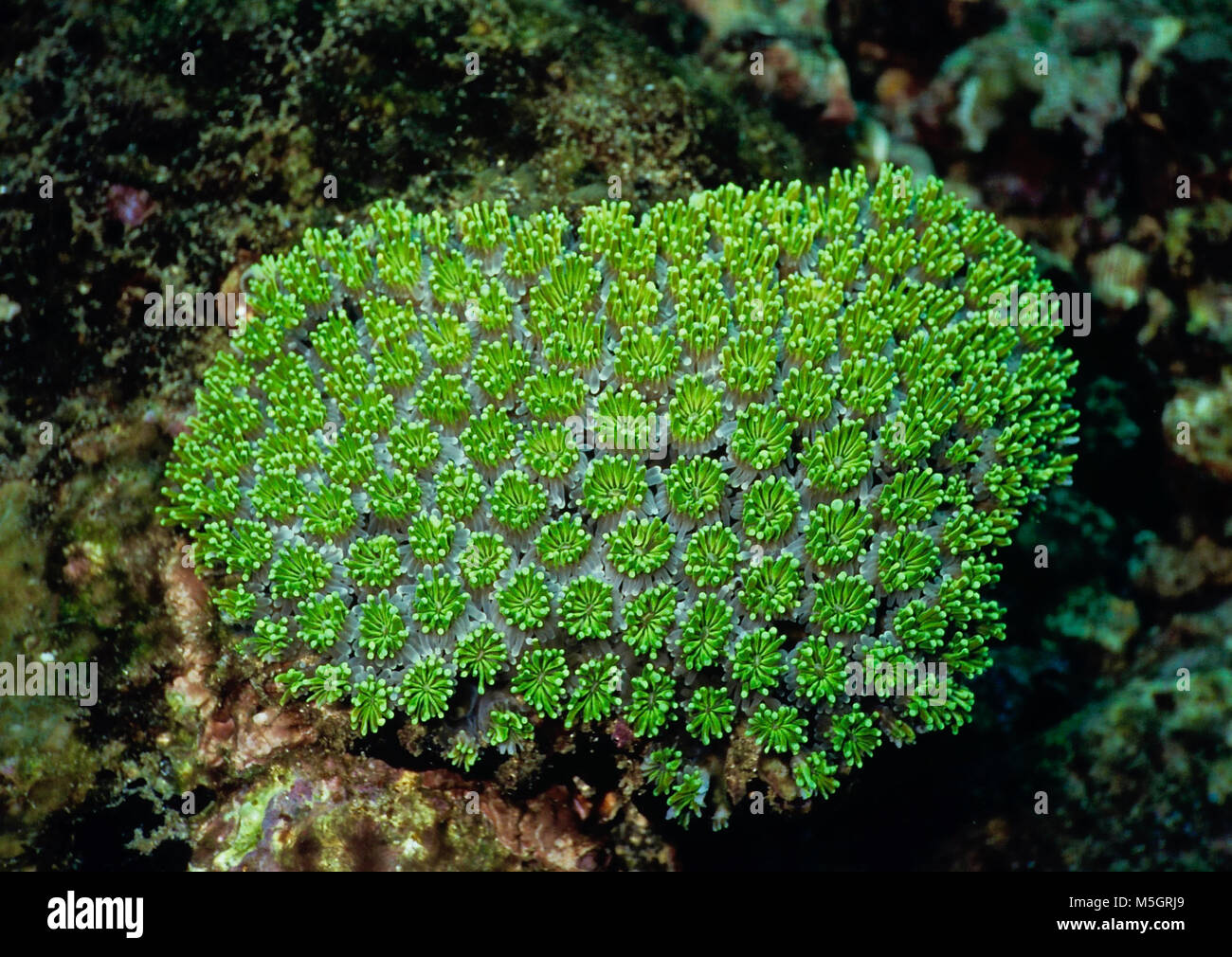 Colonies of this hard stony green coral (Monastrea annuligera: each polyp 2 cms.) can form sizeable boulders. It used to be seen quite frequently in tropical reefs in many parts of the world. However, it has suffered significant population reduction during the last twenty years, mainly because of reef degradation due to pollution and the effects of global warming - but also because it is considered particularly beautiful and so is harvested for the aquarium trade. The IUCN Red List indicates that it is a near threatened species. Photographed off Hurghada in the Egyptian Red Sea. Stock Photohttps://www.alamy.com/image-license-details/?v=1https://www.alamy.com/stock-photo-colonies-of-this-hard-stony-green-coral-monastrea-annuligera-each-175546737.html
Colonies of this hard stony green coral (Monastrea annuligera: each polyp 2 cms.) can form sizeable boulders. It used to be seen quite frequently in tropical reefs in many parts of the world. However, it has suffered significant population reduction during the last twenty years, mainly because of reef degradation due to pollution and the effects of global warming - but also because it is considered particularly beautiful and so is harvested for the aquarium trade. The IUCN Red List indicates that it is a near threatened species. Photographed off Hurghada in the Egyptian Red Sea. Stock Photohttps://www.alamy.com/image-license-details/?v=1https://www.alamy.com/stock-photo-colonies-of-this-hard-stony-green-coral-monastrea-annuligera-each-175546737.htmlRFM5GRJ9–Colonies of this hard stony green coral (Monastrea annuligera: each polyp 2 cms.) can form sizeable boulders. It used to be seen quite frequently in tropical reefs in many parts of the world. However, it has suffered significant population reduction during the last twenty years, mainly because of reef degradation due to pollution and the effects of global warming - but also because it is considered particularly beautiful and so is harvested for the aquarium trade. The IUCN Red List indicates that it is a near threatened species. Photographed off Hurghada in the Egyptian Red Sea.
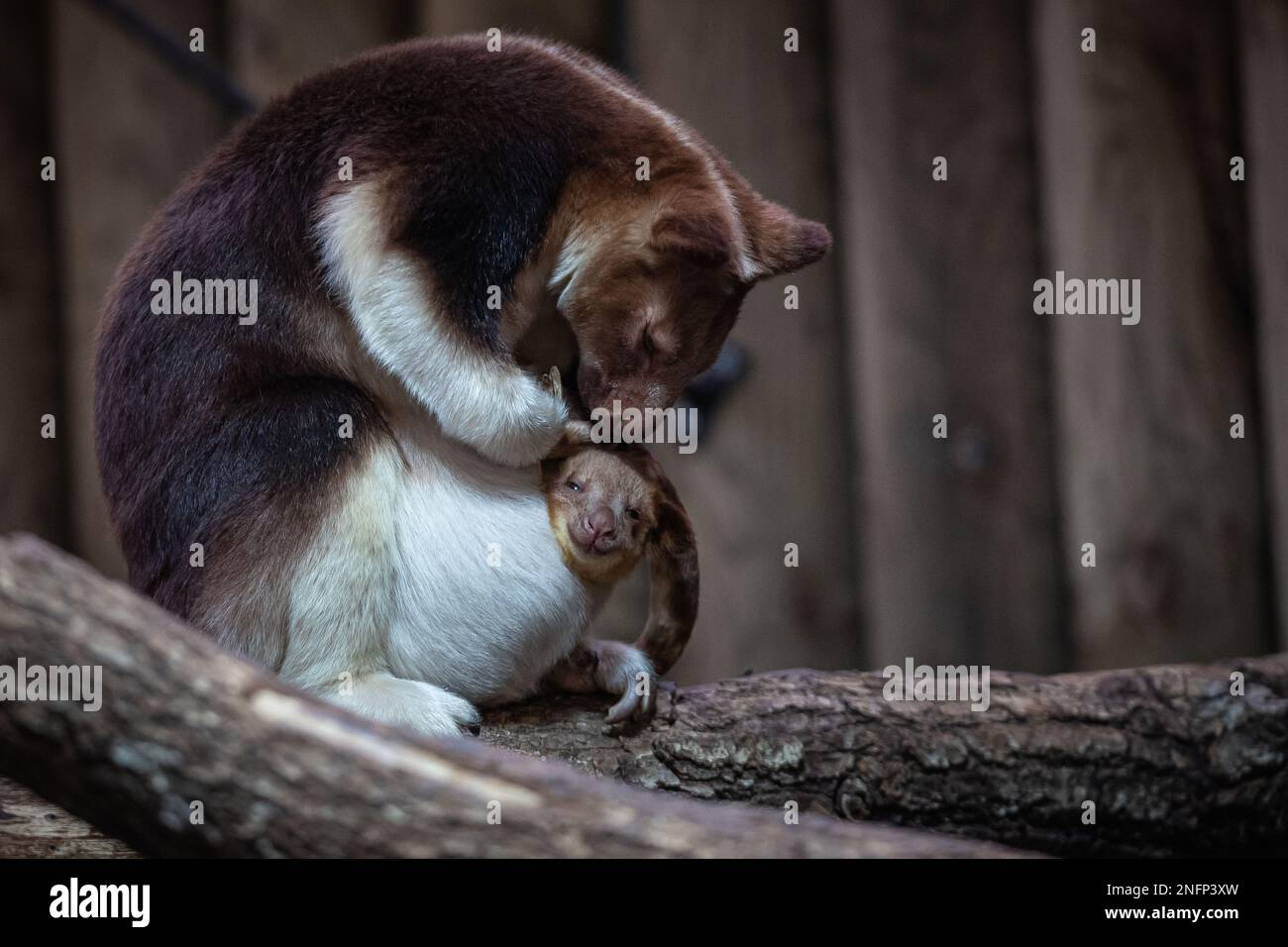 PARIS, Feb. 18, 2023 (Xinhua) -- A Goodfellow's tree kangaroo joey peeks out of its mother's pouch at a zoo in Paris, France, Feb. 17, 2023. The Goodfellow's tree kangaroo is classified as 'endangered' on the International Union for Conservation of Nature (IUCN) Red List of Threatened Species. (Photo by Aurelien Morissard/Xinhua) Stock Photohttps://www.alamy.com/image-license-details/?v=1https://www.alamy.com/paris-feb-18-2023-xinhua-a-goodfellows-tree-kangaroo-joey-peeks-out-of-its-mothers-pouch-at-a-zoo-in-paris-france-feb-17-2023-the-goodfellows-tree-kangaroo-is-classified-as-endangered-on-the-international-union-for-conservation-of-nature-iucn-red-list-of-threatened-species-photo-by-aurelien-morissardxinhua-image526016929.html
PARIS, Feb. 18, 2023 (Xinhua) -- A Goodfellow's tree kangaroo joey peeks out of its mother's pouch at a zoo in Paris, France, Feb. 17, 2023. The Goodfellow's tree kangaroo is classified as 'endangered' on the International Union for Conservation of Nature (IUCN) Red List of Threatened Species. (Photo by Aurelien Morissard/Xinhua) Stock Photohttps://www.alamy.com/image-license-details/?v=1https://www.alamy.com/paris-feb-18-2023-xinhua-a-goodfellows-tree-kangaroo-joey-peeks-out-of-its-mothers-pouch-at-a-zoo-in-paris-france-feb-17-2023-the-goodfellows-tree-kangaroo-is-classified-as-endangered-on-the-international-union-for-conservation-of-nature-iucn-red-list-of-threatened-species-photo-by-aurelien-morissardxinhua-image526016929.htmlRM2NFP3XW–PARIS, Feb. 18, 2023 (Xinhua) -- A Goodfellow's tree kangaroo joey peeks out of its mother's pouch at a zoo in Paris, France, Feb. 17, 2023. The Goodfellow's tree kangaroo is classified as 'endangered' on the International Union for Conservation of Nature (IUCN) Red List of Threatened Species. (Photo by Aurelien Morissard/Xinhua)
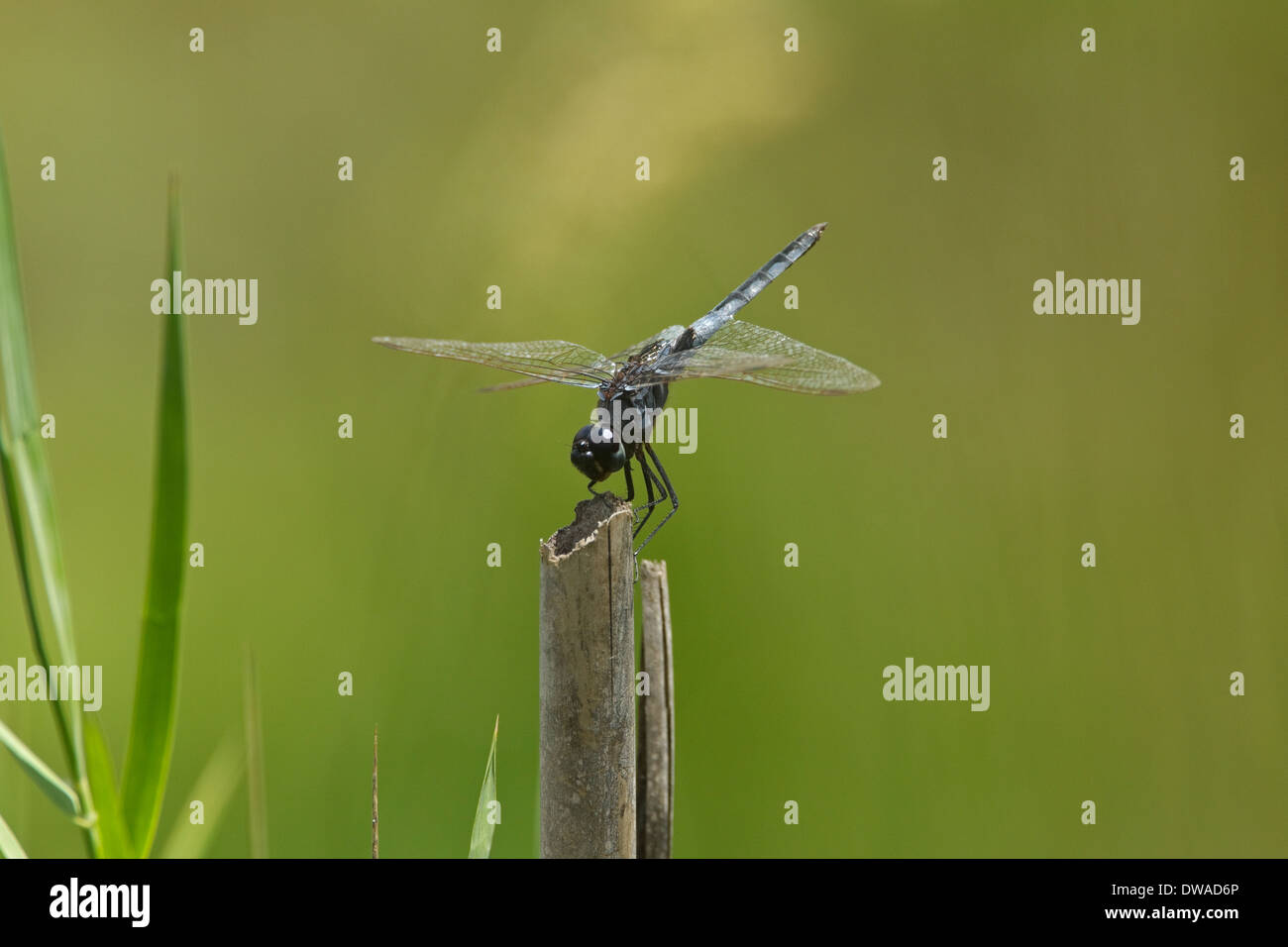 Blue Basker (Urothemis edwardsii), male On The IUCN Red List of Threatened Species, Kruger national park South Africa Stock Photohttps://www.alamy.com/image-license-details/?v=1https://www.alamy.com/blue-basker-urothemis-edwardsii-male-on-the-iucn-red-list-of-threatened-image67227406.html
Blue Basker (Urothemis edwardsii), male On The IUCN Red List of Threatened Species, Kruger national park South Africa Stock Photohttps://www.alamy.com/image-license-details/?v=1https://www.alamy.com/blue-basker-urothemis-edwardsii-male-on-the-iucn-red-list-of-threatened-image67227406.htmlRFDWAD6P–Blue Basker (Urothemis edwardsii), male On The IUCN Red List of Threatened Species, Kruger national park South Africa
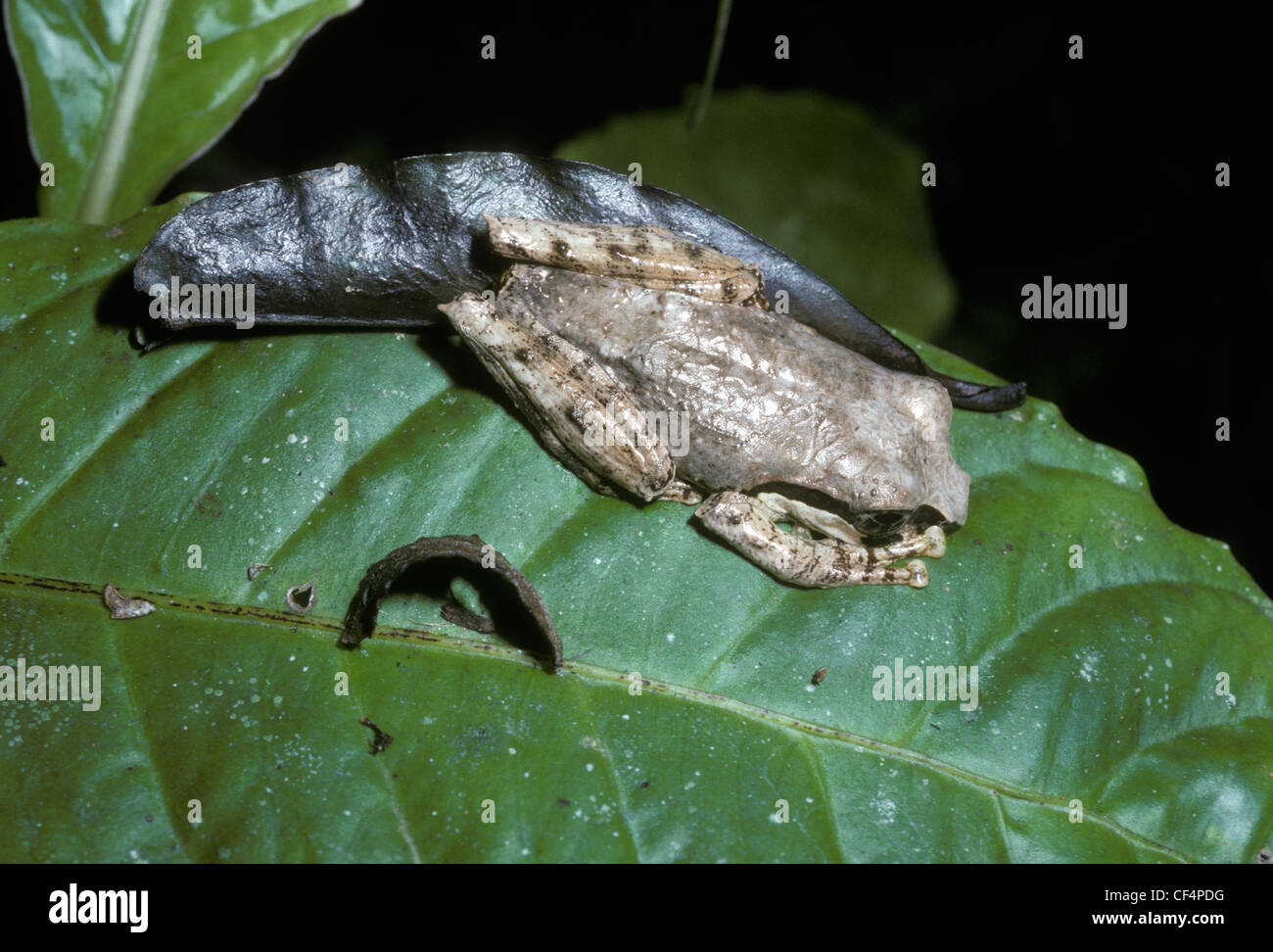 Tree frog (Boophis reticulatus) cryptic daytime resting pose in rainforest, Madagascar. 2006 IUCN Red List of Threatened Species Stock Photohttps://www.alamy.com/image-license-details/?v=1https://www.alamy.com/stock-photo-tree-frog-boophis-reticulatus-cryptic-daytime-resting-pose-in-rainforest-43746012.html
Tree frog (Boophis reticulatus) cryptic daytime resting pose in rainforest, Madagascar. 2006 IUCN Red List of Threatened Species Stock Photohttps://www.alamy.com/image-license-details/?v=1https://www.alamy.com/stock-photo-tree-frog-boophis-reticulatus-cryptic-daytime-resting-pose-in-rainforest-43746012.htmlRMCF4PDG–Tree frog (Boophis reticulatus) cryptic daytime resting pose in rainforest, Madagascar. 2006 IUCN Red List of Threatened Species
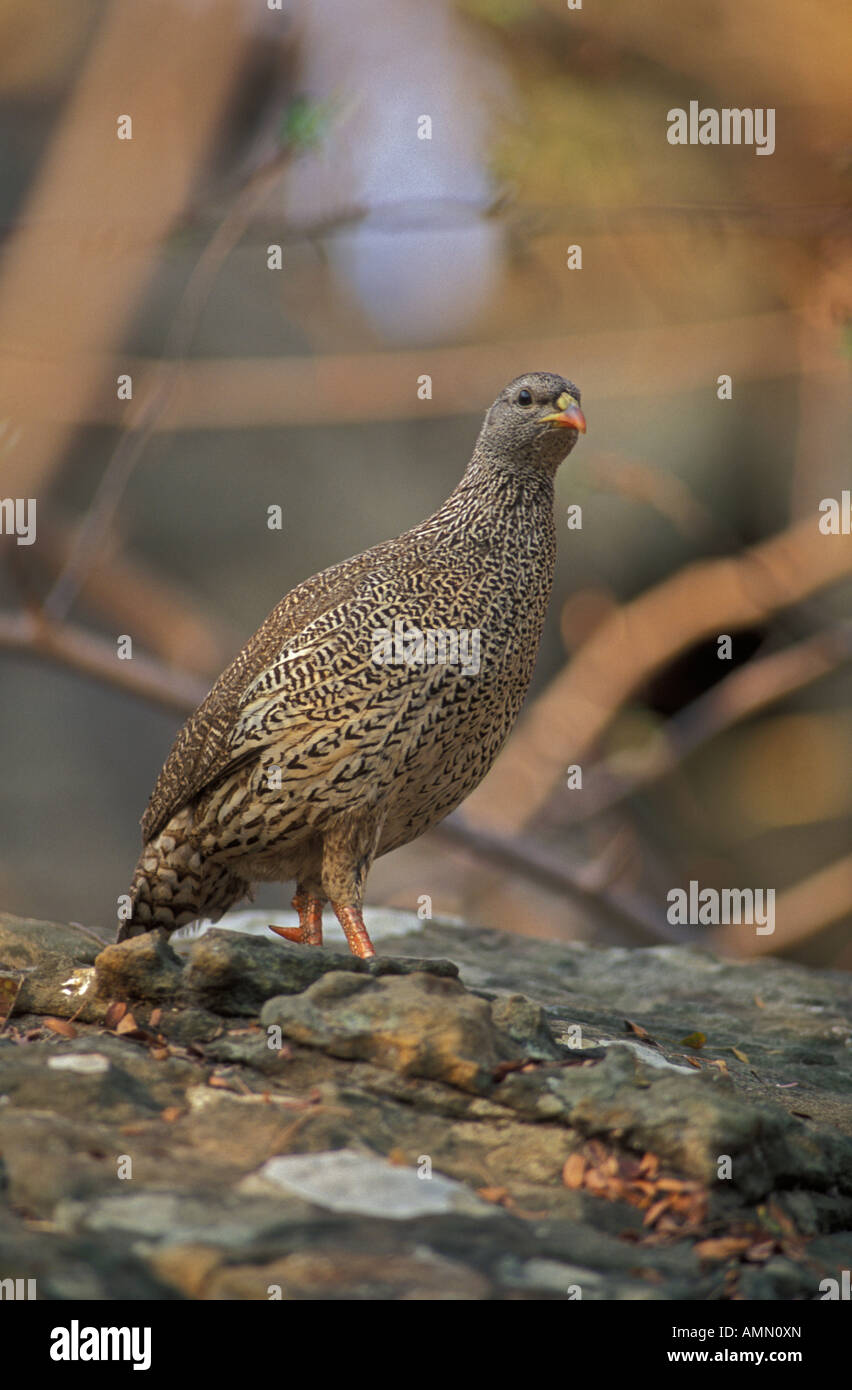 Natal Francolin (Francolinus natalensis) - Zimbabwe Africa - 2006 IUCN Red List of Threatened Species Stock Photohttps://www.alamy.com/image-license-details/?v=1https://www.alamy.com/stock-photo-natal-francolin-francolinus-natalensis-zimbabwe-africa-2006-iucn-red-15300860.html
Natal Francolin (Francolinus natalensis) - Zimbabwe Africa - 2006 IUCN Red List of Threatened Species Stock Photohttps://www.alamy.com/image-license-details/?v=1https://www.alamy.com/stock-photo-natal-francolin-francolinus-natalensis-zimbabwe-africa-2006-iucn-red-15300860.htmlRMAMN0XN–Natal Francolin (Francolinus natalensis) - Zimbabwe Africa - 2006 IUCN Red List of Threatened Species
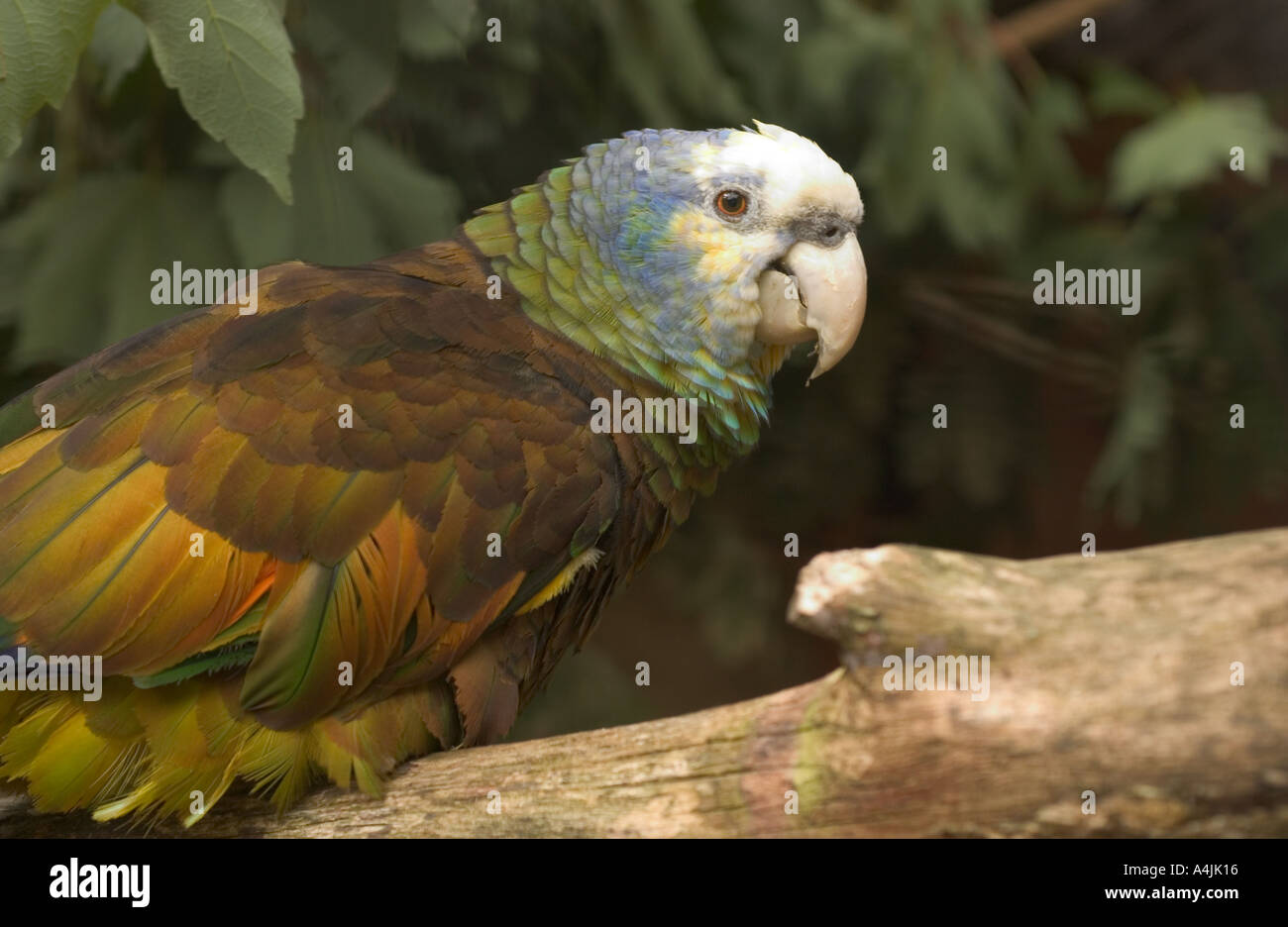 Saint Vincent Parrot (Amazona guildingii) juvenile vulnerable on the IUCN Red List of Threatened Species, aviculture, UK, Europe Stock Photohttps://www.alamy.com/image-license-details/?v=1https://www.alamy.com/saint-vincent-parrot-amazona-guildingii-juvenile-vulnerable-on-the-image3611413.html
Saint Vincent Parrot (Amazona guildingii) juvenile vulnerable on the IUCN Red List of Threatened Species, aviculture, UK, Europe Stock Photohttps://www.alamy.com/image-license-details/?v=1https://www.alamy.com/saint-vincent-parrot-amazona-guildingii-juvenile-vulnerable-on-the-image3611413.htmlRMA4JK16–Saint Vincent Parrot (Amazona guildingii) juvenile vulnerable on the IUCN Red List of Threatened Species, aviculture, UK, Europe
 The Victoria Crowned Pigeon, Goura victoria, is evaluated as Vulnerable on the IUCN Red List of Threatened Species and may be easily recognized by the Stock Photohttps://www.alamy.com/image-license-details/?v=1https://www.alamy.com/stock-photo-the-victoria-crowned-pigeon-goura-victoria-is-evaluated-as-vulnerable-176405960.html
The Victoria Crowned Pigeon, Goura victoria, is evaluated as Vulnerable on the IUCN Red List of Threatened Species and may be easily recognized by the Stock Photohttps://www.alamy.com/image-license-details/?v=1https://www.alamy.com/stock-photo-the-victoria-crowned-pigeon-goura-victoria-is-evaluated-as-vulnerable-176405960.htmlRMM6YYGT–The Victoria Crowned Pigeon, Goura victoria, is evaluated as Vulnerable on the IUCN Red List of Threatened Species and may be easily recognized by the
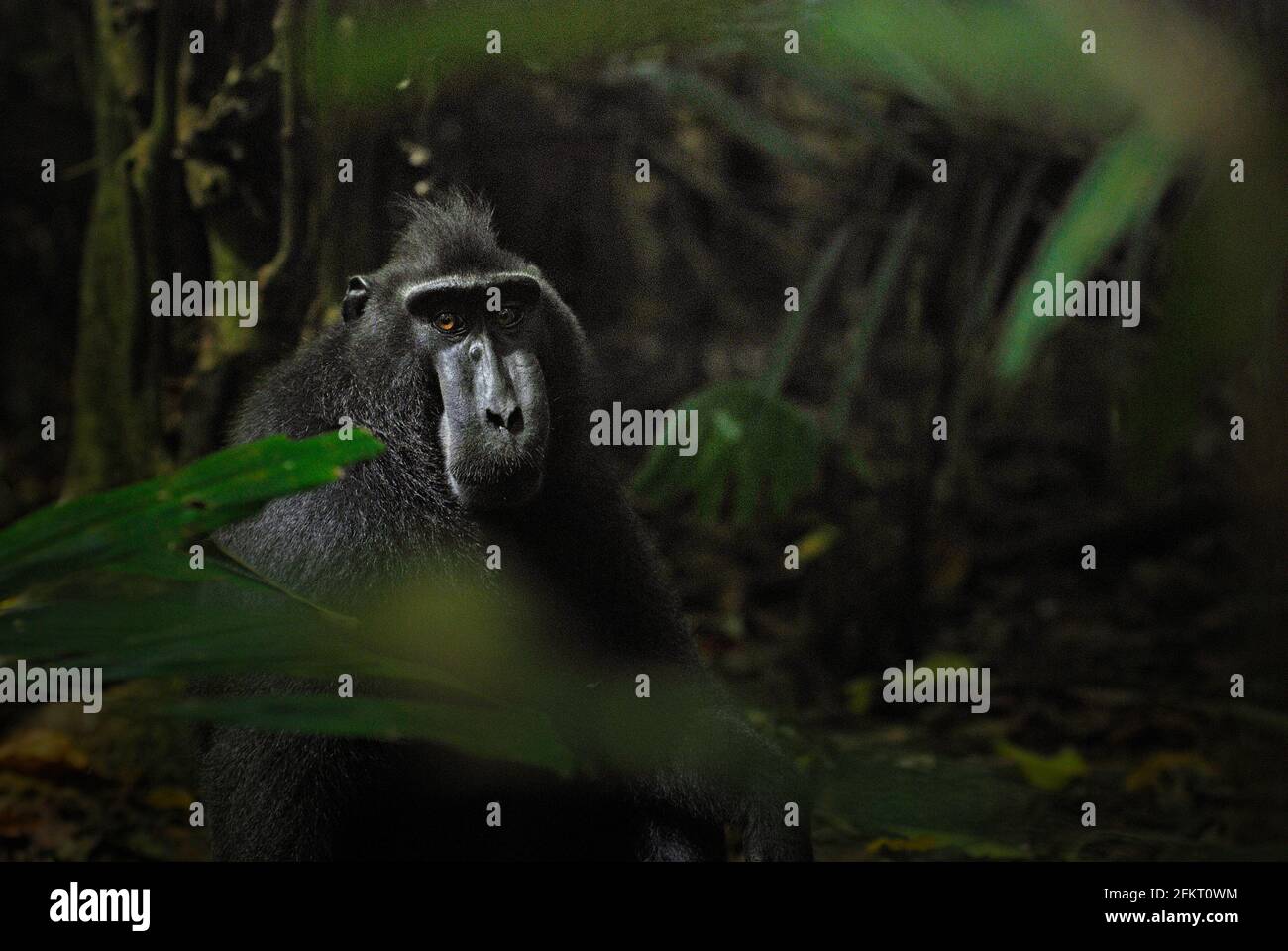 Portrait of a male crested macaque in Tangkoko Nature Reserve, North Sulawesi, Indonesia. Population of Celebes crested macaque (Macaca nigra) is still decreasing, according to the assessment by a team of researchers working for IUCN Red List of Threatened Species which published last year (2020). Stock Photohttps://www.alamy.com/image-license-details/?v=1https://www.alamy.com/portrait-of-a-male-crested-macaque-in-tangkoko-nature-reserve-north-sulawesi-indonesia-population-of-celebes-crested-macaque-macaca-nigra-is-still-decreasing-according-to-the-assessment-by-a-team-of-researchers-working-for-iucn-red-list-of-threatened-species-which-published-last-year-2020-image425254864.html
Portrait of a male crested macaque in Tangkoko Nature Reserve, North Sulawesi, Indonesia. Population of Celebes crested macaque (Macaca nigra) is still decreasing, according to the assessment by a team of researchers working for IUCN Red List of Threatened Species which published last year (2020). Stock Photohttps://www.alamy.com/image-license-details/?v=1https://www.alamy.com/portrait-of-a-male-crested-macaque-in-tangkoko-nature-reserve-north-sulawesi-indonesia-population-of-celebes-crested-macaque-macaca-nigra-is-still-decreasing-according-to-the-assessment-by-a-team-of-researchers-working-for-iucn-red-list-of-threatened-species-which-published-last-year-2020-image425254864.htmlRM2FKT0WM–Portrait of a male crested macaque in Tangkoko Nature Reserve, North Sulawesi, Indonesia. Population of Celebes crested macaque (Macaca nigra) is still decreasing, according to the assessment by a team of researchers working for IUCN Red List of Threatened Species which published last year (2020).
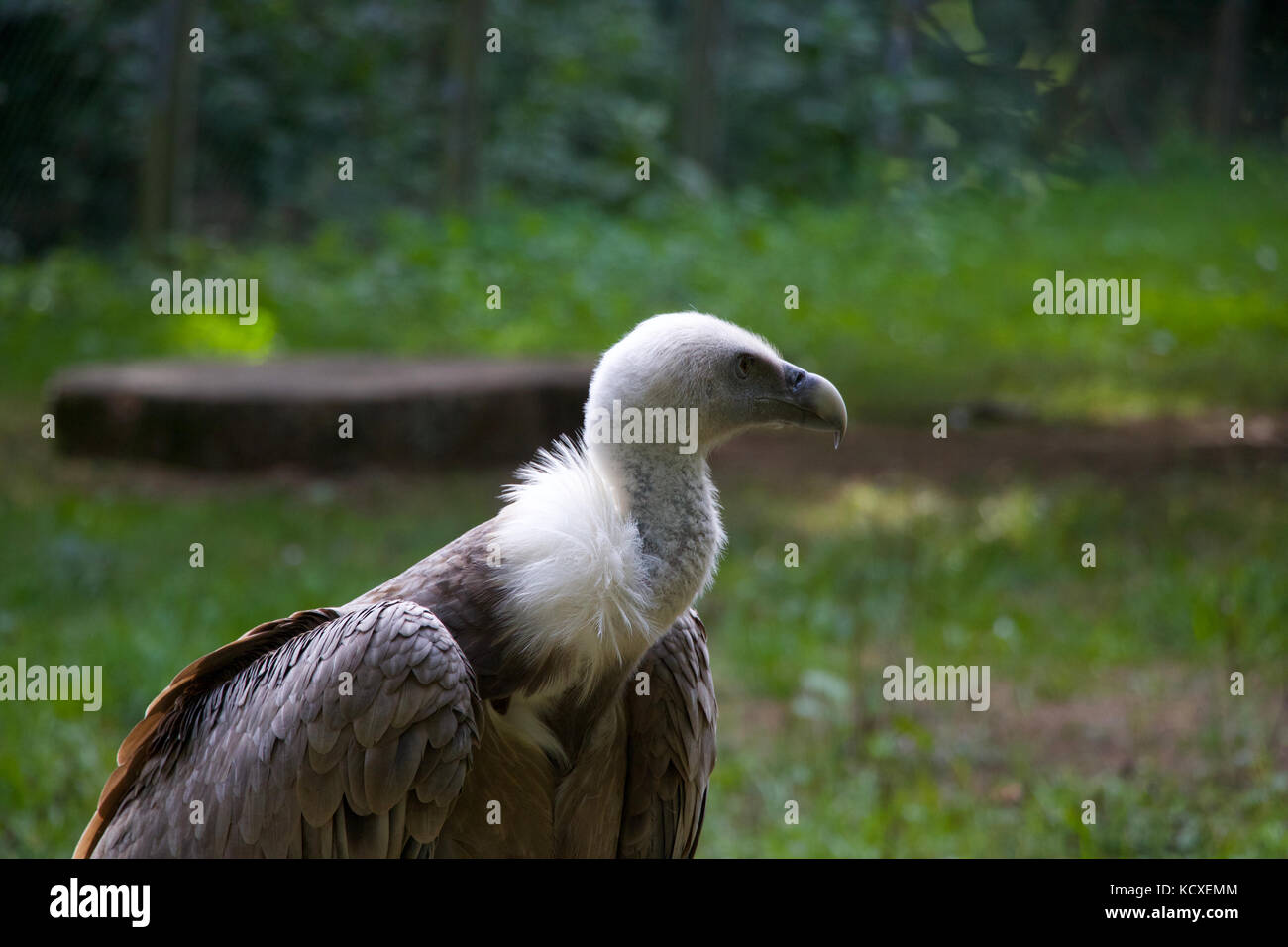 Vulture, Griffon Vulture is in the IUCN Red List of Threatened Species. Lives at the Parque Biológico, in Gaia, Porto, Portugal. Animal conservation. Stock Photohttps://www.alamy.com/image-license-details/?v=1https://www.alamy.com/stock-image-vulture-griffon-vulture-is-in-the-iucn-red-list-of-threatened-species-162851492.html
Vulture, Griffon Vulture is in the IUCN Red List of Threatened Species. Lives at the Parque Biológico, in Gaia, Porto, Portugal. Animal conservation. Stock Photohttps://www.alamy.com/image-license-details/?v=1https://www.alamy.com/stock-image-vulture-griffon-vulture-is-in-the-iucn-red-list-of-threatened-species-162851492.htmlRFKCXEMM–Vulture, Griffon Vulture is in the IUCN Red List of Threatened Species. Lives at the Parque Biológico, in Gaia, Porto, Portugal. Animal conservation.
 A Red List sign on the bark of a Coast Redwood tree (Sequoia sempervirens), Westonbirt Arboretum, Tetbury, Gloucestershire, England, UK Stock Photohttps://www.alamy.com/image-license-details/?v=1https://www.alamy.com/a-red-list-sign-on-the-bark-of-a-coast-redwood-tree-sequoia-sempervirens-westonbirt-arboretum-tetbury-gloucestershire-england-uk-image609479823.html
A Red List sign on the bark of a Coast Redwood tree (Sequoia sempervirens), Westonbirt Arboretum, Tetbury, Gloucestershire, England, UK Stock Photohttps://www.alamy.com/image-license-details/?v=1https://www.alamy.com/a-red-list-sign-on-the-bark-of-a-coast-redwood-tree-sequoia-sempervirens-westonbirt-arboretum-tetbury-gloucestershire-england-uk-image609479823.htmlRM2XBG5MF–A Red List sign on the bark of a Coast Redwood tree (Sequoia sempervirens), Westonbirt Arboretum, Tetbury, Gloucestershire, England, UK
 Persian Squirrel, Sciunus anomalus, Lesvos Island, Greece, endemic, IUCN Red List of Threatened Species , lesbos Stock Photohttps://www.alamy.com/image-license-details/?v=1https://www.alamy.com/persian-squirrel-sciunus-anomalus-lesvos-island-greece-endemic-iucn-image155212592.html
Persian Squirrel, Sciunus anomalus, Lesvos Island, Greece, endemic, IUCN Red List of Threatened Species , lesbos Stock Photohttps://www.alamy.com/image-license-details/?v=1https://www.alamy.com/persian-squirrel-sciunus-anomalus-lesvos-island-greece-endemic-iucn-image155212592.htmlRMK0EF6T–Persian Squirrel, Sciunus anomalus, Lesvos Island, Greece, endemic, IUCN Red List of Threatened Species , lesbos
 Autumn silkworm moth, Lemonia taraxaci Stock Photohttps://www.alamy.com/image-license-details/?v=1https://www.alamy.com/stock-photo-autumn-silkworm-moth-lemonia-taraxaci-129797066.html
Autumn silkworm moth, Lemonia taraxaci Stock Photohttps://www.alamy.com/image-license-details/?v=1https://www.alamy.com/stock-photo-autumn-silkworm-moth-lemonia-taraxaci-129797066.htmlRFHF4NDE–Autumn silkworm moth, Lemonia taraxaci
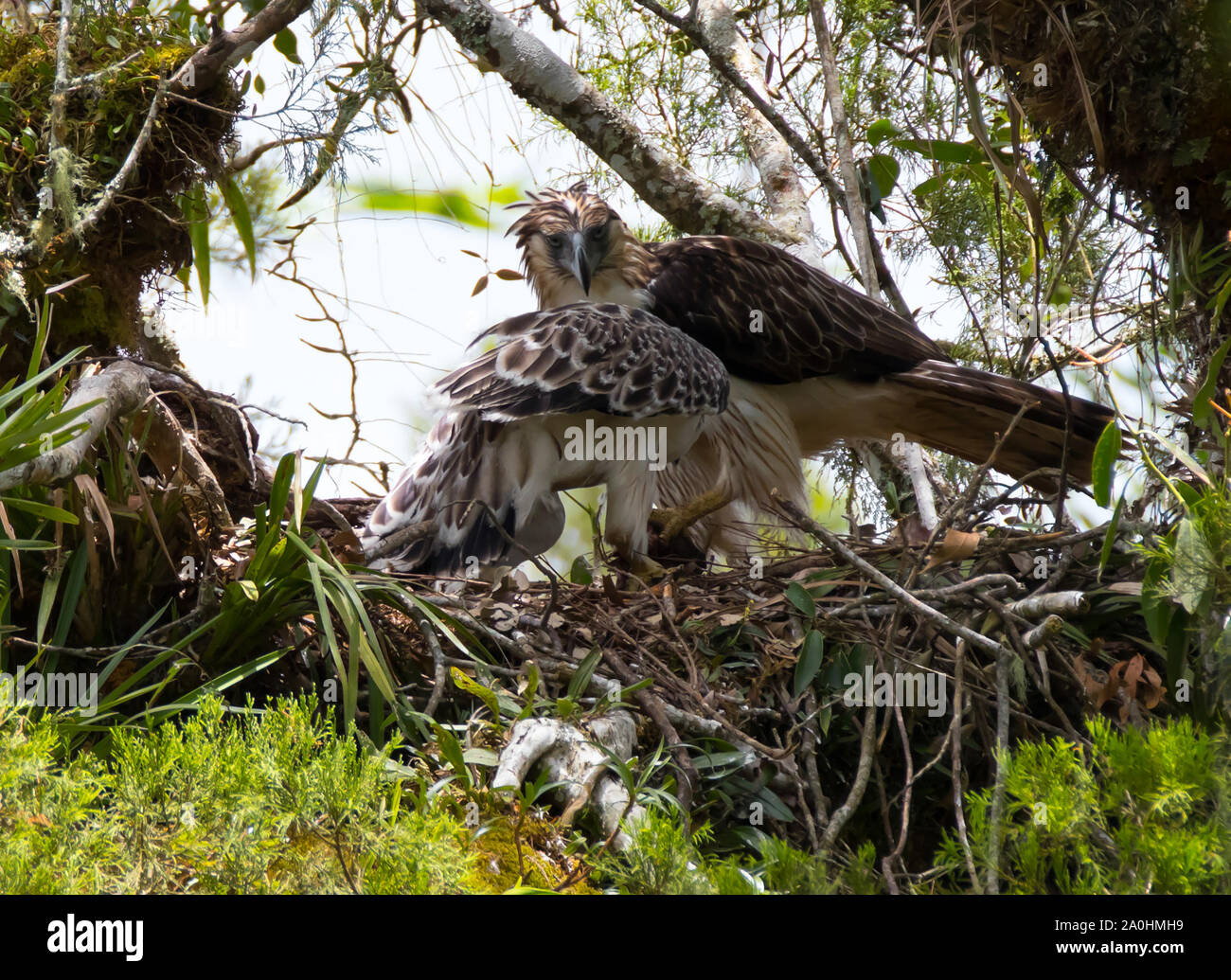 An adult Philippine Eagle with Juvenile.Parent bird has just brought prey back to the nest.Philippine Eagles are amongst the rarest of Eagles.Endemic to the Philippines it is regarded as critically endangered by the IUCN Red List of Threatened Species.Loss of habitat due to deforestation is considered as a major factor in the decline of the species. Stock Photohttps://www.alamy.com/image-license-details/?v=1https://www.alamy.com/an-adult-philippine-eagle-with-juvenileparent-bird-has-just-brought-prey-back-to-the-nestphilippine-eagles-are-amongst-the-rarest-of-eaglesendemic-to-the-philippines-it-is-regarded-as-critically-endangered-by-the-iucn-red-list-of-threatened-speciesloss-of-habitat-due-to-deforestation-is-considered-as-a-major-factor-in-the-decline-of-the-species-image327386341.html
An adult Philippine Eagle with Juvenile.Parent bird has just brought prey back to the nest.Philippine Eagles are amongst the rarest of Eagles.Endemic to the Philippines it is regarded as critically endangered by the IUCN Red List of Threatened Species.Loss of habitat due to deforestation is considered as a major factor in the decline of the species. Stock Photohttps://www.alamy.com/image-license-details/?v=1https://www.alamy.com/an-adult-philippine-eagle-with-juvenileparent-bird-has-just-brought-prey-back-to-the-nestphilippine-eagles-are-amongst-the-rarest-of-eaglesendemic-to-the-philippines-it-is-regarded-as-critically-endangered-by-the-iucn-red-list-of-threatened-speciesloss-of-habitat-due-to-deforestation-is-considered-as-a-major-factor-in-the-decline-of-the-species-image327386341.htmlRM2A0HMH9–An adult Philippine Eagle with Juvenile.Parent bird has just brought prey back to the nest.Philippine Eagles are amongst the rarest of Eagles.Endemic to the Philippines it is regarded as critically endangered by the IUCN Red List of Threatened Species.Loss of habitat due to deforestation is considered as a major factor in the decline of the species.
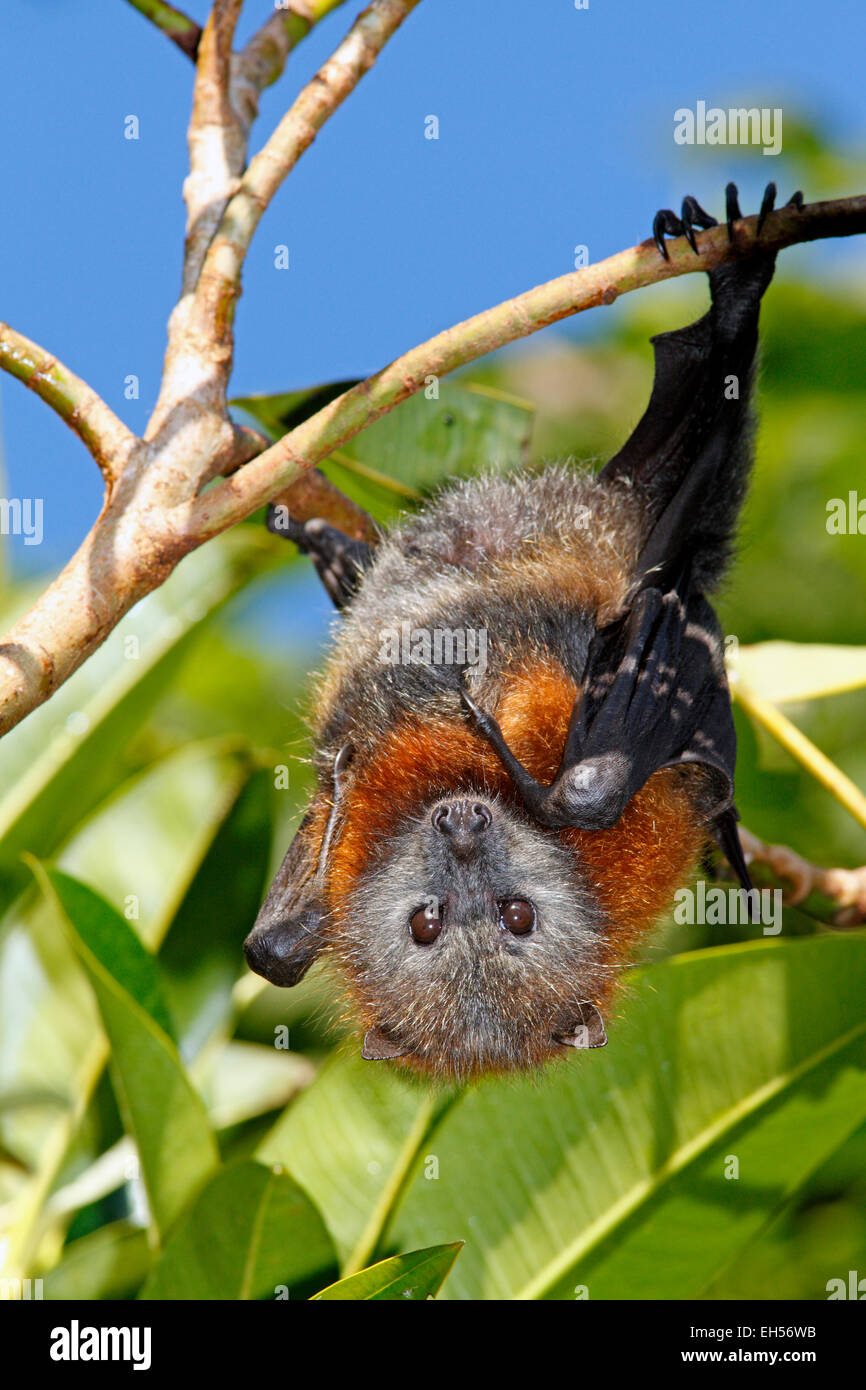 Grey Headed Flying Fox, Pteropus poliocephalus. Endemic to eastern Australia and are listed as vulnerable on the IUCN Red List of Threatened Species. Stock Photohttps://www.alamy.com/image-license-details/?v=1https://www.alamy.com/stock-photo-grey-headed-flying-fox-pteropus-poliocephalus-endemic-to-eastern-australia-79405799.html
Grey Headed Flying Fox, Pteropus poliocephalus. Endemic to eastern Australia and are listed as vulnerable on the IUCN Red List of Threatened Species. Stock Photohttps://www.alamy.com/image-license-details/?v=1https://www.alamy.com/stock-photo-grey-headed-flying-fox-pteropus-poliocephalus-endemic-to-eastern-australia-79405799.htmlRMEH56WB–Grey Headed Flying Fox, Pteropus poliocephalus. Endemic to eastern Australia and are listed as vulnerable on the IUCN Red List of Threatened Species.
 Polypedates bengalensis, the brown blotched Bengal tree frog, is a species of frog in the family Rhacophoridae. It has been observed between 7 and 13 meters above sea level. Male frogs call from leaves that are 20–2 meters above the water surface. The frog is yellowish-brown to greenish-brown in color, with six to nine dark brown blotches that run from behind its eye to its vent. Brown Blotched Bengal Tree Frog Polypedates bengalensis has been assessed for The IUCN Red List of Threatened Species in 2020. Tehatta, West Bengal, India. Stock Photohttps://www.alamy.com/image-license-details/?v=1https://www.alamy.com/polypedates-bengalensis-the-brown-blotched-bengal-tree-frog-is-a-species-of-frog-in-the-family-rhacophoridae-it-has-been-observed-between-7-and-13-meters-above-sea-level-male-frogs-call-from-leaves-that-are-202-meters-above-the-water-surface-the-frog-is-yellowish-brown-to-greenish-brown-in-color-with-six-to-nine-dark-brown-blotches-that-run-from-behind-its-eye-to-its-vent-brown-blotched-bengal-tree-frog-polypedates-bengalensis-has-been-assessed-for-the-iucn-red-list-of-threatened-species-in-2020-tehatta-west-bengal-india-image623280340.html
Polypedates bengalensis, the brown blotched Bengal tree frog, is a species of frog in the family Rhacophoridae. It has been observed between 7 and 13 meters above sea level. Male frogs call from leaves that are 20–2 meters above the water surface. The frog is yellowish-brown to greenish-brown in color, with six to nine dark brown blotches that run from behind its eye to its vent. Brown Blotched Bengal Tree Frog Polypedates bengalensis has been assessed for The IUCN Red List of Threatened Species in 2020. Tehatta, West Bengal, India. Stock Photohttps://www.alamy.com/image-license-details/?v=1https://www.alamy.com/polypedates-bengalensis-the-brown-blotched-bengal-tree-frog-is-a-species-of-frog-in-the-family-rhacophoridae-it-has-been-observed-between-7-and-13-meters-above-sea-level-male-frogs-call-from-leaves-that-are-202-meters-above-the-water-surface-the-frog-is-yellowish-brown-to-greenish-brown-in-color-with-six-to-nine-dark-brown-blotches-that-run-from-behind-its-eye-to-its-vent-brown-blotched-bengal-tree-frog-polypedates-bengalensis-has-been-assessed-for-the-iucn-red-list-of-threatened-species-in-2020-tehatta-west-bengal-india-image623280340.htmlRM2Y60TC4–Polypedates bengalensis, the brown blotched Bengal tree frog, is a species of frog in the family Rhacophoridae. It has been observed between 7 and 13 meters above sea level. Male frogs call from leaves that are 20–2 meters above the water surface. The frog is yellowish-brown to greenish-brown in color, with six to nine dark brown blotches that run from behind its eye to its vent. Brown Blotched Bengal Tree Frog Polypedates bengalensis has been assessed for The IUCN Red List of Threatened Species in 2020. Tehatta, West Bengal, India.
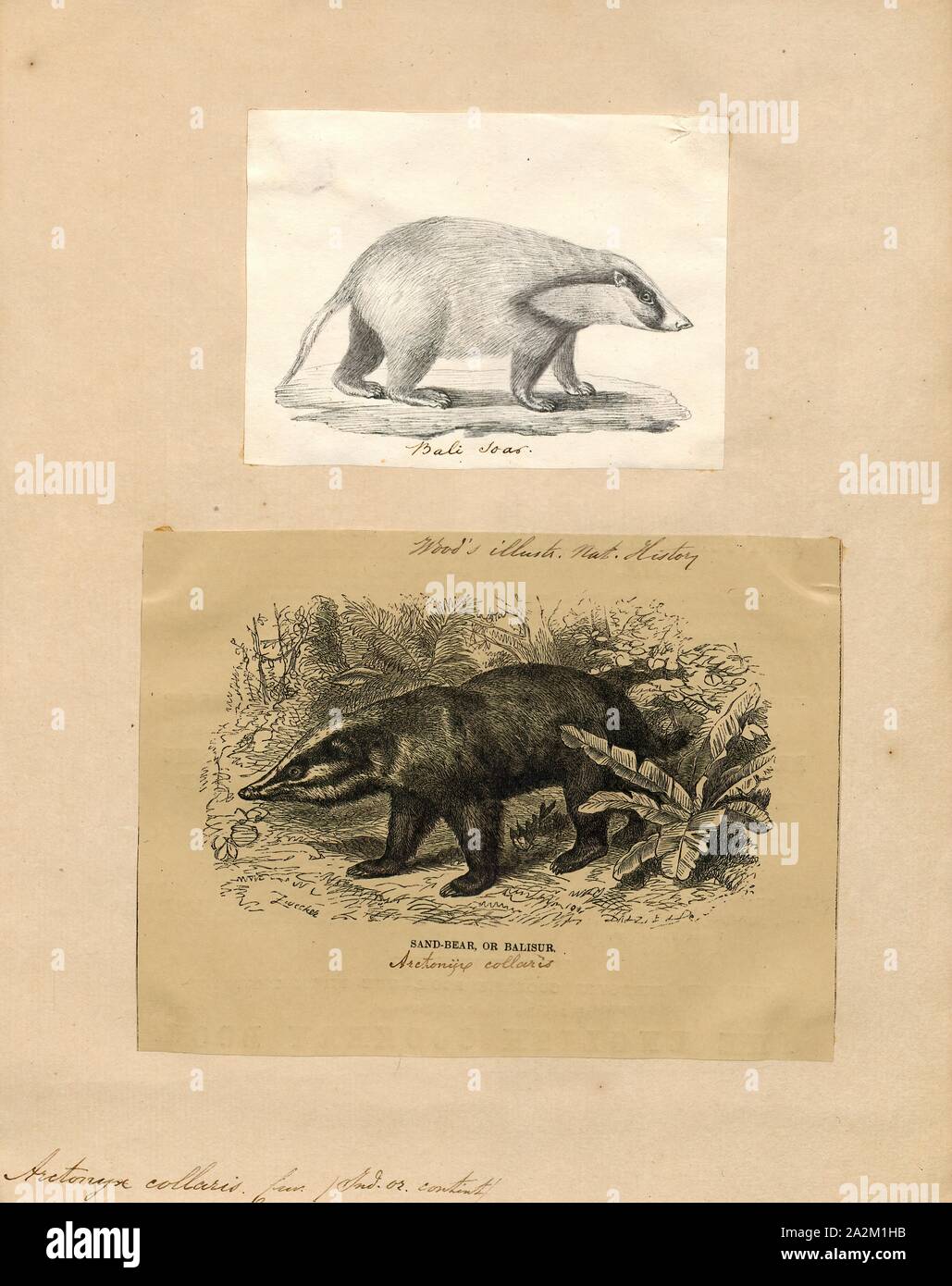 Arctonyx collaris, Print, The hog badger (Arctonyx collaris), also known as the greater hog badger, is a terrestrial mustelid native to Central and Southeast Asia. It is listed as Vulnerable in the IUCN Red List of Threatened Species because the global population is thought to be declining due to high levels of poaching., 1700-1880 Stock Photohttps://www.alamy.com/image-license-details/?v=1https://www.alamy.com/arctonyx-collaris-print-the-hog-badger-arctonyx-collaris-also-known-as-the-greater-hog-badger-is-a-terrestrial-mustelid-native-to-central-and-southeast-asia-it-is-listed-as-vulnerable-in-the-iucn-red-list-of-threatened-species-because-the-global-population-is-thought-to-be-declining-due-to-high-levels-of-poaching-1700-1880-image328666615.html
Arctonyx collaris, Print, The hog badger (Arctonyx collaris), also known as the greater hog badger, is a terrestrial mustelid native to Central and Southeast Asia. It is listed as Vulnerable in the IUCN Red List of Threatened Species because the global population is thought to be declining due to high levels of poaching., 1700-1880 Stock Photohttps://www.alamy.com/image-license-details/?v=1https://www.alamy.com/arctonyx-collaris-print-the-hog-badger-arctonyx-collaris-also-known-as-the-greater-hog-badger-is-a-terrestrial-mustelid-native-to-central-and-southeast-asia-it-is-listed-as-vulnerable-in-the-iucn-red-list-of-threatened-species-because-the-global-population-is-thought-to-be-declining-due-to-high-levels-of-poaching-1700-1880-image328666615.htmlRM2A2M1HB–Arctonyx collaris, Print, The hog badger (Arctonyx collaris), also known as the greater hog badger, is a terrestrial mustelid native to Central and Southeast Asia. It is listed as Vulnerable in the IUCN Red List of Threatened Species because the global population is thought to be declining due to high levels of poaching., 1700-1880
 Wild, native hedgehog foraging in hedgehog friendly garden. Taken inside a wildlife hide to monitor the health and population of this declining mammal Stock Photohttps://www.alamy.com/image-license-details/?v=1https://www.alamy.com/wild-native-hedgehog-foraging-in-hedgehog-friendly-garden-taken-inside-a-wildlife-hide-to-monitor-the-health-and-population-of-this-declining-mammal-image574558734.html
Wild, native hedgehog foraging in hedgehog friendly garden. Taken inside a wildlife hide to monitor the health and population of this declining mammal Stock Photohttps://www.alamy.com/image-license-details/?v=1https://www.alamy.com/wild-native-hedgehog-foraging-in-hedgehog-friendly-garden-taken-inside-a-wildlife-hide-to-monitor-the-health-and-population-of-this-declining-mammal-image574558734.htmlRF2TANBEP–Wild, native hedgehog foraging in hedgehog friendly garden. Taken inside a wildlife hide to monitor the health and population of this declining mammal
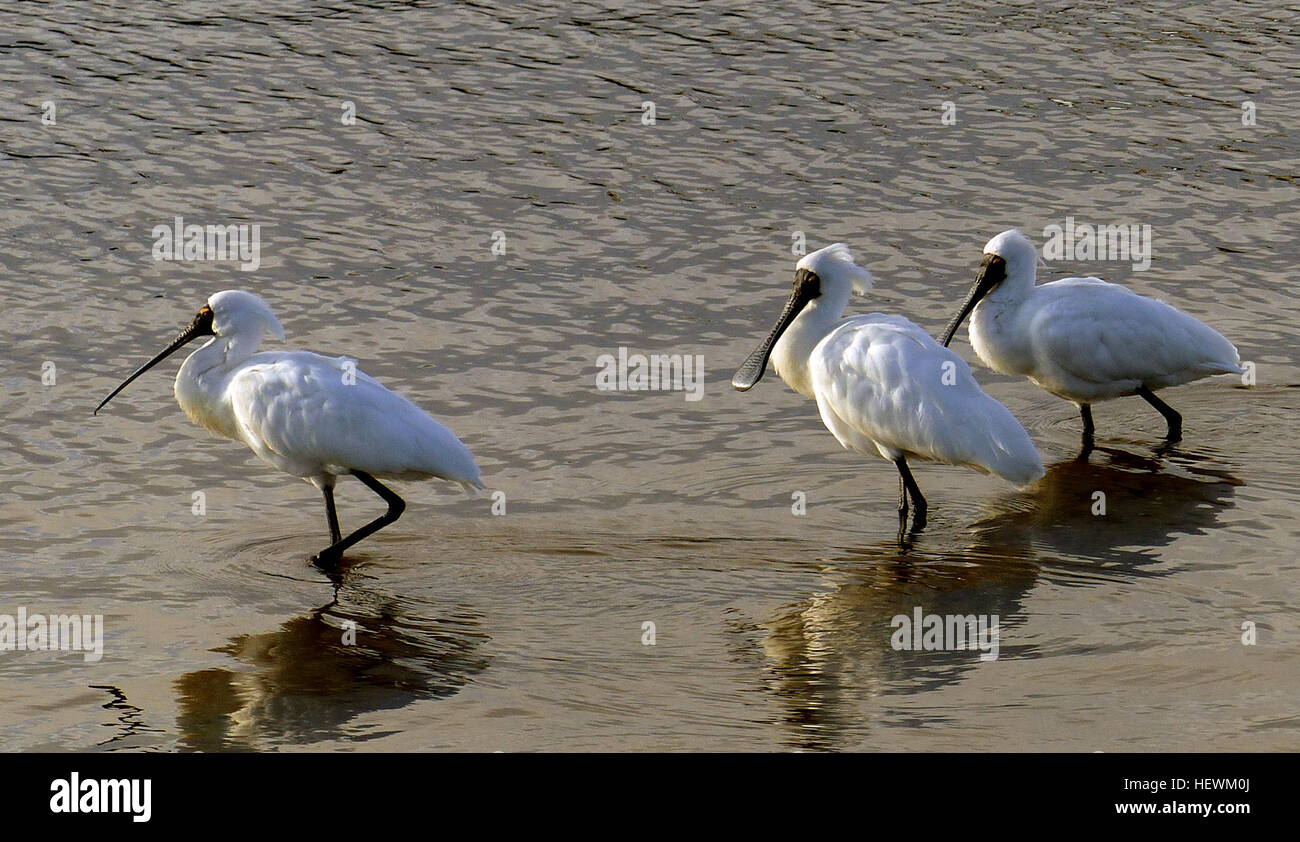 The royal spoonbill (Platalea regia) also known as the black-billed spoonbill, occurs in intertidal flats and shallows of fresh and saltwater wetlands in Australia, New Zealand, Indonesia, Papua New Guinea, and the Solomon Islands. It has also been recorded as a vagrant in New Caledonia. The royal spoonbill lives in wetlands and feeds on crustaceans, fish and small insects by sweeping its bill from side to side. It always flies with its head extended. Widespread throughout its large range, the royal spoonbill is evaluated as Least Concern on the IUCN Red List of Threatened Species. Stock Photohttps://www.alamy.com/image-license-details/?v=1https://www.alamy.com/stock-photo-the-royal-spoonbill-platalea-regia-also-known-as-the-black-billed-129642258.html
The royal spoonbill (Platalea regia) also known as the black-billed spoonbill, occurs in intertidal flats and shallows of fresh and saltwater wetlands in Australia, New Zealand, Indonesia, Papua New Guinea, and the Solomon Islands. It has also been recorded as a vagrant in New Caledonia. The royal spoonbill lives in wetlands and feeds on crustaceans, fish and small insects by sweeping its bill from side to side. It always flies with its head extended. Widespread throughout its large range, the royal spoonbill is evaluated as Least Concern on the IUCN Red List of Threatened Species. Stock Photohttps://www.alamy.com/image-license-details/?v=1https://www.alamy.com/stock-photo-the-royal-spoonbill-platalea-regia-also-known-as-the-black-billed-129642258.htmlRMHEWM0J–The royal spoonbill (Platalea regia) also known as the black-billed spoonbill, occurs in intertidal flats and shallows of fresh and saltwater wetlands in Australia, New Zealand, Indonesia, Papua New Guinea, and the Solomon Islands. It has also been recorded as a vagrant in New Caledonia. The royal spoonbill lives in wetlands and feeds on crustaceans, fish and small insects by sweeping its bill from side to side. It always flies with its head extended. Widespread throughout its large range, the royal spoonbill is evaluated as Least Concern on the IUCN Red List of Threatened Species.
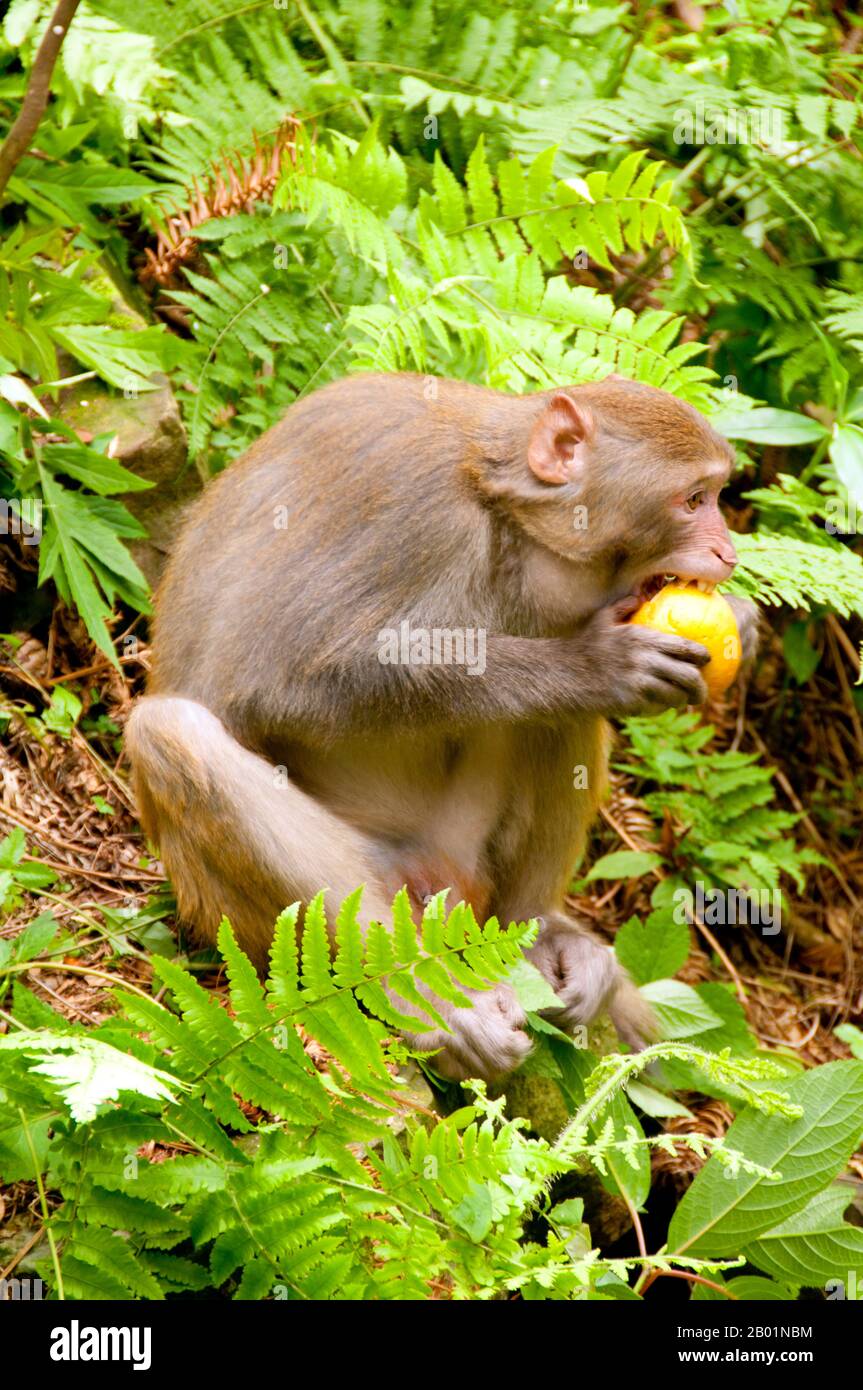 China: Rhesus monkey (Macaca mulatta), Wulingyuan Scenic Area (Zhangjiajie), Hunan Province. The Rhesus macaque (Macaca mulatta), also called the Rhesus monkey, is brown or grey in colour and has a pink face, which is bereft of fur. Its tail is of medium length and averages between 20.7 and 22.9 cm (8.1 and 9.0 in). Adult males measure approximately 53 cm (21 in) on average and weigh about 7.7 kg (17 lb). Females are smaller, averaging 47 cm (19 in) in length and 5.3 kg (12 lb) in weight. It is listed as Least Concern in the IUCN Red List of Threatened Species. Stock Photohttps://www.alamy.com/image-license-details/?v=1https://www.alamy.com/china-rhesus-monkey-macaca-mulatta-wulingyuan-scenic-area-zhangjiajie-hunan-province-the-rhesus-macaque-macaca-mulatta-also-called-the-rhesus-monkey-is-brown-or-grey-in-colour-and-has-a-pink-face-which-is-bereft-of-fur-its-tail-is-of-medium-length-and-averages-between-207-and-229-cm-81-and-90-in-adult-males-measure-approximately-53-cm-21-in-on-average-and-weigh-about-77-kg-17-lb-females-are-smaller-averaging-47-cm-19-in-in-length-and-53-kg-12-lb-in-weight-it-is-listed-as-least-concern-in-the-iucn-red-list-of-threatened-species-image344246104.html
China: Rhesus monkey (Macaca mulatta), Wulingyuan Scenic Area (Zhangjiajie), Hunan Province. The Rhesus macaque (Macaca mulatta), also called the Rhesus monkey, is brown or grey in colour and has a pink face, which is bereft of fur. Its tail is of medium length and averages between 20.7 and 22.9 cm (8.1 and 9.0 in). Adult males measure approximately 53 cm (21 in) on average and weigh about 7.7 kg (17 lb). Females are smaller, averaging 47 cm (19 in) in length and 5.3 kg (12 lb) in weight. It is listed as Least Concern in the IUCN Red List of Threatened Species. Stock Photohttps://www.alamy.com/image-license-details/?v=1https://www.alamy.com/china-rhesus-monkey-macaca-mulatta-wulingyuan-scenic-area-zhangjiajie-hunan-province-the-rhesus-macaque-macaca-mulatta-also-called-the-rhesus-monkey-is-brown-or-grey-in-colour-and-has-a-pink-face-which-is-bereft-of-fur-its-tail-is-of-medium-length-and-averages-between-207-and-229-cm-81-and-90-in-adult-males-measure-approximately-53-cm-21-in-on-average-and-weigh-about-77-kg-17-lb-females-are-smaller-averaging-47-cm-19-in-in-length-and-53-kg-12-lb-in-weight-it-is-listed-as-least-concern-in-the-iucn-red-list-of-threatened-species-image344246104.htmlRM2B01NBM–China: Rhesus monkey (Macaca mulatta), Wulingyuan Scenic Area (Zhangjiajie), Hunan Province. The Rhesus macaque (Macaca mulatta), also called the Rhesus monkey, is brown or grey in colour and has a pink face, which is bereft of fur. Its tail is of medium length and averages between 20.7 and 22.9 cm (8.1 and 9.0 in). Adult males measure approximately 53 cm (21 in) on average and weigh about 7.7 kg (17 lb). Females are smaller, averaging 47 cm (19 in) in length and 5.3 kg (12 lb) in weight. It is listed as Least Concern in the IUCN Red List of Threatened Species.
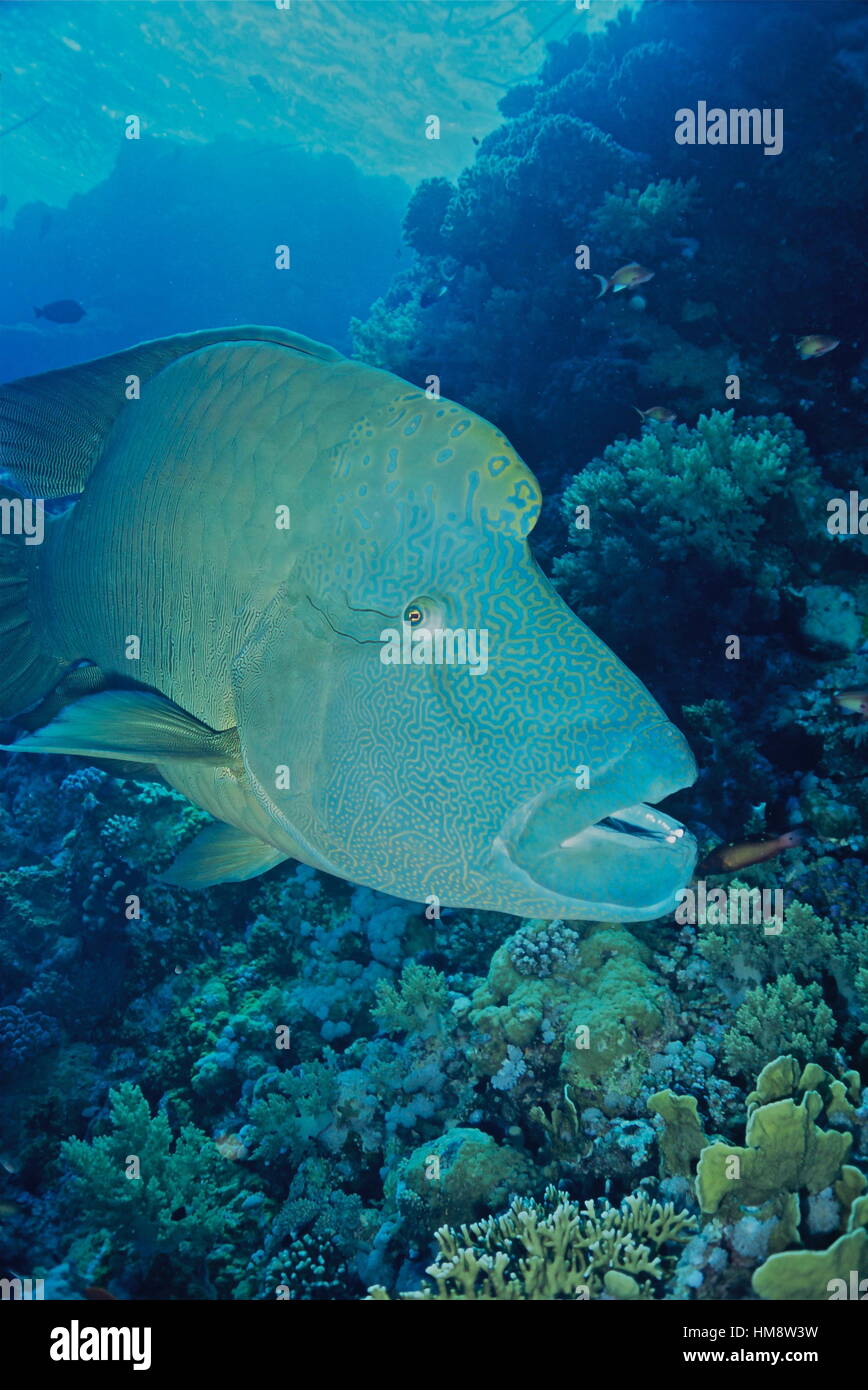 The humphead wrasse (Cheilinus undulatus) is listed as endangered in the IUCN Red List of Threatened Species. Photographed in the Egyptian Red Sea. Stock Photohttps://www.alamy.com/image-license-details/?v=1https://www.alamy.com/stock-photo-the-humphead-wrasse-cheilinus-undulatus-is-listed-as-endangered-in-132961021.html
The humphead wrasse (Cheilinus undulatus) is listed as endangered in the IUCN Red List of Threatened Species. Photographed in the Egyptian Red Sea. Stock Photohttps://www.alamy.com/image-license-details/?v=1https://www.alamy.com/stock-photo-the-humphead-wrasse-cheilinus-undulatus-is-listed-as-endangered-in-132961021.htmlRFHM8W3W–The humphead wrasse (Cheilinus undulatus) is listed as endangered in the IUCN Red List of Threatened Species. Photographed in the Egyptian Red Sea.
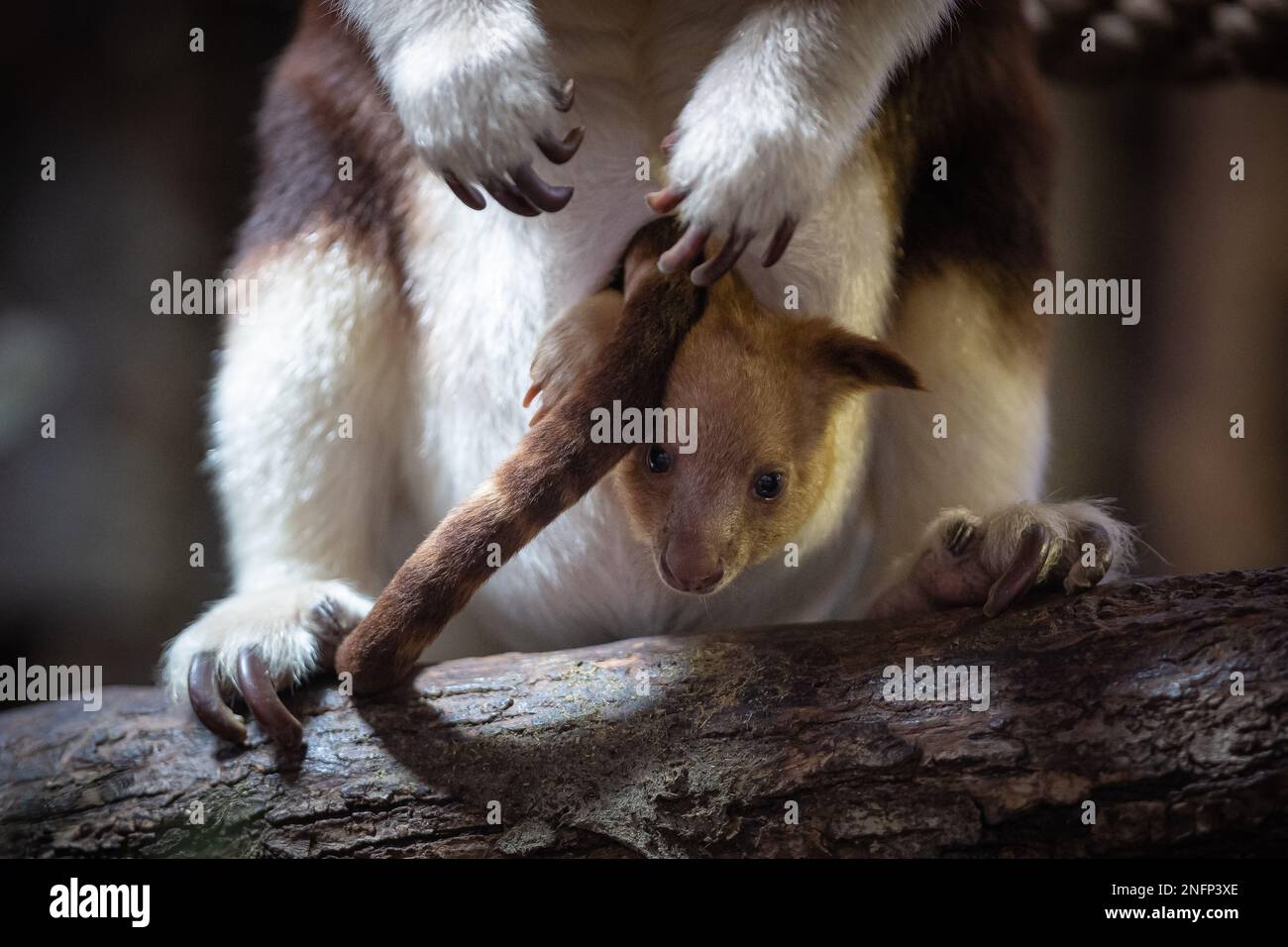 PARIS, Feb. 18, 2023 (Xinhua) -- A Goodfellow's tree kangaroo joey peeks out of its mother's pouch at a zoo in Paris, France, Feb. 17, 2023. The Goodfellow's tree kangaroo is classified as 'endangered' on the International Union for Conservation of Nature (IUCN) Red List of Threatened Species. (Photo by Aurelien Morissard/Xinhua) Stock Photohttps://www.alamy.com/image-license-details/?v=1https://www.alamy.com/paris-feb-18-2023-xinhua-a-goodfellows-tree-kangaroo-joey-peeks-out-of-its-mothers-pouch-at-a-zoo-in-paris-france-feb-17-2023-the-goodfellows-tree-kangaroo-is-classified-as-endangered-on-the-international-union-for-conservation-of-nature-iucn-red-list-of-threatened-species-photo-by-aurelien-morissardxinhua-image526016918.html
PARIS, Feb. 18, 2023 (Xinhua) -- A Goodfellow's tree kangaroo joey peeks out of its mother's pouch at a zoo in Paris, France, Feb. 17, 2023. The Goodfellow's tree kangaroo is classified as 'endangered' on the International Union for Conservation of Nature (IUCN) Red List of Threatened Species. (Photo by Aurelien Morissard/Xinhua) Stock Photohttps://www.alamy.com/image-license-details/?v=1https://www.alamy.com/paris-feb-18-2023-xinhua-a-goodfellows-tree-kangaroo-joey-peeks-out-of-its-mothers-pouch-at-a-zoo-in-paris-france-feb-17-2023-the-goodfellows-tree-kangaroo-is-classified-as-endangered-on-the-international-union-for-conservation-of-nature-iucn-red-list-of-threatened-species-photo-by-aurelien-morissardxinhua-image526016918.htmlRM2NFP3XE–PARIS, Feb. 18, 2023 (Xinhua) -- A Goodfellow's tree kangaroo joey peeks out of its mother's pouch at a zoo in Paris, France, Feb. 17, 2023. The Goodfellow's tree kangaroo is classified as 'endangered' on the International Union for Conservation of Nature (IUCN) Red List of Threatened Species. (Photo by Aurelien Morissard/Xinhua)
 Blue Basker (Urothemis edwardsii), male On The IUCN Red List of Threatened Species, Kruger national park South Africa Stock Photohttps://www.alamy.com/image-license-details/?v=1https://www.alamy.com/blue-basker-urothemis-edwardsii-male-on-the-iucn-red-list-of-threatened-image67227383.html
Blue Basker (Urothemis edwardsii), male On The IUCN Red List of Threatened Species, Kruger national park South Africa Stock Photohttps://www.alamy.com/image-license-details/?v=1https://www.alamy.com/blue-basker-urothemis-edwardsii-male-on-the-iucn-red-list-of-threatened-image67227383.htmlRFDWAD5Y–Blue Basker (Urothemis edwardsii), male On The IUCN Red List of Threatened Species, Kruger national park South Africa
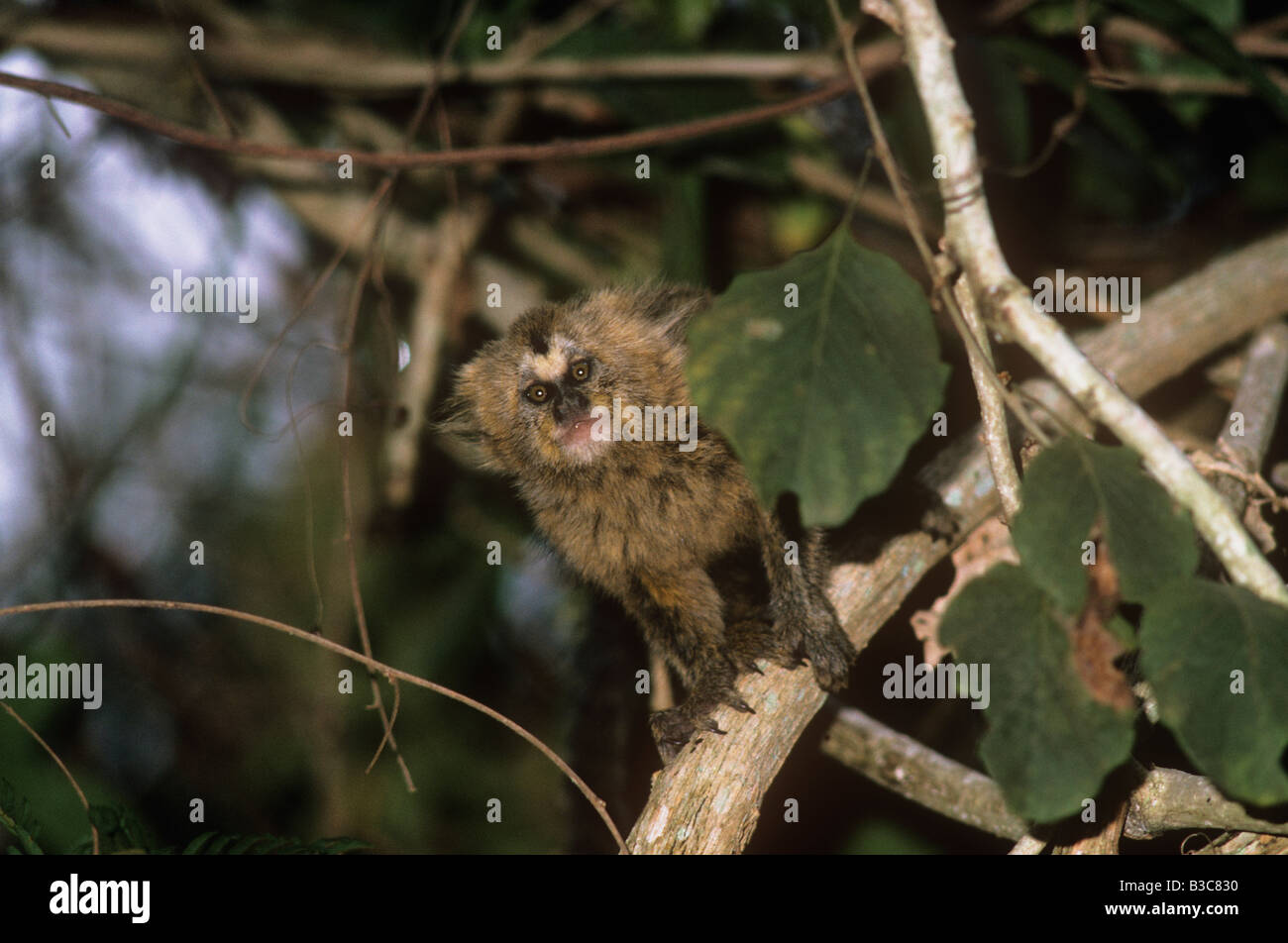 Buffy headed marmoset Callithrix flaviceps Atlantic Coast rainforest Brazil On the 2006 IUCN Red List of Threatened Species Stock Photohttps://www.alamy.com/image-license-details/?v=1https://www.alamy.com/stock-photo-buffy-headed-marmoset-callithrix-flaviceps-atlantic-coast-rainforest-19324116.html
Buffy headed marmoset Callithrix flaviceps Atlantic Coast rainforest Brazil On the 2006 IUCN Red List of Threatened Species Stock Photohttps://www.alamy.com/image-license-details/?v=1https://www.alamy.com/stock-photo-buffy-headed-marmoset-callithrix-flaviceps-atlantic-coast-rainforest-19324116.htmlRMB3C830–Buffy headed marmoset Callithrix flaviceps Atlantic Coast rainforest Brazil On the 2006 IUCN Red List of Threatened Species
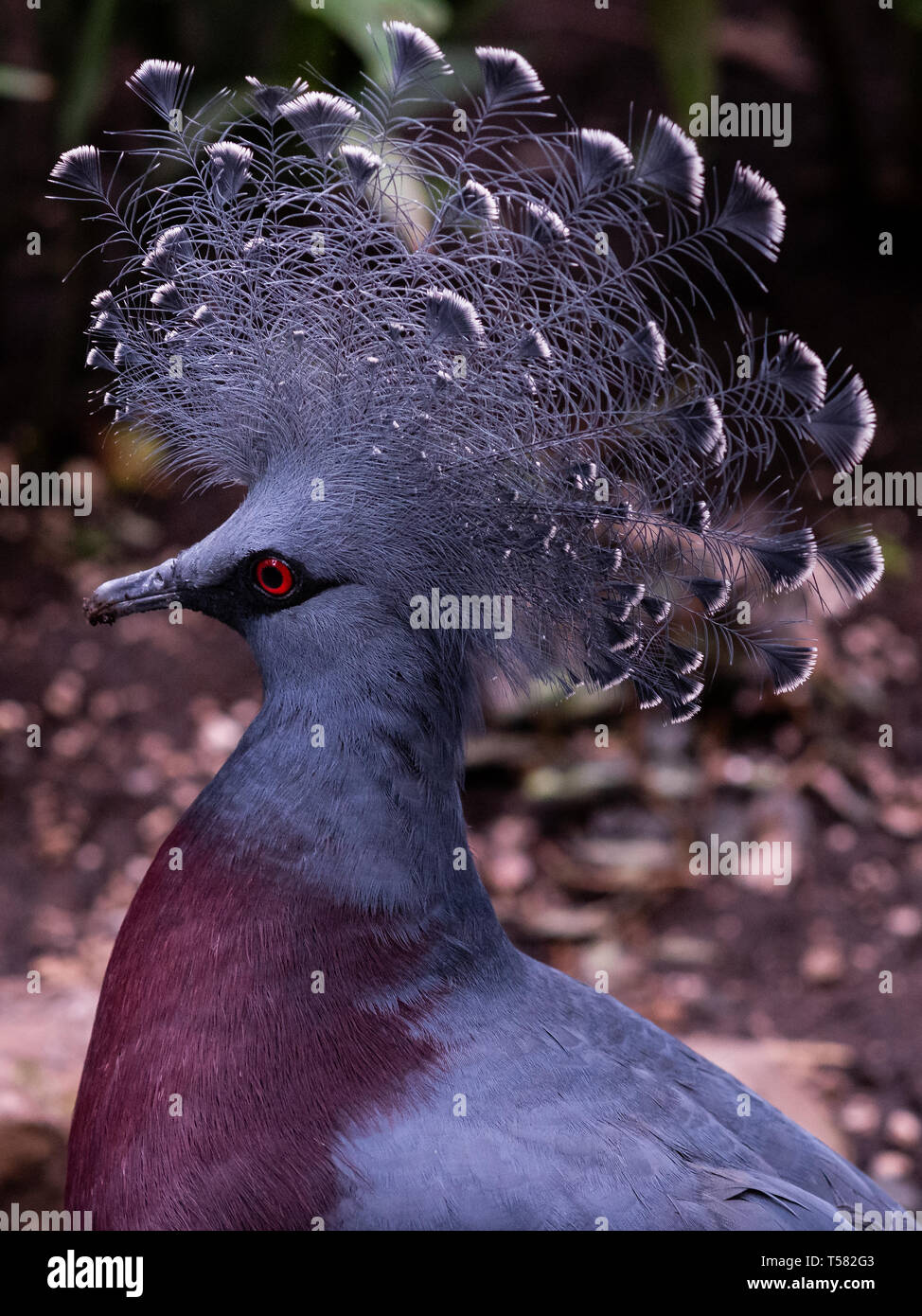 Victoria Crowned Pigeons at Islands, Chester Zoo prior to fire Stock Photohttps://www.alamy.com/image-license-details/?v=1https://www.alamy.com/victoria-crowned-pigeons-at-islands-chester-zoo-prior-to-fire-image244196067.html
Victoria Crowned Pigeons at Islands, Chester Zoo prior to fire Stock Photohttps://www.alamy.com/image-license-details/?v=1https://www.alamy.com/victoria-crowned-pigeons-at-islands-chester-zoo-prior-to-fire-image244196067.htmlRFT582G3–Victoria Crowned Pigeons at Islands, Chester Zoo prior to fire
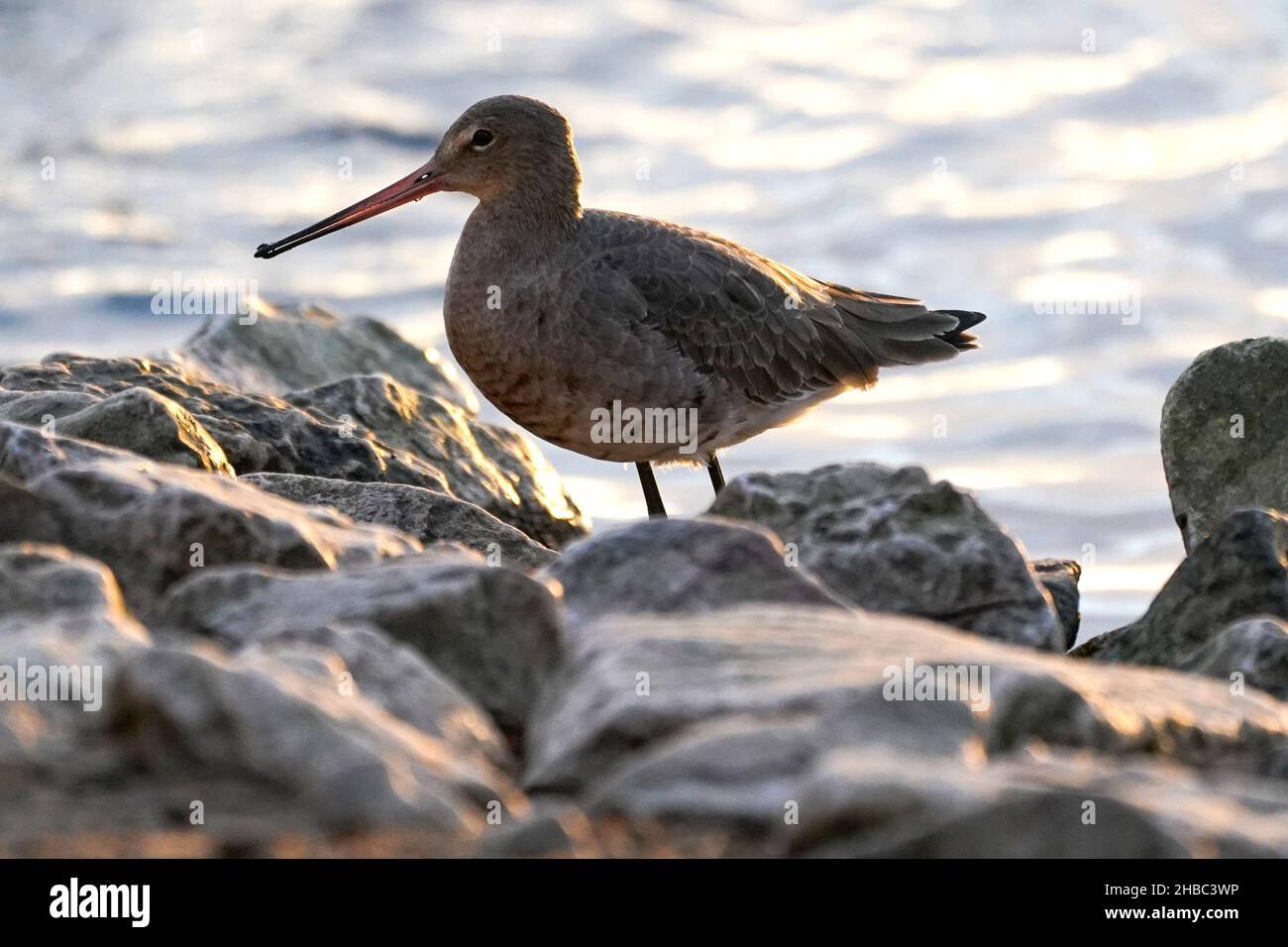 Black-tailed Godwit.Scientific name: Limosa limosa The Black-tailed Godwit is a rare breeding bird in the UK that has suffered from dramatic declines. Classified in the UK as Red under the Birds of Conservation Concern 4: the Red List for Birds (2015). Protected in the UK under the Wildlife and Countryside Act, 1981. Priority Species under the UK Post-2010 Biodiversity Framework. Listed as Near Threatened on the global IUCN Red List of Threatened Species.the Black-tailed Godwit breeds in wet grasslands, and winters on coastal estuaries and marshes, and at inland shallow waters. A sociable bird Stock Photohttps://www.alamy.com/image-license-details/?v=1https://www.alamy.com/black-tailed-godwitscientific-name-limosa-limosa-the-black-tailed-godwit-is-a-rare-breeding-bird-in-the-uk-that-has-suffered-from-dramatic-declines-classified-in-the-uk-as-red-under-the-birds-of-conservation-concern-4-the-red-list-for-birds-2015-protected-in-the-uk-under-the-wildlife-and-countryside-act-1981-priority-species-under-the-uk-post-2010-biodiversity-framework-listed-as-near-threatened-on-the-global-iucn-red-list-of-threatened-speciesthe-black-tailed-godwit-breeds-in-wet-grasslands-and-winters-on-coastal-estuaries-and-marshes-and-at-inland-shallow-waters-a-sociable-bird-image454497282.html
Black-tailed Godwit.Scientific name: Limosa limosa The Black-tailed Godwit is a rare breeding bird in the UK that has suffered from dramatic declines. Classified in the UK as Red under the Birds of Conservation Concern 4: the Red List for Birds (2015). Protected in the UK under the Wildlife and Countryside Act, 1981. Priority Species under the UK Post-2010 Biodiversity Framework. Listed as Near Threatened on the global IUCN Red List of Threatened Species.the Black-tailed Godwit breeds in wet grasslands, and winters on coastal estuaries and marshes, and at inland shallow waters. A sociable bird Stock Photohttps://www.alamy.com/image-license-details/?v=1https://www.alamy.com/black-tailed-godwitscientific-name-limosa-limosa-the-black-tailed-godwit-is-a-rare-breeding-bird-in-the-uk-that-has-suffered-from-dramatic-declines-classified-in-the-uk-as-red-under-the-birds-of-conservation-concern-4-the-red-list-for-birds-2015-protected-in-the-uk-under-the-wildlife-and-countryside-act-1981-priority-species-under-the-uk-post-2010-biodiversity-framework-listed-as-near-threatened-on-the-global-iucn-red-list-of-threatened-speciesthe-black-tailed-godwit-breeds-in-wet-grasslands-and-winters-on-coastal-estuaries-and-marshes-and-at-inland-shallow-waters-a-sociable-bird-image454497282.htmlRM2HBC3WP–Black-tailed Godwit.Scientific name: Limosa limosa The Black-tailed Godwit is a rare breeding bird in the UK that has suffered from dramatic declines. Classified in the UK as Red under the Birds of Conservation Concern 4: the Red List for Birds (2015). Protected in the UK under the Wildlife and Countryside Act, 1981. Priority Species under the UK Post-2010 Biodiversity Framework. Listed as Near Threatened on the global IUCN Red List of Threatened Species.the Black-tailed Godwit breeds in wet grasslands, and winters on coastal estuaries and marshes, and at inland shallow waters. A sociable bird
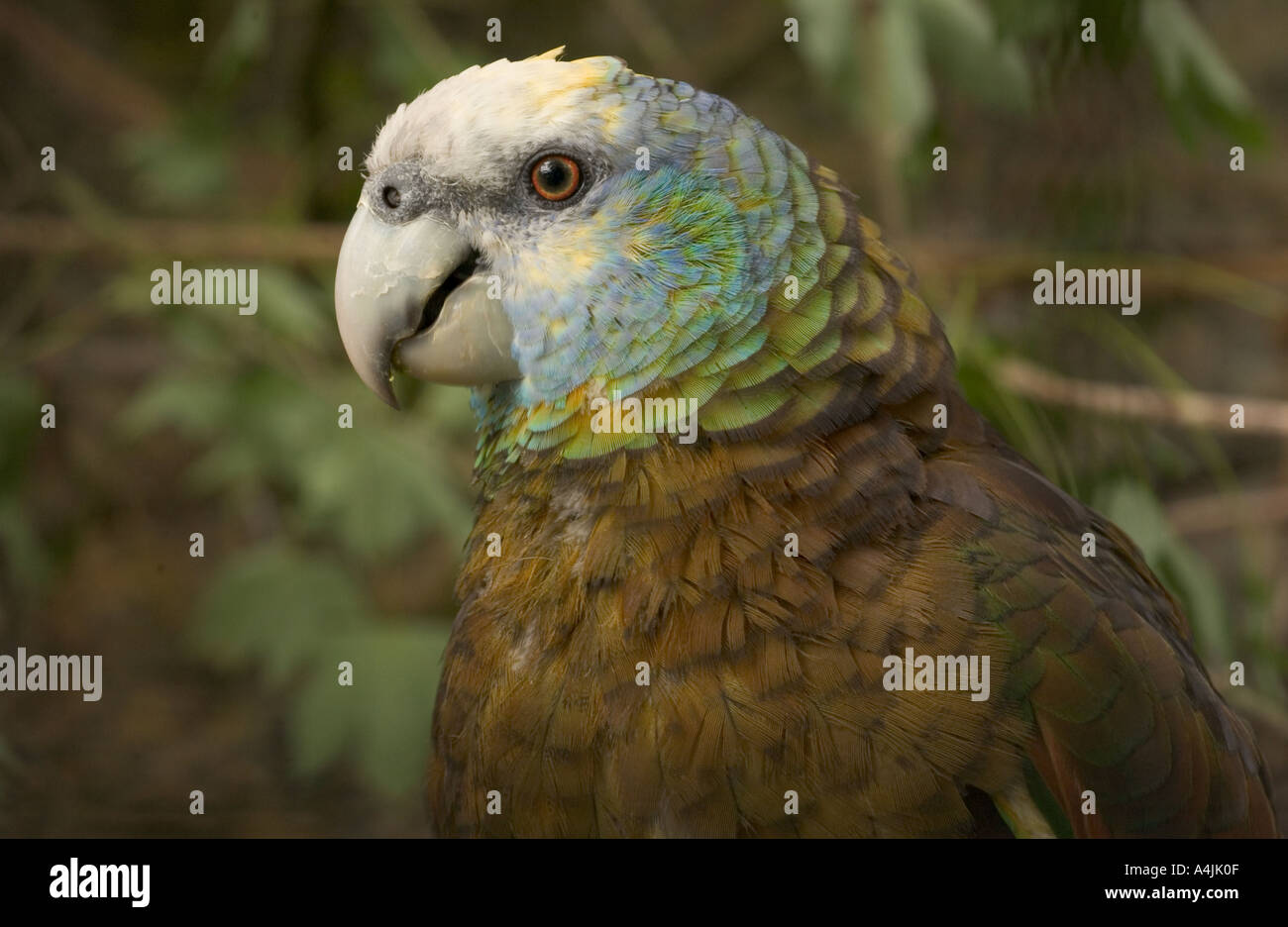 Saint Vincent Parrot (Amazona guildingii) juvenile, Vulnerable on the IUCN Red List of Threatened Species, aviculture Stock Photohttps://www.alamy.com/image-license-details/?v=1https://www.alamy.com/saint-vincent-parrot-amazona-guildingii-juvenile-vulnerable-on-the-image3611406.html
Saint Vincent Parrot (Amazona guildingii) juvenile, Vulnerable on the IUCN Red List of Threatened Species, aviculture Stock Photohttps://www.alamy.com/image-license-details/?v=1https://www.alamy.com/saint-vincent-parrot-amazona-guildingii-juvenile-vulnerable-on-the-image3611406.htmlRMA4JK0F–Saint Vincent Parrot (Amazona guildingii) juvenile, Vulnerable on the IUCN Red List of Threatened Species, aviculture
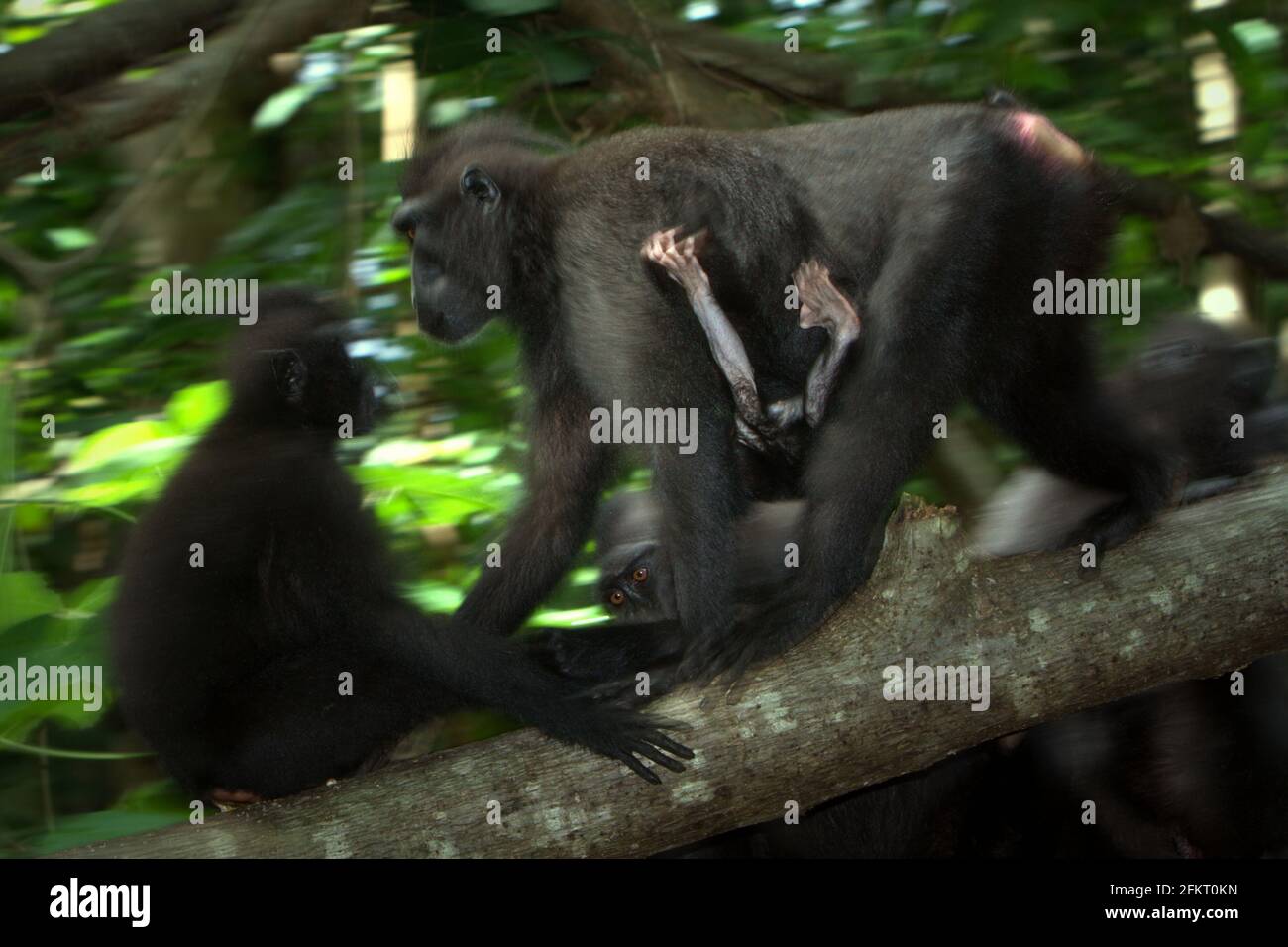 Celebes crested crested macaque: a mother taking care of a baby as it moves on a tree trunk during social activity. Despite its stable population trend in protected forests, the overall population status of Celebes crested macaque (Macaca nigra) is still decreasing, according to the assessment by a team of researchers working for IUCN Red List of Threatened Species which published last year (2020). Stock Photohttps://www.alamy.com/image-license-details/?v=1https://www.alamy.com/celebes-crested-crested-macaque-a-mother-taking-care-of-a-baby-as-it-moves-on-a-tree-trunk-during-social-activity-despite-its-stable-population-trend-in-protected-forests-the-overall-population-status-of-celebes-crested-macaque-macaca-nigra-is-still-decreasing-according-to-the-assessment-by-a-team-of-researchers-working-for-iucn-red-list-of-threatened-species-which-published-last-year-2020-image425254697.html
Celebes crested crested macaque: a mother taking care of a baby as it moves on a tree trunk during social activity. Despite its stable population trend in protected forests, the overall population status of Celebes crested macaque (Macaca nigra) is still decreasing, according to the assessment by a team of researchers working for IUCN Red List of Threatened Species which published last year (2020). Stock Photohttps://www.alamy.com/image-license-details/?v=1https://www.alamy.com/celebes-crested-crested-macaque-a-mother-taking-care-of-a-baby-as-it-moves-on-a-tree-trunk-during-social-activity-despite-its-stable-population-trend-in-protected-forests-the-overall-population-status-of-celebes-crested-macaque-macaca-nigra-is-still-decreasing-according-to-the-assessment-by-a-team-of-researchers-working-for-iucn-red-list-of-threatened-species-which-published-last-year-2020-image425254697.htmlRM2FKT0KN–Celebes crested crested macaque: a mother taking care of a baby as it moves on a tree trunk during social activity. Despite its stable population trend in protected forests, the overall population status of Celebes crested macaque (Macaca nigra) is still decreasing, according to the assessment by a team of researchers working for IUCN Red List of Threatened Species which published last year (2020).
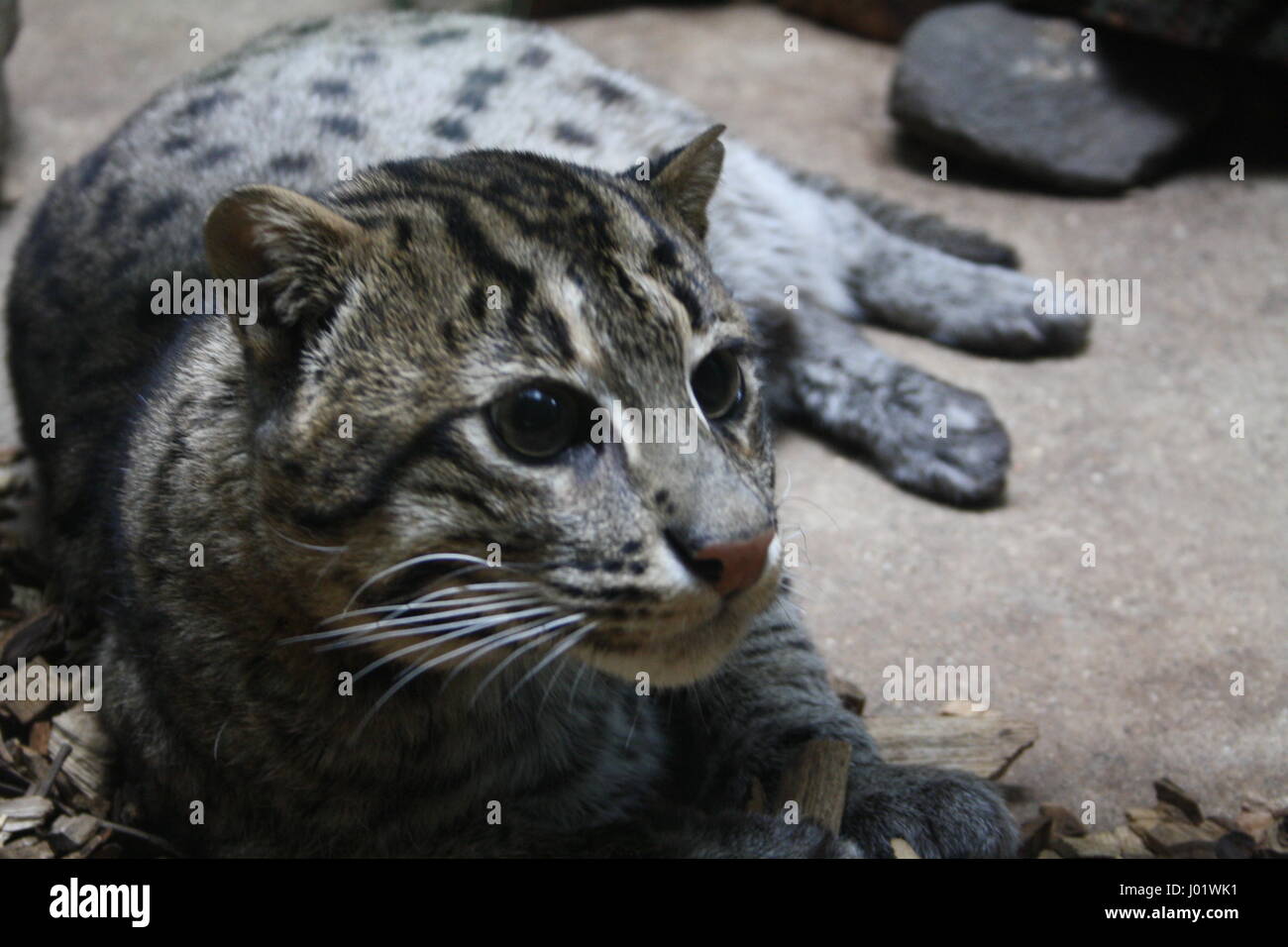 Fishing cat (Prionailurus viverrinus), Prague zoo Stock Photohttps://www.alamy.com/image-license-details/?v=1https://www.alamy.com/stock-photo-fishing-cat-prionailurus-viverrinus-prague-zoo-137725029.html
Fishing cat (Prionailurus viverrinus), Prague zoo Stock Photohttps://www.alamy.com/image-license-details/?v=1https://www.alamy.com/stock-photo-fishing-cat-prionailurus-viverrinus-prague-zoo-137725029.htmlRFJ01WK1–Fishing cat (Prionailurus viverrinus), Prague zoo
 Liberec, Czech Republic. 16th April, 2013. Young Meerkats received the most votes as the best cubs from the visitors of Zoo Liberec. Small beasts grow from 25 to 35 cm and they are registered in the IUCN Red List of Threatened Species. They inhabit dry savannas, deserts and semi-deserts, mostly the South African Kalahari desert. Meerkats are seen in Liberec, Czech Republic, April 16, 2013. (Radek Petrasek/CTK Photo/Alamy Live News) Stock Photohttps://www.alamy.com/image-license-details/?v=1https://www.alamy.com/stock-photo-liberec-czech-republic-16th-april-2013-young-meerkats-received-the-55578146.html
Liberec, Czech Republic. 16th April, 2013. Young Meerkats received the most votes as the best cubs from the visitors of Zoo Liberec. Small beasts grow from 25 to 35 cm and they are registered in the IUCN Red List of Threatened Species. They inhabit dry savannas, deserts and semi-deserts, mostly the South African Kalahari desert. Meerkats are seen in Liberec, Czech Republic, April 16, 2013. (Radek Petrasek/CTK Photo/Alamy Live News) Stock Photohttps://www.alamy.com/image-license-details/?v=1https://www.alamy.com/stock-photo-liberec-czech-republic-16th-april-2013-young-meerkats-received-the-55578146.htmlRMD6BPDP–Liberec, Czech Republic. 16th April, 2013. Young Meerkats received the most votes as the best cubs from the visitors of Zoo Liberec. Small beasts grow from 25 to 35 cm and they are registered in the IUCN Red List of Threatened Species. They inhabit dry savannas, deserts and semi-deserts, mostly the South African Kalahari desert. Meerkats are seen in Liberec, Czech Republic, April 16, 2013. (Radek Petrasek/CTK Photo/Alamy Live News)
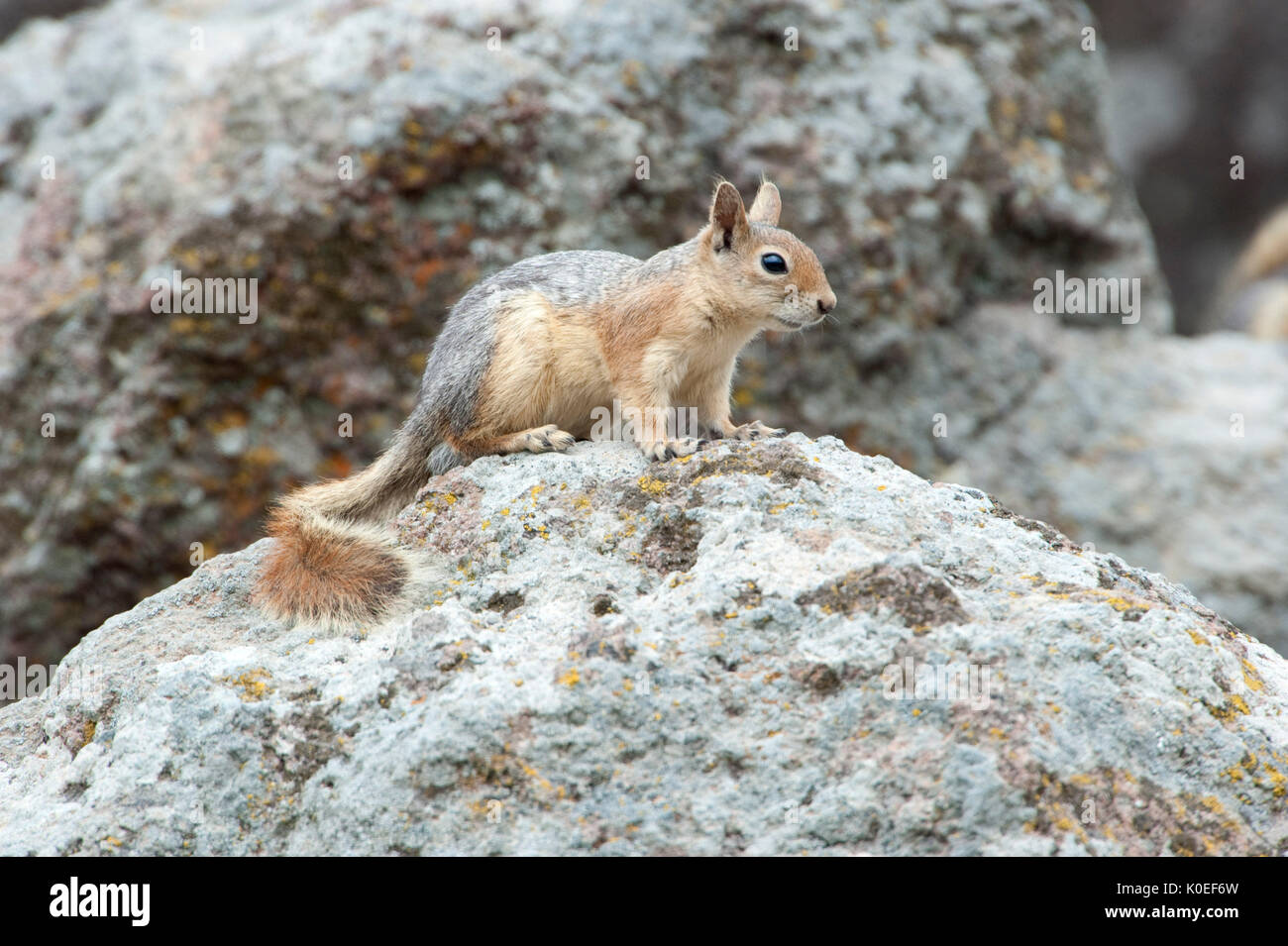 Persian Squirrel, Sciunus anomalus, Lesvos Island, Greece, endemic, IUCN Red List of Threatened Species , lesbos Stock Photohttps://www.alamy.com/image-license-details/?v=1https://www.alamy.com/persian-squirrel-sciunus-anomalus-lesvos-island-greece-endemic-iucn-image155212593.html
Persian Squirrel, Sciunus anomalus, Lesvos Island, Greece, endemic, IUCN Red List of Threatened Species , lesbos Stock Photohttps://www.alamy.com/image-license-details/?v=1https://www.alamy.com/persian-squirrel-sciunus-anomalus-lesvos-island-greece-endemic-iucn-image155212593.htmlRMK0EF6W–Persian Squirrel, Sciunus anomalus, Lesvos Island, Greece, endemic, IUCN Red List of Threatened Species , lesbos
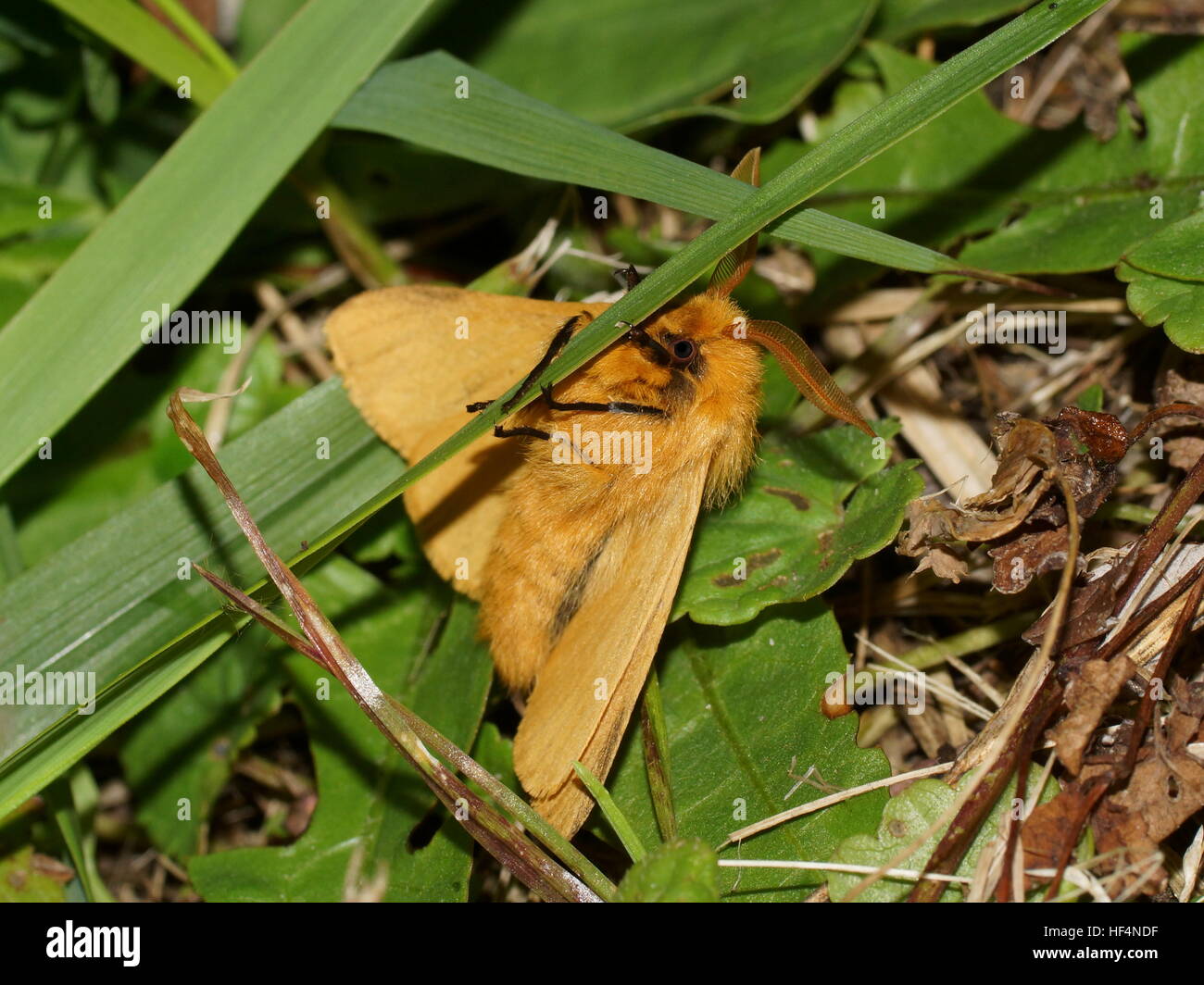 Autumn silkworm moth, Lemonia taraxaci Stock Photohttps://www.alamy.com/image-license-details/?v=1https://www.alamy.com/stock-photo-autumn-silkworm-moth-lemonia-taraxaci-129797067.html
Autumn silkworm moth, Lemonia taraxaci Stock Photohttps://www.alamy.com/image-license-details/?v=1https://www.alamy.com/stock-photo-autumn-silkworm-moth-lemonia-taraxaci-129797067.htmlRFHF4NDF–Autumn silkworm moth, Lemonia taraxaci
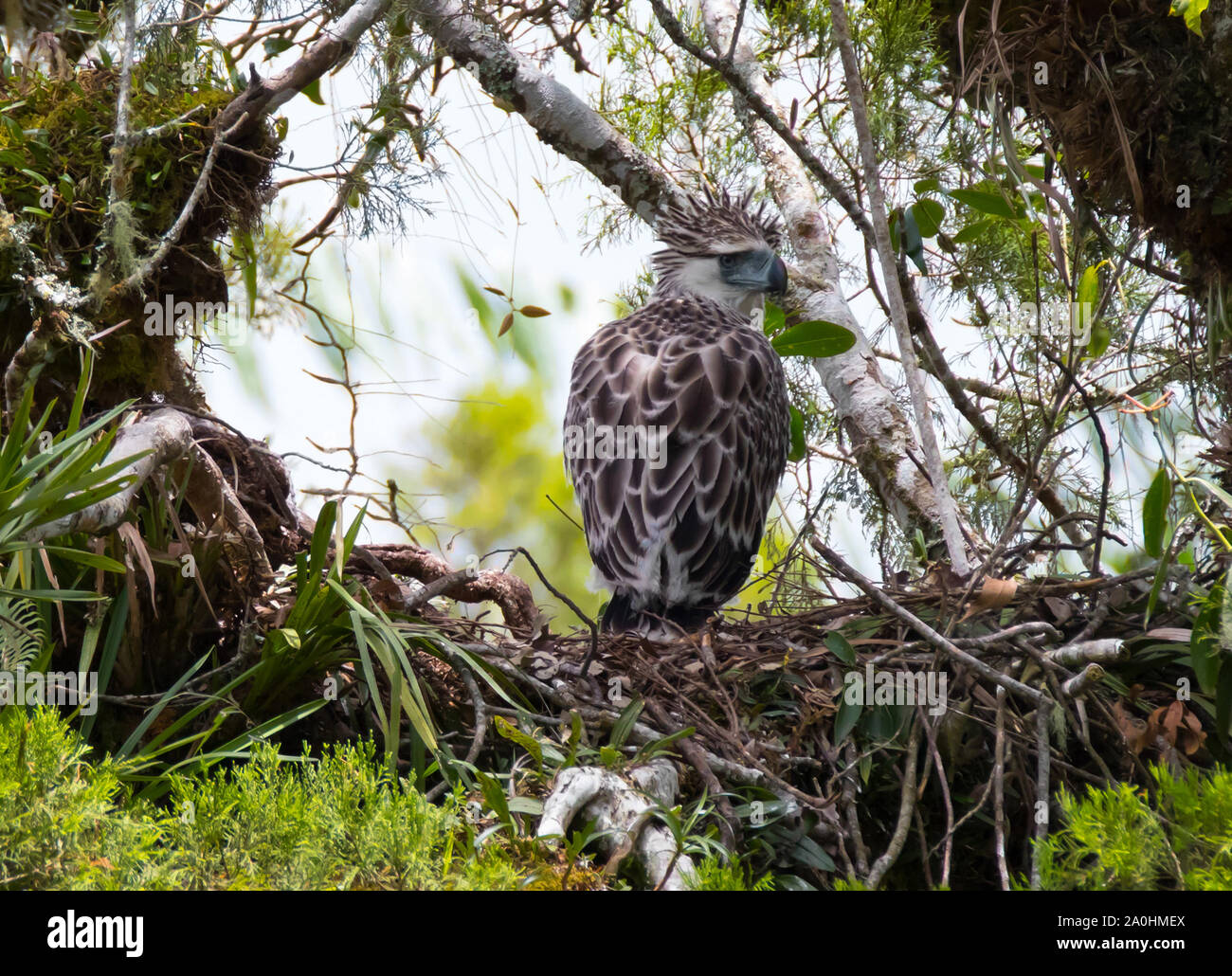 A juvenile Philippine Eagle waits in its nest waiting for parent birds to return with food.Philippine Eagles are amongst the rarest Eagles.Endemic to the Philippines it is regarded as critically endangered by the IUCN Red List of Threatened Species.Loss of habitat due to deforestation is considered as a major factor in the decline of the species. Stock Photohttps://www.alamy.com/image-license-details/?v=1https://www.alamy.com/a-juvenile-philippine-eagle-waits-in-its-nest-waiting-for-parent-birds-to-return-with-foodphilippine-eagles-are-amongst-the-rarest-eaglesendemic-to-the-philippines-it-is-regarded-as-critically-endangered-by-the-iucn-red-list-of-threatened-speciesloss-of-habitat-due-to-deforestation-is-considered-as-a-major-factor-in-the-decline-of-the-species-image327386274.html
A juvenile Philippine Eagle waits in its nest waiting for parent birds to return with food.Philippine Eagles are amongst the rarest Eagles.Endemic to the Philippines it is regarded as critically endangered by the IUCN Red List of Threatened Species.Loss of habitat due to deforestation is considered as a major factor in the decline of the species. Stock Photohttps://www.alamy.com/image-license-details/?v=1https://www.alamy.com/a-juvenile-philippine-eagle-waits-in-its-nest-waiting-for-parent-birds-to-return-with-foodphilippine-eagles-are-amongst-the-rarest-eaglesendemic-to-the-philippines-it-is-regarded-as-critically-endangered-by-the-iucn-red-list-of-threatened-speciesloss-of-habitat-due-to-deforestation-is-considered-as-a-major-factor-in-the-decline-of-the-species-image327386274.htmlRF2A0HMEX–A juvenile Philippine Eagle waits in its nest waiting for parent birds to return with food.Philippine Eagles are amongst the rarest Eagles.Endemic to the Philippines it is regarded as critically endangered by the IUCN Red List of Threatened Species.Loss of habitat due to deforestation is considered as a major factor in the decline of the species.
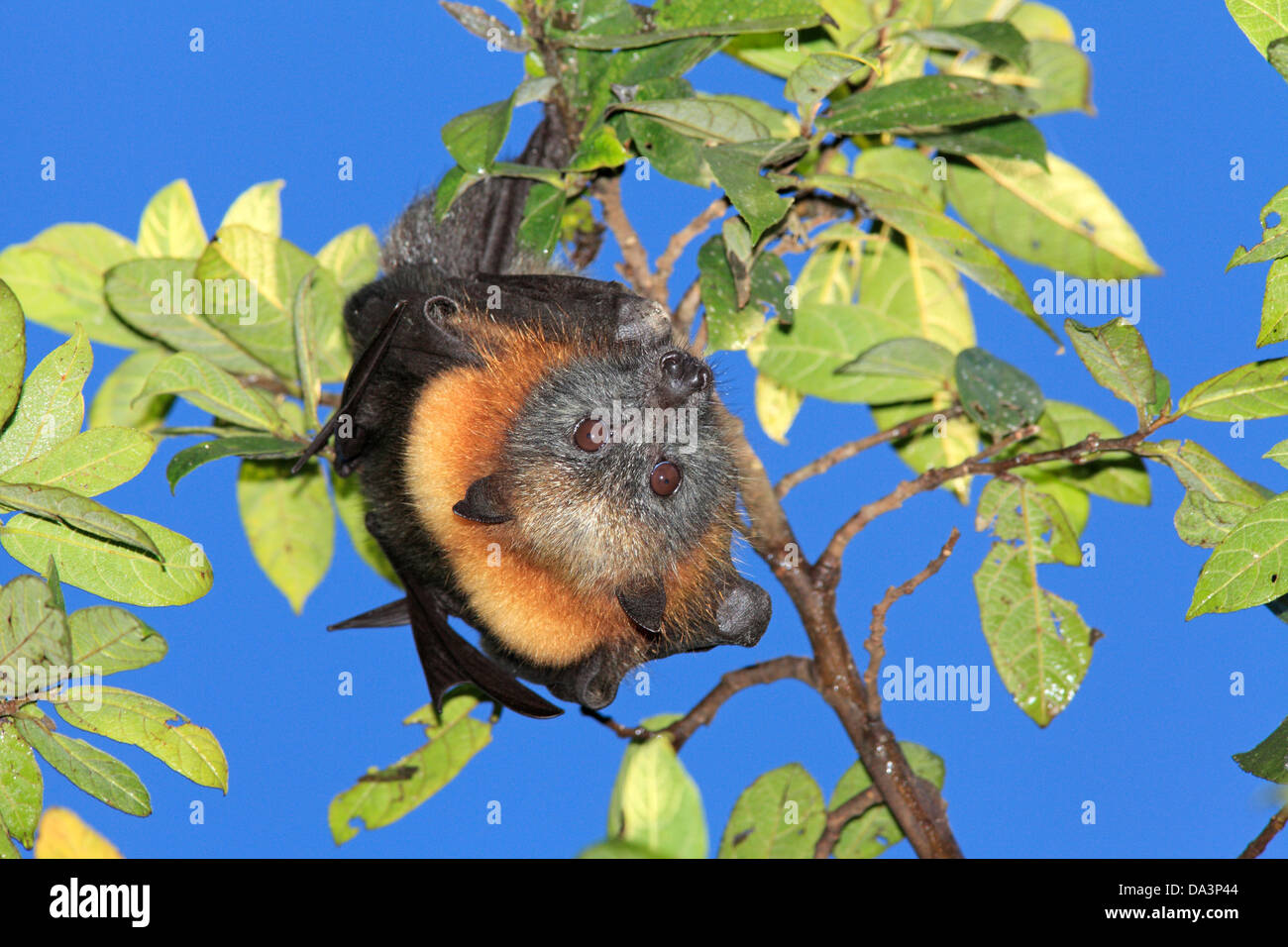 Grey Headed Flying Fox, Pteropus poliocephalus. Endemic to eastern Australia and are listed as vulnerable on the IUCN Red List of Threatened Species. Stock Photohttps://www.alamy.com/image-license-details/?v=1https://www.alamy.com/stock-photo-grey-headed-flying-fox-pteropus-poliocephalus-endemic-to-eastern-australia-57860884.html
Grey Headed Flying Fox, Pteropus poliocephalus. Endemic to eastern Australia and are listed as vulnerable on the IUCN Red List of Threatened Species. Stock Photohttps://www.alamy.com/image-license-details/?v=1https://www.alamy.com/stock-photo-grey-headed-flying-fox-pteropus-poliocephalus-endemic-to-eastern-australia-57860884.htmlRMDA3P44–Grey Headed Flying Fox, Pteropus poliocephalus. Endemic to eastern Australia and are listed as vulnerable on the IUCN Red List of Threatened Species.
 Polypedates bengalensis, the brown blotched Bengal tree frog, is a species of frog in the family Rhacophoridae. It has been observed between 7 and 13 meters above sea level. Male frogs call from leaves that are 20–2 meters above the water surface. The frog is yellowish-brown to greenish-brown in color, with six to nine dark brown blotches that run from behind its eye to its vent. Brown Blotched Bengal Tree Frog Polypedates bengalensis has been assessed for The IUCN Red List of Threatened Species in 2020. Tehatta, West Bengal, India. Stock Photohttps://www.alamy.com/image-license-details/?v=1https://www.alamy.com/polypedates-bengalensis-the-brown-blotched-bengal-tree-frog-is-a-species-of-frog-in-the-family-rhacophoridae-it-has-been-observed-between-7-and-13-meters-above-sea-level-male-frogs-call-from-leaves-that-are-202-meters-above-the-water-surface-the-frog-is-yellowish-brown-to-greenish-brown-in-color-with-six-to-nine-dark-brown-blotches-that-run-from-behind-its-eye-to-its-vent-brown-blotched-bengal-tree-frog-polypedates-bengalensis-has-been-assessed-for-the-iucn-red-list-of-threatened-species-in-2020-tehatta-west-bengal-india-image623280188.html
Polypedates bengalensis, the brown blotched Bengal tree frog, is a species of frog in the family Rhacophoridae. It has been observed between 7 and 13 meters above sea level. Male frogs call from leaves that are 20–2 meters above the water surface. The frog is yellowish-brown to greenish-brown in color, with six to nine dark brown blotches that run from behind its eye to its vent. Brown Blotched Bengal Tree Frog Polypedates bengalensis has been assessed for The IUCN Red List of Threatened Species in 2020. Tehatta, West Bengal, India. Stock Photohttps://www.alamy.com/image-license-details/?v=1https://www.alamy.com/polypedates-bengalensis-the-brown-blotched-bengal-tree-frog-is-a-species-of-frog-in-the-family-rhacophoridae-it-has-been-observed-between-7-and-13-meters-above-sea-level-male-frogs-call-from-leaves-that-are-202-meters-above-the-water-surface-the-frog-is-yellowish-brown-to-greenish-brown-in-color-with-six-to-nine-dark-brown-blotches-that-run-from-behind-its-eye-to-its-vent-brown-blotched-bengal-tree-frog-polypedates-bengalensis-has-been-assessed-for-the-iucn-red-list-of-threatened-species-in-2020-tehatta-west-bengal-india-image623280188.htmlRM2Y60T6M–Polypedates bengalensis, the brown blotched Bengal tree frog, is a species of frog in the family Rhacophoridae. It has been observed between 7 and 13 meters above sea level. Male frogs call from leaves that are 20–2 meters above the water surface. The frog is yellowish-brown to greenish-brown in color, with six to nine dark brown blotches that run from behind its eye to its vent. Brown Blotched Bengal Tree Frog Polypedates bengalensis has been assessed for The IUCN Red List of Threatened Species in 2020. Tehatta, West Bengal, India.
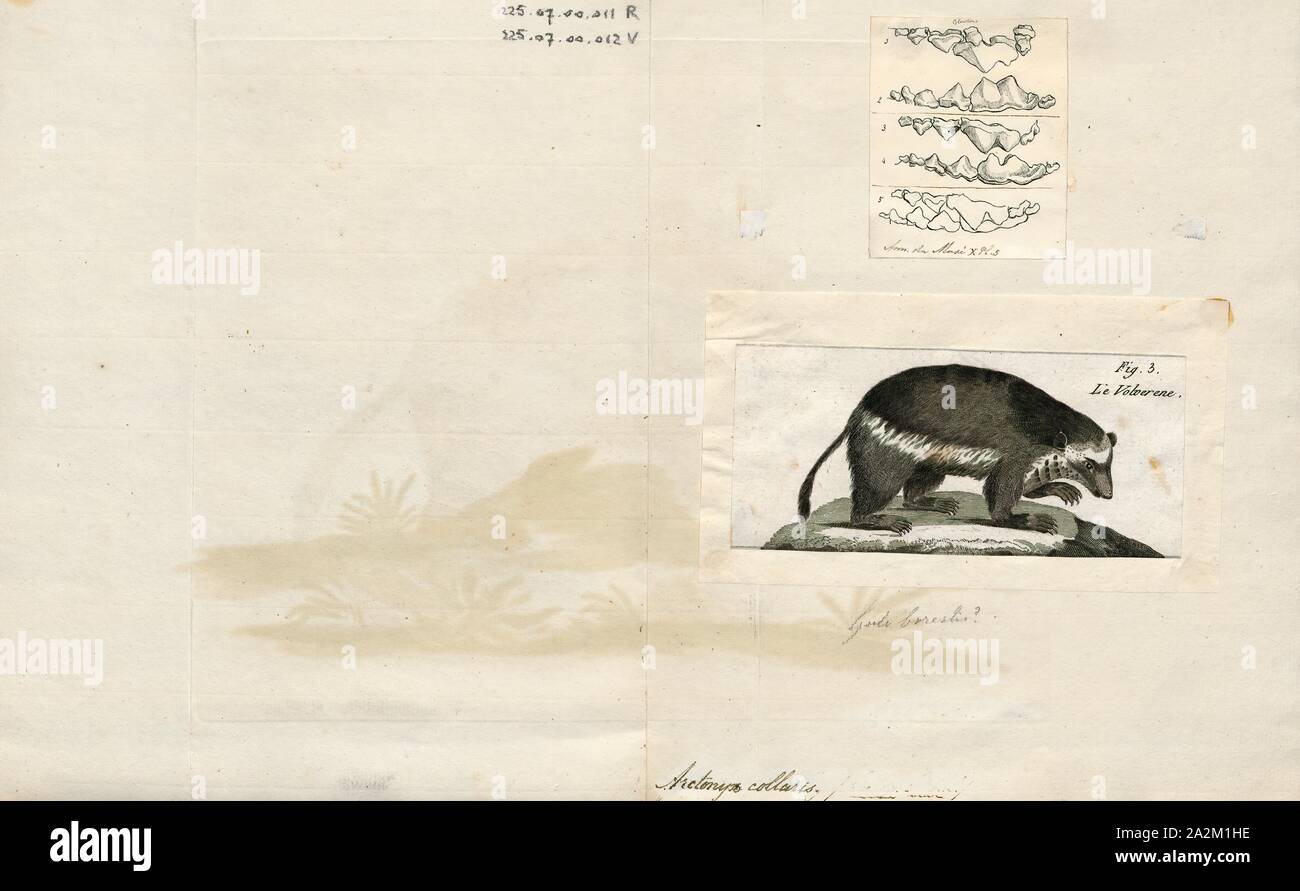 Arctonyx collaris, Print, The hog badger (Arctonyx collaris), also known as the greater hog badger, is a terrestrial mustelid native to Central and Southeast Asia. It is listed as Vulnerable in the IUCN Red List of Threatened Species because the global population is thought to be declining due to high levels of poaching., 1700-1880 Stock Photohttps://www.alamy.com/image-license-details/?v=1https://www.alamy.com/arctonyx-collaris-print-the-hog-badger-arctonyx-collaris-also-known-as-the-greater-hog-badger-is-a-terrestrial-mustelid-native-to-central-and-southeast-asia-it-is-listed-as-vulnerable-in-the-iucn-red-list-of-threatened-species-because-the-global-population-is-thought-to-be-declining-due-to-high-levels-of-poaching-1700-1880-image328666618.html
Arctonyx collaris, Print, The hog badger (Arctonyx collaris), also known as the greater hog badger, is a terrestrial mustelid native to Central and Southeast Asia. It is listed as Vulnerable in the IUCN Red List of Threatened Species because the global population is thought to be declining due to high levels of poaching., 1700-1880 Stock Photohttps://www.alamy.com/image-license-details/?v=1https://www.alamy.com/arctonyx-collaris-print-the-hog-badger-arctonyx-collaris-also-known-as-the-greater-hog-badger-is-a-terrestrial-mustelid-native-to-central-and-southeast-asia-it-is-listed-as-vulnerable-in-the-iucn-red-list-of-threatened-species-because-the-global-population-is-thought-to-be-declining-due-to-high-levels-of-poaching-1700-1880-image328666618.htmlRM2A2M1HE–Arctonyx collaris, Print, The hog badger (Arctonyx collaris), also known as the greater hog badger, is a terrestrial mustelid native to Central and Southeast Asia. It is listed as Vulnerable in the IUCN Red List of Threatened Species because the global population is thought to be declining due to high levels of poaching., 1700-1880
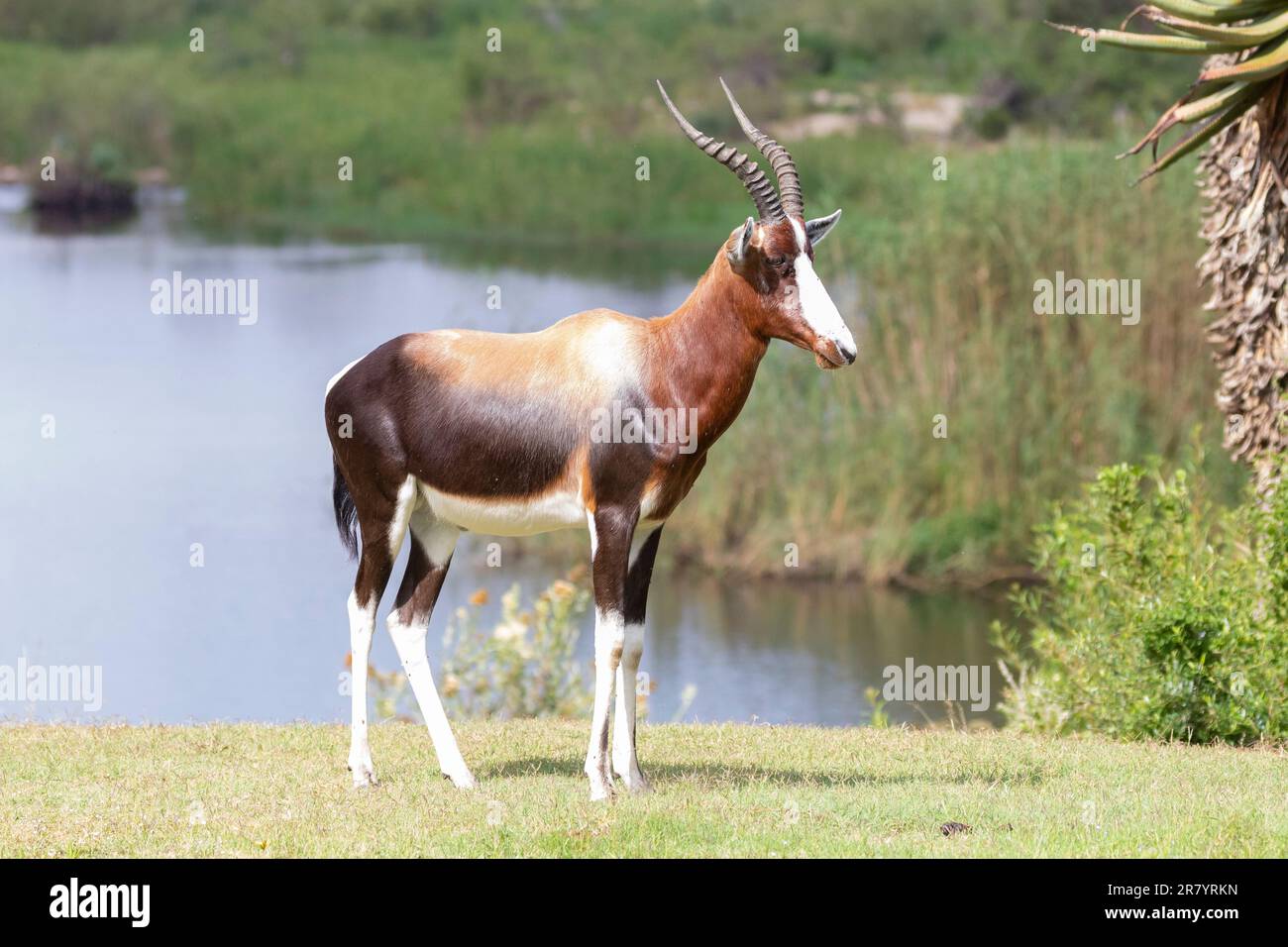 Bontebok (Damaliscus pygargus pygargus) on the bank of the Breede River, Bontebok National Park, near Swellendam, Western Cape, South Africa. The bont Stock Photohttps://www.alamy.com/image-license-details/?v=1https://www.alamy.com/bontebok-damaliscus-pygargus-pygargus-on-the-bank-of-the-breede-river-bontebok-national-park-near-swellendam-western-cape-south-africa-the-bont-image555645657.html
Bontebok (Damaliscus pygargus pygargus) on the bank of the Breede River, Bontebok National Park, near Swellendam, Western Cape, South Africa. The bont Stock Photohttps://www.alamy.com/image-license-details/?v=1https://www.alamy.com/bontebok-damaliscus-pygargus-pygargus-on-the-bank-of-the-breede-river-bontebok-national-park-near-swellendam-western-cape-south-africa-the-bont-image555645657.htmlRM2R7YRKN–Bontebok (Damaliscus pygargus pygargus) on the bank of the Breede River, Bontebok National Park, near Swellendam, Western Cape, South Africa. The bont
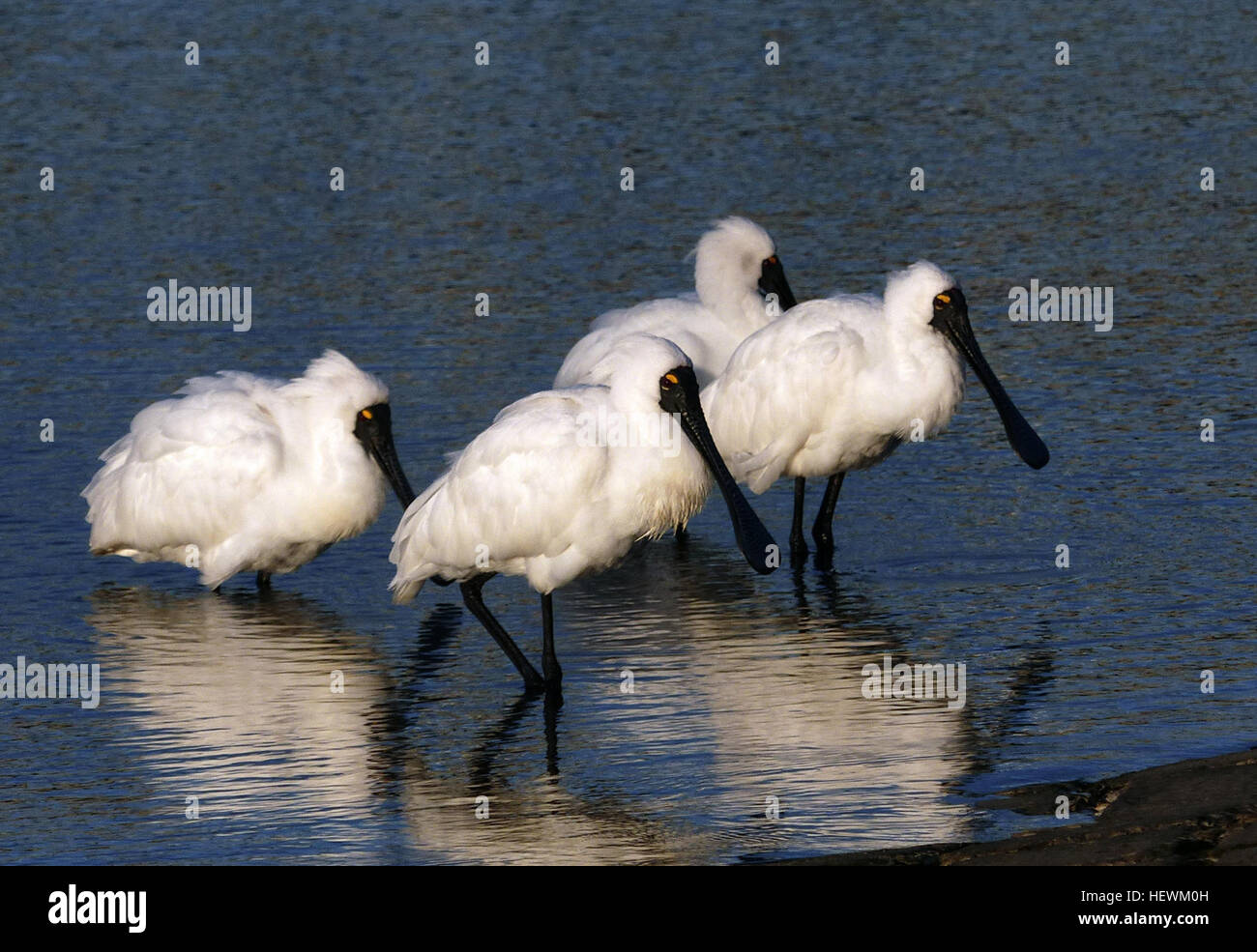 The royal spoonbill (Platalea regia) also known as the black-billed spoonbill, occurs in intertidal flats and shallows of fresh and saltwater wetlands in Australia, New Zealand, Indonesia, Papua New Guinea, and the Solomon Islands. It has also been recorded as a vagrant in New Caledonia. The royal spoonbill lives in wetlands and feeds on crustaceans, fish and small insects by sweeping its bill from side to side. It always flies with its head extended. Widespread throughout its large range, the royal spoonbill is evaluated as Least Concern on the IUCN Red List of Threatened Species. Stock Photohttps://www.alamy.com/image-license-details/?v=1https://www.alamy.com/stock-photo-the-royal-spoonbill-platalea-regia-also-known-as-the-black-billed-129642257.html
The royal spoonbill (Platalea regia) also known as the black-billed spoonbill, occurs in intertidal flats and shallows of fresh and saltwater wetlands in Australia, New Zealand, Indonesia, Papua New Guinea, and the Solomon Islands. It has also been recorded as a vagrant in New Caledonia. The royal spoonbill lives in wetlands and feeds on crustaceans, fish and small insects by sweeping its bill from side to side. It always flies with its head extended. Widespread throughout its large range, the royal spoonbill is evaluated as Least Concern on the IUCN Red List of Threatened Species. Stock Photohttps://www.alamy.com/image-license-details/?v=1https://www.alamy.com/stock-photo-the-royal-spoonbill-platalea-regia-also-known-as-the-black-billed-129642257.htmlRMHEWM0H–The royal spoonbill (Platalea regia) also known as the black-billed spoonbill, occurs in intertidal flats and shallows of fresh and saltwater wetlands in Australia, New Zealand, Indonesia, Papua New Guinea, and the Solomon Islands. It has also been recorded as a vagrant in New Caledonia. The royal spoonbill lives in wetlands and feeds on crustaceans, fish and small insects by sweeping its bill from side to side. It always flies with its head extended. Widespread throughout its large range, the royal spoonbill is evaluated as Least Concern on the IUCN Red List of Threatened Species.
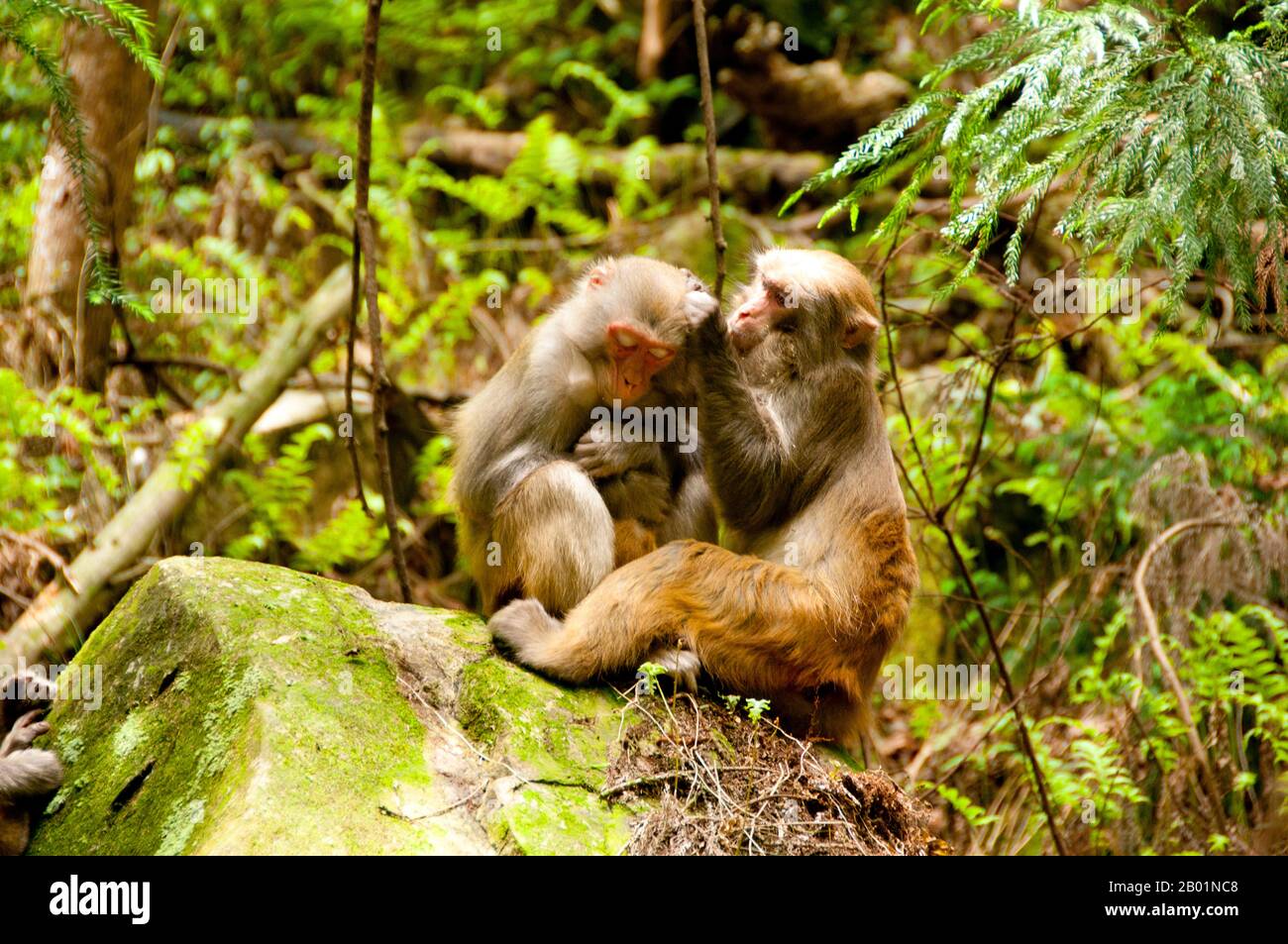 China: Rhesus monkeys (Macaca mulatta), Wulingyuan Scenic Area (Zhangjiajie), Hunan Province. The Rhesus macaque (Macaca mulatta), also called the Rhesus monkey, is brown or grey in colour and has a pink face, which is bereft of fur. Its tail is of medium length and averages between 20.7 and 22.9 cm (8.1 and 9.0 in). Adult males measure approximately 53 cm (21 in) on average and weigh about 7.7 kg (17 lb). Females are smaller, averaging 47 cm (19 in) in length and 5.3 kg (12 lb) in weight. It is listed as Least Concern in the IUCN Red List of Threatened Species. Stock Photohttps://www.alamy.com/image-license-details/?v=1https://www.alamy.com/china-rhesus-monkeys-macaca-mulatta-wulingyuan-scenic-area-zhangjiajie-hunan-province-the-rhesus-macaque-macaca-mulatta-also-called-the-rhesus-monkey-is-brown-or-grey-in-colour-and-has-a-pink-face-which-is-bereft-of-fur-its-tail-is-of-medium-length-and-averages-between-207-and-229-cm-81-and-90-in-adult-males-measure-approximately-53-cm-21-in-on-average-and-weigh-about-77-kg-17-lb-females-are-smaller-averaging-47-cm-19-in-in-length-and-53-kg-12-lb-in-weight-it-is-listed-as-least-concern-in-the-iucn-red-list-of-threatened-species-image344246120.html
China: Rhesus monkeys (Macaca mulatta), Wulingyuan Scenic Area (Zhangjiajie), Hunan Province. The Rhesus macaque (Macaca mulatta), also called the Rhesus monkey, is brown or grey in colour and has a pink face, which is bereft of fur. Its tail is of medium length and averages between 20.7 and 22.9 cm (8.1 and 9.0 in). Adult males measure approximately 53 cm (21 in) on average and weigh about 7.7 kg (17 lb). Females are smaller, averaging 47 cm (19 in) in length and 5.3 kg (12 lb) in weight. It is listed as Least Concern in the IUCN Red List of Threatened Species. Stock Photohttps://www.alamy.com/image-license-details/?v=1https://www.alamy.com/china-rhesus-monkeys-macaca-mulatta-wulingyuan-scenic-area-zhangjiajie-hunan-province-the-rhesus-macaque-macaca-mulatta-also-called-the-rhesus-monkey-is-brown-or-grey-in-colour-and-has-a-pink-face-which-is-bereft-of-fur-its-tail-is-of-medium-length-and-averages-between-207-and-229-cm-81-and-90-in-adult-males-measure-approximately-53-cm-21-in-on-average-and-weigh-about-77-kg-17-lb-females-are-smaller-averaging-47-cm-19-in-in-length-and-53-kg-12-lb-in-weight-it-is-listed-as-least-concern-in-the-iucn-red-list-of-threatened-species-image344246120.htmlRM2B01NC8–China: Rhesus monkeys (Macaca mulatta), Wulingyuan Scenic Area (Zhangjiajie), Hunan Province. The Rhesus macaque (Macaca mulatta), also called the Rhesus monkey, is brown or grey in colour and has a pink face, which is bereft of fur. Its tail is of medium length and averages between 20.7 and 22.9 cm (8.1 and 9.0 in). Adult males measure approximately 53 cm (21 in) on average and weigh about 7.7 kg (17 lb). Females are smaller, averaging 47 cm (19 in) in length and 5.3 kg (12 lb) in weight. It is listed as Least Concern in the IUCN Red List of Threatened Species.
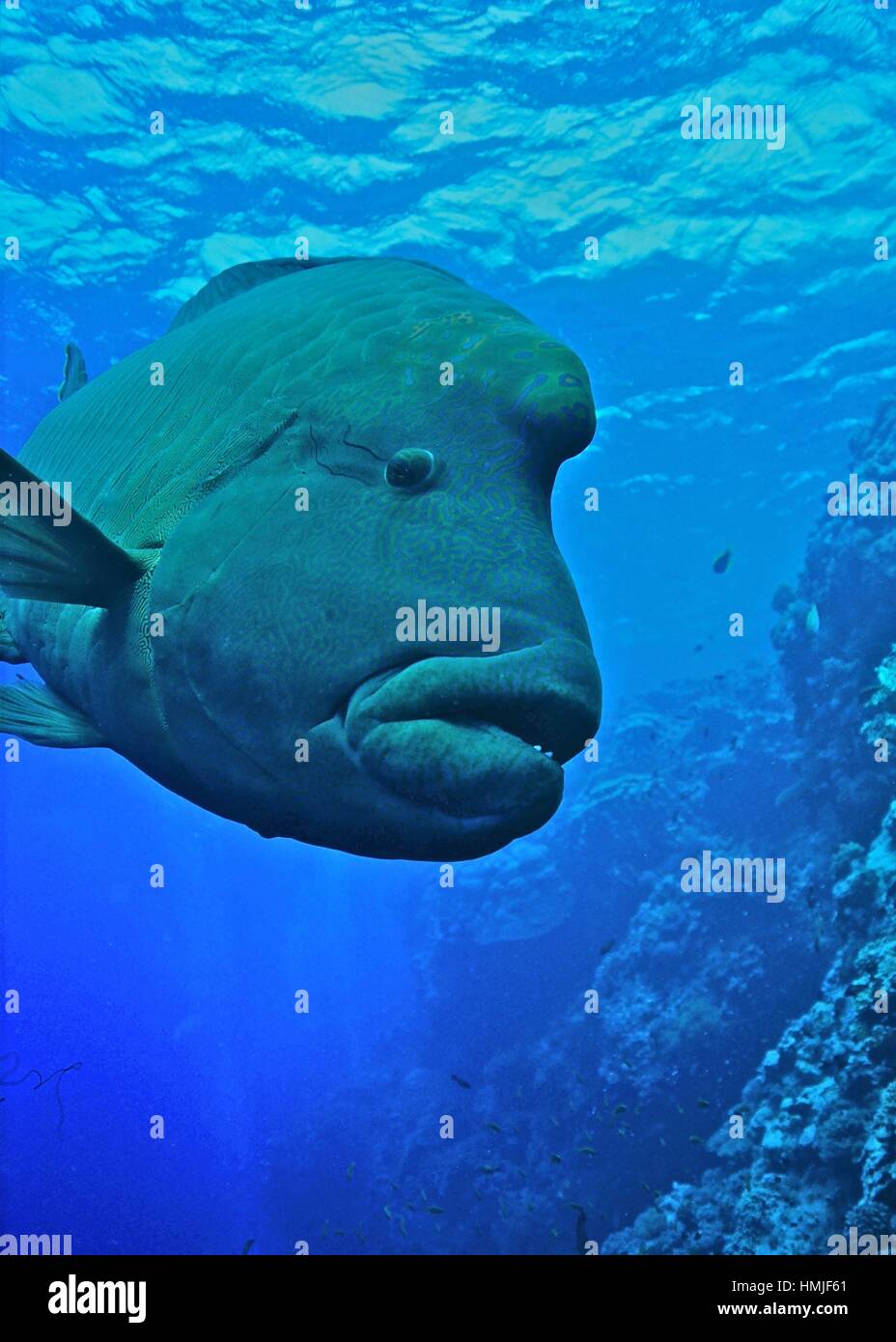 The humphead wrasse (Cheilinus undulatus) is listed as endangered in the IUCN Red List of Threatened Species. Photographed in the Egyptian Red Sea. Stock Photohttps://www.alamy.com/image-license-details/?v=1https://www.alamy.com/stock-photo-the-humphead-wrasse-cheilinus-undulatus-is-listed-as-endangered-in-133172761.html
The humphead wrasse (Cheilinus undulatus) is listed as endangered in the IUCN Red List of Threatened Species. Photographed in the Egyptian Red Sea. Stock Photohttps://www.alamy.com/image-license-details/?v=1https://www.alamy.com/stock-photo-the-humphead-wrasse-cheilinus-undulatus-is-listed-as-endangered-in-133172761.htmlRFHMJF61–The humphead wrasse (Cheilinus undulatus) is listed as endangered in the IUCN Red List of Threatened Species. Photographed in the Egyptian Red Sea.
 PARIS, Feb. 18, 2023 (Xinhua) -- A Goodfellow's tree kangaroo joey peeks out of its mother's pouch at a zoo in Paris, France, Feb. 17, 2023. The Goodfellow's tree kangaroo is classified as 'endangered' on the International Union for Conservation of Nature (IUCN) Red List of Threatened Species. (Photo by Aurelien Morissard/Xinhua) Stock Photohttps://www.alamy.com/image-license-details/?v=1https://www.alamy.com/paris-feb-18-2023-xinhua-a-goodfellows-tree-kangaroo-joey-peeks-out-of-its-mothers-pouch-at-a-zoo-in-paris-france-feb-17-2023-the-goodfellows-tree-kangaroo-is-classified-as-endangered-on-the-international-union-for-conservation-of-nature-iucn-red-list-of-threatened-species-photo-by-aurelien-morissardxinhua-image526016926.html
PARIS, Feb. 18, 2023 (Xinhua) -- A Goodfellow's tree kangaroo joey peeks out of its mother's pouch at a zoo in Paris, France, Feb. 17, 2023. The Goodfellow's tree kangaroo is classified as 'endangered' on the International Union for Conservation of Nature (IUCN) Red List of Threatened Species. (Photo by Aurelien Morissard/Xinhua) Stock Photohttps://www.alamy.com/image-license-details/?v=1https://www.alamy.com/paris-feb-18-2023-xinhua-a-goodfellows-tree-kangaroo-joey-peeks-out-of-its-mothers-pouch-at-a-zoo-in-paris-france-feb-17-2023-the-goodfellows-tree-kangaroo-is-classified-as-endangered-on-the-international-union-for-conservation-of-nature-iucn-red-list-of-threatened-species-photo-by-aurelien-morissardxinhua-image526016926.htmlRM2NFP3XP–PARIS, Feb. 18, 2023 (Xinhua) -- A Goodfellow's tree kangaroo joey peeks out of its mother's pouch at a zoo in Paris, France, Feb. 17, 2023. The Goodfellow's tree kangaroo is classified as 'endangered' on the International Union for Conservation of Nature (IUCN) Red List of Threatened Species. (Photo by Aurelien Morissard/Xinhua)
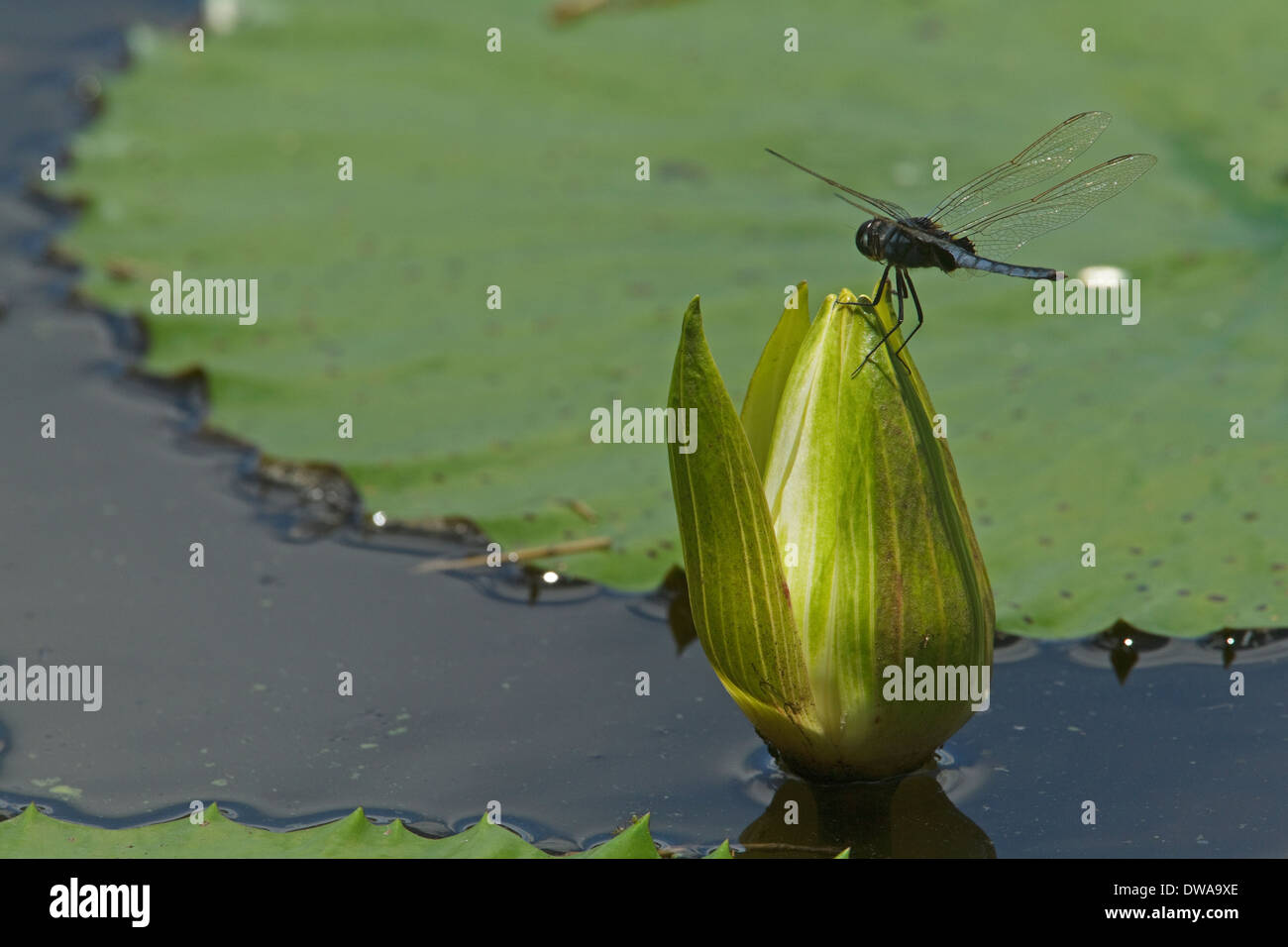 Blue Basker (Urothemis edwardsii), male On The IUCN Red List of Threatened Species, Kruger national park South Africa Stock Photohttps://www.alamy.com/image-license-details/?v=1https://www.alamy.com/blue-basker-urothemis-edwardsii-male-on-the-iucn-red-list-of-threatened-image67224822.html
Blue Basker (Urothemis edwardsii), male On The IUCN Red List of Threatened Species, Kruger national park South Africa Stock Photohttps://www.alamy.com/image-license-details/?v=1https://www.alamy.com/blue-basker-urothemis-edwardsii-male-on-the-iucn-red-list-of-threatened-image67224822.htmlRFDWA9XE–Blue Basker (Urothemis edwardsii), male On The IUCN Red List of Threatened Species, Kruger national park South Africa
 221028 -- NAIROBI, Oct. 28, 2022 -- A lemur is seen in Moheli, Comoros, Jan. 8, 2022. Many species of lemurs are listed on the International Union for Conservation of Nature IUCN Red List of Threatened Species and are in danger of extinction due to habitat destruction and illegal hunting in recent years. COMOROS-LEMUR DongxJianghui PUBLICATIONxNOTxINxCHN Stock Photohttps://www.alamy.com/image-license-details/?v=1https://www.alamy.com/221028-nairobi-oct-28-2022-a-lemur-is-seen-in-moheli-comoros-jan-8-2022-many-species-of-lemurs-are-listed-on-the-international-union-for-conservation-of-nature-iucn-red-list-of-threatened-species-and-are-in-danger-of-extinction-due-to-habitat-destruction-and-illegal-hunting-in-recent-years-comoros-lemur-dongxjianghui-publicationxnotxinxchn-image565320383.html
221028 -- NAIROBI, Oct. 28, 2022 -- A lemur is seen in Moheli, Comoros, Jan. 8, 2022. Many species of lemurs are listed on the International Union for Conservation of Nature IUCN Red List of Threatened Species and are in danger of extinction due to habitat destruction and illegal hunting in recent years. COMOROS-LEMUR DongxJianghui PUBLICATIONxNOTxINxCHN Stock Photohttps://www.alamy.com/image-license-details/?v=1https://www.alamy.com/221028-nairobi-oct-28-2022-a-lemur-is-seen-in-moheli-comoros-jan-8-2022-many-species-of-lemurs-are-listed-on-the-international-union-for-conservation-of-nature-iucn-red-list-of-threatened-species-and-are-in-danger-of-extinction-due-to-habitat-destruction-and-illegal-hunting-in-recent-years-comoros-lemur-dongxjianghui-publicationxnotxinxchn-image565320383.htmlRM2RRMFWK–221028 -- NAIROBI, Oct. 28, 2022 -- A lemur is seen in Moheli, Comoros, Jan. 8, 2022. Many species of lemurs are listed on the International Union for Conservation of Nature IUCN Red List of Threatened Species and are in danger of extinction due to habitat destruction and illegal hunting in recent years. COMOROS-LEMUR DongxJianghui PUBLICATIONxNOTxINxCHN
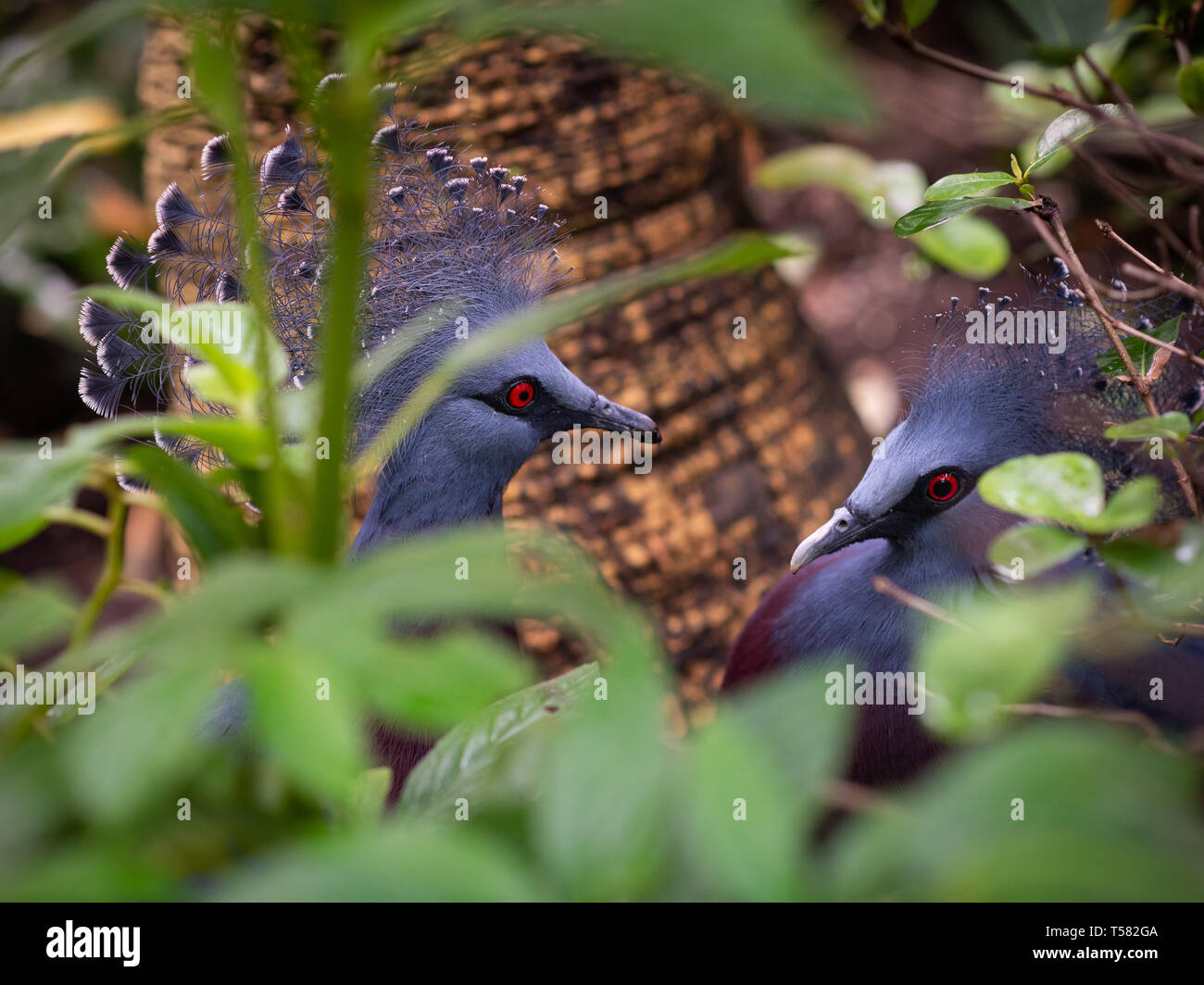 Victoria Crowned Pigeons at Islands, Chester Zoo prior to fire Stock Photohttps://www.alamy.com/image-license-details/?v=1https://www.alamy.com/victoria-crowned-pigeons-at-islands-chester-zoo-prior-to-fire-image244196074.html
Victoria Crowned Pigeons at Islands, Chester Zoo prior to fire Stock Photohttps://www.alamy.com/image-license-details/?v=1https://www.alamy.com/victoria-crowned-pigeons-at-islands-chester-zoo-prior-to-fire-image244196074.htmlRFT582GA–Victoria Crowned Pigeons at Islands, Chester Zoo prior to fire
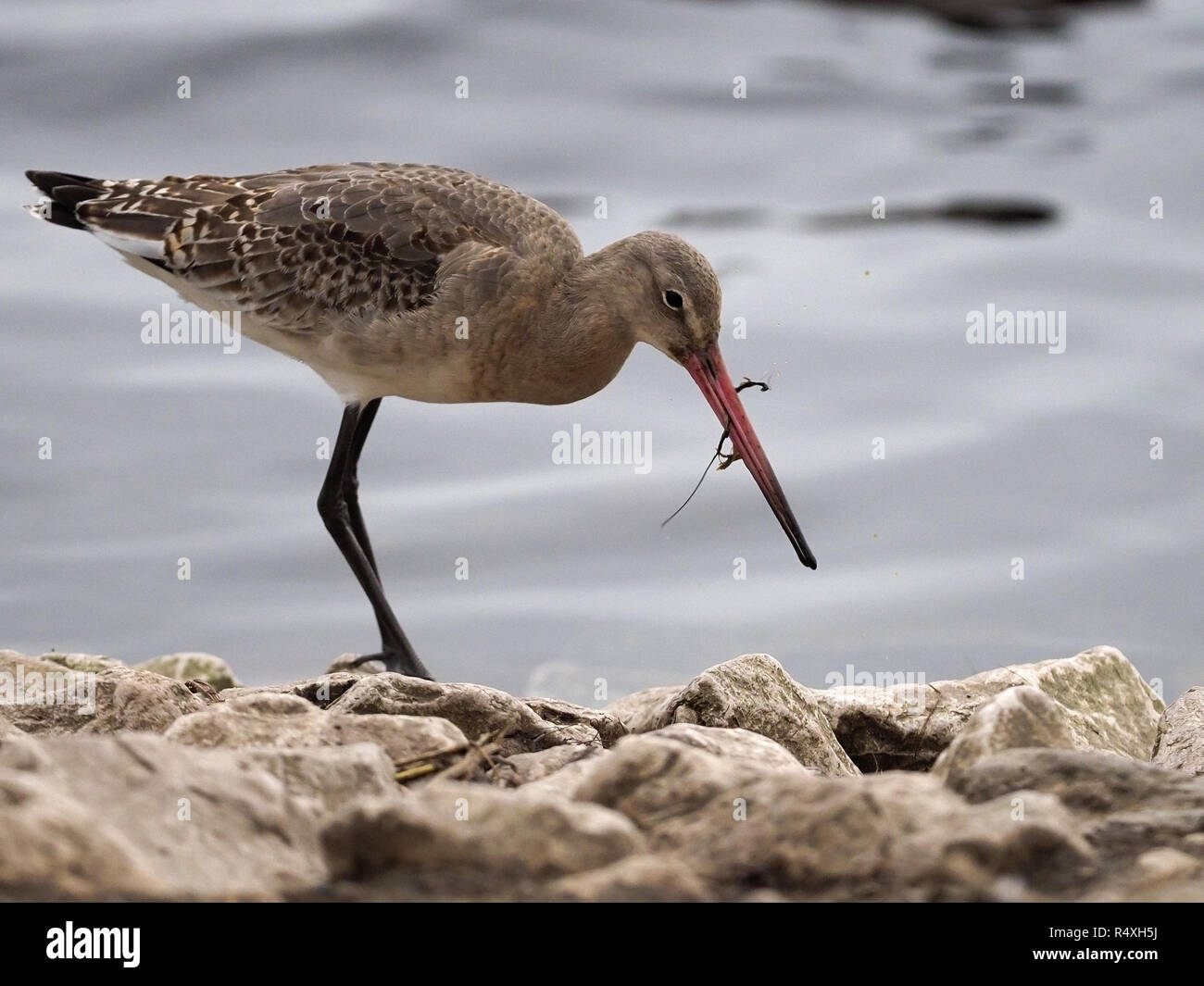 Black-tailed Godwit.Scientific name: Limosa limosa The Black-tailed Godwit is a rare breeding bird in the UK that has suffered from dramatic declines. Classified in the UK as Red under the Birds of Conservation Concern 4: the Red List for Birds (2015). Protected in the UK under the Wildlife and Countryside Act, 1981. Priority Species under the UK Post-2010 Biodiversity Framework. Listed as Near Threatened on the global IUCN Red List of Threatened Species.the Black-tailed Godwit breeds in wet grasslands, and winters on coastal estuaries and marshes, and at inland shallow waters. A sociable bird Stock Photohttps://www.alamy.com/image-license-details/?v=1https://www.alamy.com/black-tailed-godwitscientific-name-limosa-limosa-the-black-tailed-godwit-is-a-rare-breeding-bird-in-the-uk-that-has-suffered-from-dramatic-declines-classified-in-the-uk-as-red-under-the-birds-of-conservation-concern-4-the-red-list-for-birds-2015-protected-in-the-uk-under-the-wildlife-and-countryside-act-1981-priority-species-under-the-uk-post-2010-biodiversity-framework-listed-as-near-threatened-on-the-global-iucn-red-list-of-threatened-speciesthe-black-tailed-godwit-breeds-in-wet-grasslands-and-winters-on-coastal-estuaries-and-marshes-and-at-inland-shallow-waters-a-sociable-bird-image226777646.html
Black-tailed Godwit.Scientific name: Limosa limosa The Black-tailed Godwit is a rare breeding bird in the UK that has suffered from dramatic declines. Classified in the UK as Red under the Birds of Conservation Concern 4: the Red List for Birds (2015). Protected in the UK under the Wildlife and Countryside Act, 1981. Priority Species under the UK Post-2010 Biodiversity Framework. Listed as Near Threatened on the global IUCN Red List of Threatened Species.the Black-tailed Godwit breeds in wet grasslands, and winters on coastal estuaries and marshes, and at inland shallow waters. A sociable bird Stock Photohttps://www.alamy.com/image-license-details/?v=1https://www.alamy.com/black-tailed-godwitscientific-name-limosa-limosa-the-black-tailed-godwit-is-a-rare-breeding-bird-in-the-uk-that-has-suffered-from-dramatic-declines-classified-in-the-uk-as-red-under-the-birds-of-conservation-concern-4-the-red-list-for-birds-2015-protected-in-the-uk-under-the-wildlife-and-countryside-act-1981-priority-species-under-the-uk-post-2010-biodiversity-framework-listed-as-near-threatened-on-the-global-iucn-red-list-of-threatened-speciesthe-black-tailed-godwit-breeds-in-wet-grasslands-and-winters-on-coastal-estuaries-and-marshes-and-at-inland-shallow-waters-a-sociable-bird-image226777646.htmlRMR4XH5J–Black-tailed Godwit.Scientific name: Limosa limosa The Black-tailed Godwit is a rare breeding bird in the UK that has suffered from dramatic declines. Classified in the UK as Red under the Birds of Conservation Concern 4: the Red List for Birds (2015). Protected in the UK under the Wildlife and Countryside Act, 1981. Priority Species under the UK Post-2010 Biodiversity Framework. Listed as Near Threatened on the global IUCN Red List of Threatened Species.the Black-tailed Godwit breeds in wet grasslands, and winters on coastal estuaries and marshes, and at inland shallow waters. A sociable bird
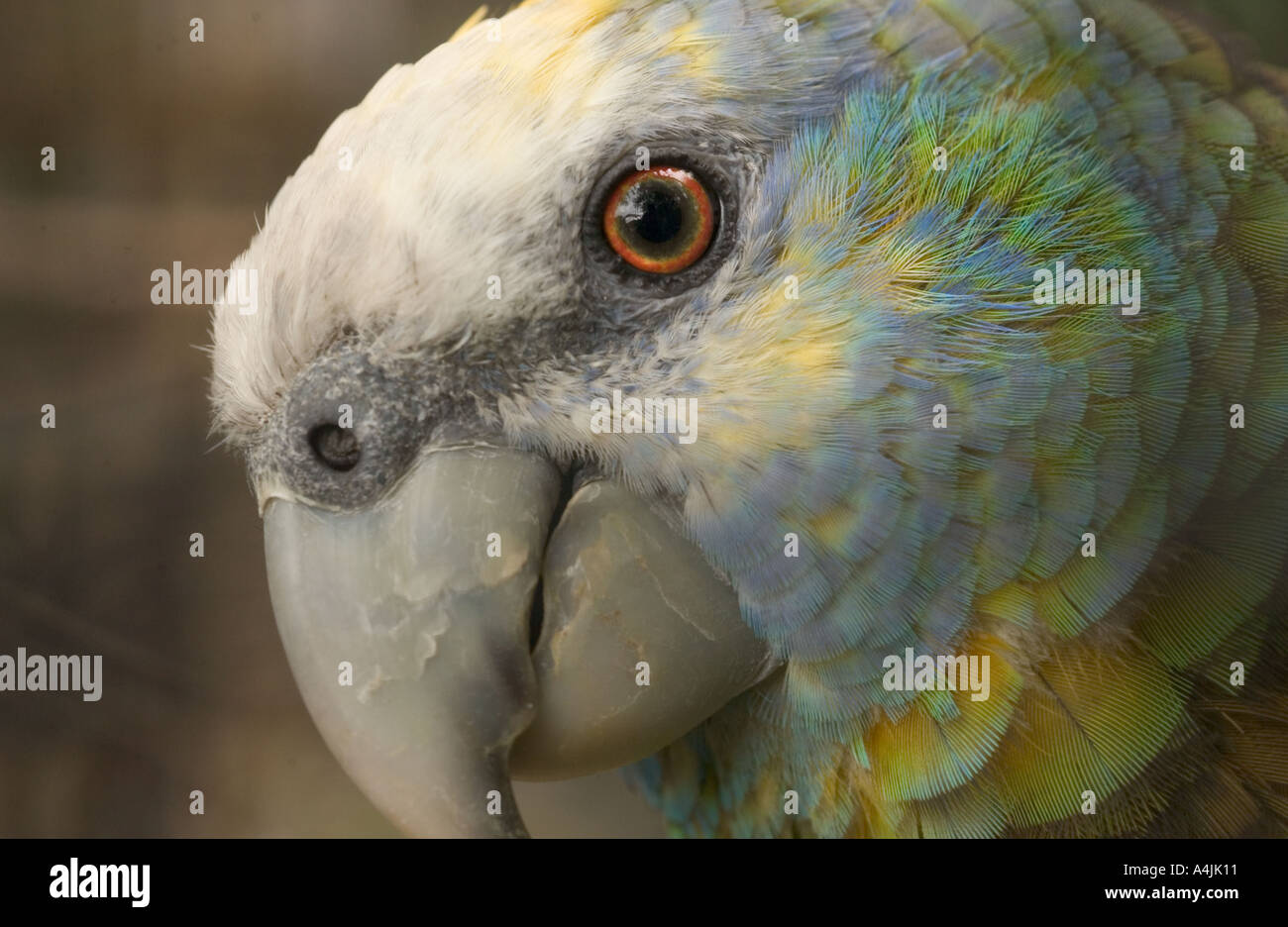 Saint Vincent Parrot (Amazona guildingii) juvenile close-up of the head, Vulnerable on the IUCN Red List of Threatened Species Stock Photohttps://www.alamy.com/image-license-details/?v=1https://www.alamy.com/saint-vincent-parrot-amazona-guildingii-juvenile-close-up-of-the-head-image3611408.html
Saint Vincent Parrot (Amazona guildingii) juvenile close-up of the head, Vulnerable on the IUCN Red List of Threatened Species Stock Photohttps://www.alamy.com/image-license-details/?v=1https://www.alamy.com/saint-vincent-parrot-amazona-guildingii-juvenile-close-up-of-the-head-image3611408.htmlRMA4JK11–Saint Vincent Parrot (Amazona guildingii) juvenile close-up of the head, Vulnerable on the IUCN Red List of Threatened Species
 flock of skudde sheep. skudde are one of the oldest domesticated sheep races and listed in the IUCN red list of threatened species Stock Photohttps://www.alamy.com/image-license-details/?v=1https://www.alamy.com/flock-of-skudde-sheep-skudde-are-one-of-the-oldest-domesticated-sheep-races-and-listed-in-the-iucn-red-list-of-threatened-species-image255908773.html
flock of skudde sheep. skudde are one of the oldest domesticated sheep races and listed in the IUCN red list of threatened species Stock Photohttps://www.alamy.com/image-license-details/?v=1https://www.alamy.com/flock-of-skudde-sheep-skudde-are-one-of-the-oldest-domesticated-sheep-races-and-listed-in-the-iucn-red-list-of-threatened-species-image255908773.htmlRFTT9J71–flock of skudde sheep. skudde are one of the oldest domesticated sheep races and listed in the IUCN red list of threatened species
 Water lily bloom in the lake. Toned wide photo. White flower. Nympaea Tetragona Georgi. Included in the IUCN Red List of Threatened Species. Kenozersk Stock Photohttps://www.alamy.com/image-license-details/?v=1https://www.alamy.com/stock-image-water-lily-bloom-in-the-lake-toned-wide-photo-white-flower-nympaea-163359399.html
Water lily bloom in the lake. Toned wide photo. White flower. Nympaea Tetragona Georgi. Included in the IUCN Red List of Threatened Species. Kenozersk Stock Photohttps://www.alamy.com/image-license-details/?v=1https://www.alamy.com/stock-image-water-lily-bloom-in-the-lake-toned-wide-photo-white-flower-nympaea-163359399.htmlRFKDNJG7–Water lily bloom in the lake. Toned wide photo. White flower. Nympaea Tetragona Georgi. Included in the IUCN Red List of Threatened Species. Kenozersk
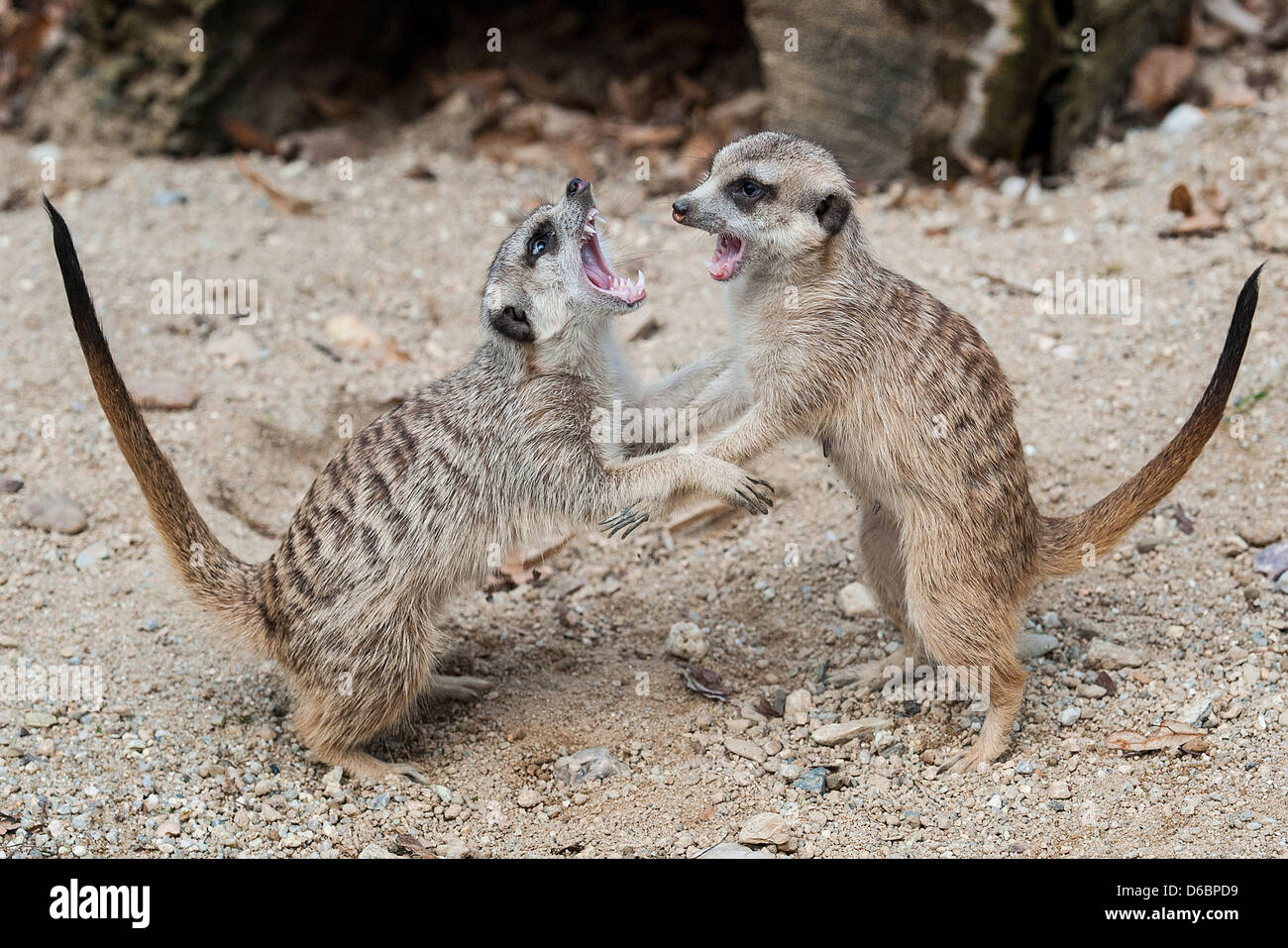 Liberec, Czech Republic. 16th April, 2013. Young Meerkats received the most votes as the best cubs from the visitors of Zoo Liberec. Small beasts grow from 25 to 35 cm and they are registered in the IUCN Red List of Threatened Species. They inhabit dry savannas, deserts and semi-deserts, mostly the South African Kalahari desert. Meerkats are seen in Liberec, Czech Republic, April 16, 2013. (Radek Petrasek/CTK Photo/Alamy Live News) Stock Photohttps://www.alamy.com/image-license-details/?v=1https://www.alamy.com/stock-photo-liberec-czech-republic-16th-april-2013-young-meerkats-received-the-55578133.html
Liberec, Czech Republic. 16th April, 2013. Young Meerkats received the most votes as the best cubs from the visitors of Zoo Liberec. Small beasts grow from 25 to 35 cm and they are registered in the IUCN Red List of Threatened Species. They inhabit dry savannas, deserts and semi-deserts, mostly the South African Kalahari desert. Meerkats are seen in Liberec, Czech Republic, April 16, 2013. (Radek Petrasek/CTK Photo/Alamy Live News) Stock Photohttps://www.alamy.com/image-license-details/?v=1https://www.alamy.com/stock-photo-liberec-czech-republic-16th-april-2013-young-meerkats-received-the-55578133.htmlRMD6BPD9–Liberec, Czech Republic. 16th April, 2013. Young Meerkats received the most votes as the best cubs from the visitors of Zoo Liberec. Small beasts grow from 25 to 35 cm and they are registered in the IUCN Red List of Threatened Species. They inhabit dry savannas, deserts and semi-deserts, mostly the South African Kalahari desert. Meerkats are seen in Liberec, Czech Republic, April 16, 2013. (Radek Petrasek/CTK Photo/Alamy Live News)
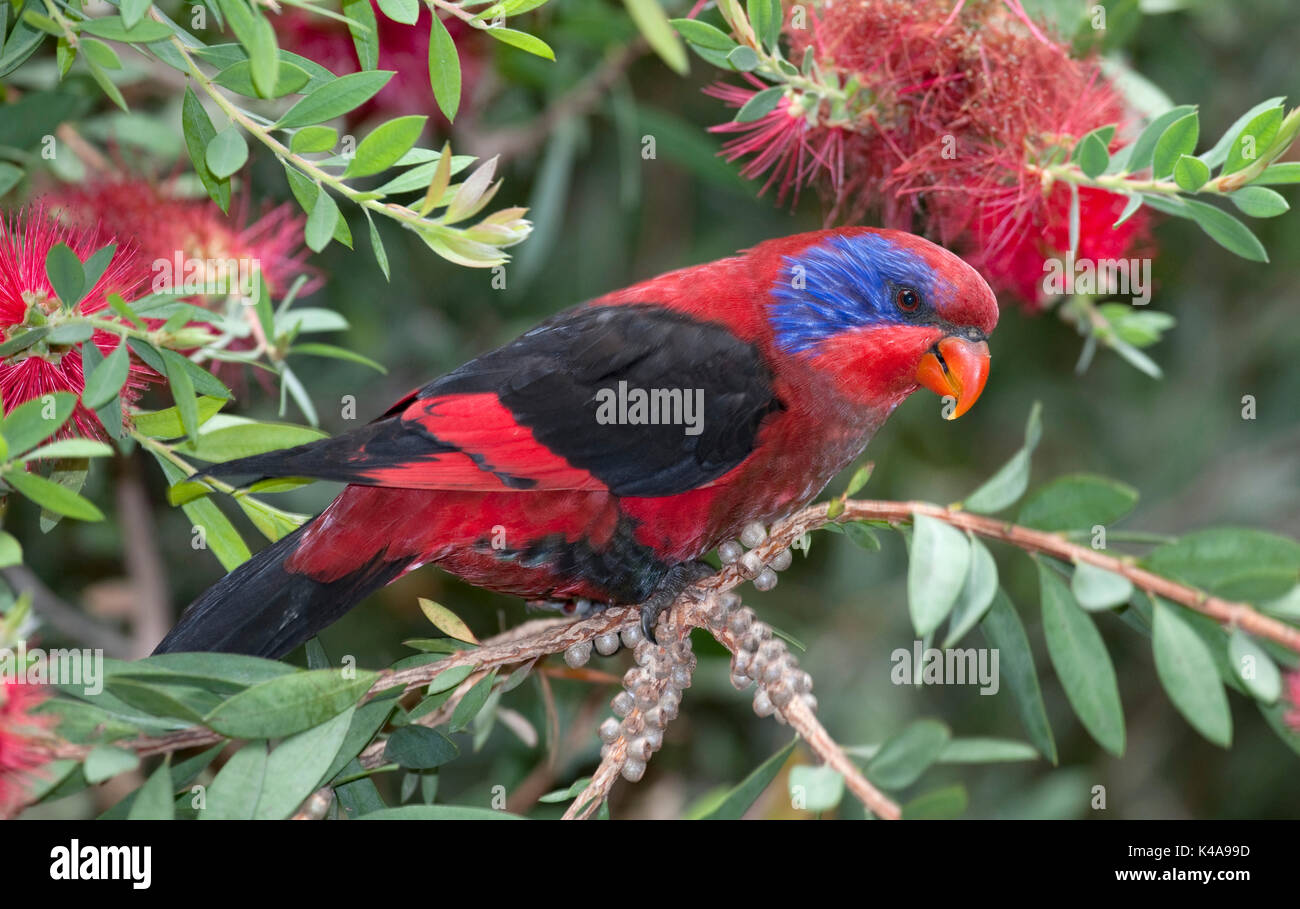 Black-winged Lory, Eos cyanogenia, feeding, Captive, endemic to Indonesia, Vulnerable, IUCN Red List of Threatened Species. It is listed on Appendix Stock Photohttps://www.alamy.com/image-license-details/?v=1https://www.alamy.com/black-winged-lory-eos-cyanogenia-feeding-captive-endemic-to-indonesia-image157578777.html
Black-winged Lory, Eos cyanogenia, feeding, Captive, endemic to Indonesia, Vulnerable, IUCN Red List of Threatened Species. It is listed on Appendix Stock Photohttps://www.alamy.com/image-license-details/?v=1https://www.alamy.com/black-winged-lory-eos-cyanogenia-feeding-captive-endemic-to-indonesia-image157578777.htmlRMK4A99D–Black-winged Lory, Eos cyanogenia, feeding, Captive, endemic to Indonesia, Vulnerable, IUCN Red List of Threatened Species. It is listed on Appendix
 Philippine Duck, Anas luzonica, Anatidae. Rare Duck from the Philippines, Asia. On the IUCN Red List of Threatened Species 2006. Stock Photohttps://www.alamy.com/image-license-details/?v=1https://www.alamy.com/stock-photo-philippine-duck-anas-luzonica-anatidae-rare-duck-from-the-philippines-27851324.html
Philippine Duck, Anas luzonica, Anatidae. Rare Duck from the Philippines, Asia. On the IUCN Red List of Threatened Species 2006. Stock Photohttps://www.alamy.com/image-license-details/?v=1https://www.alamy.com/stock-photo-philippine-duck-anas-luzonica-anatidae-rare-duck-from-the-philippines-27851324.htmlRMBH8MJ4–Philippine Duck, Anas luzonica, Anatidae. Rare Duck from the Philippines, Asia. On the IUCN Red List of Threatened Species 2006.
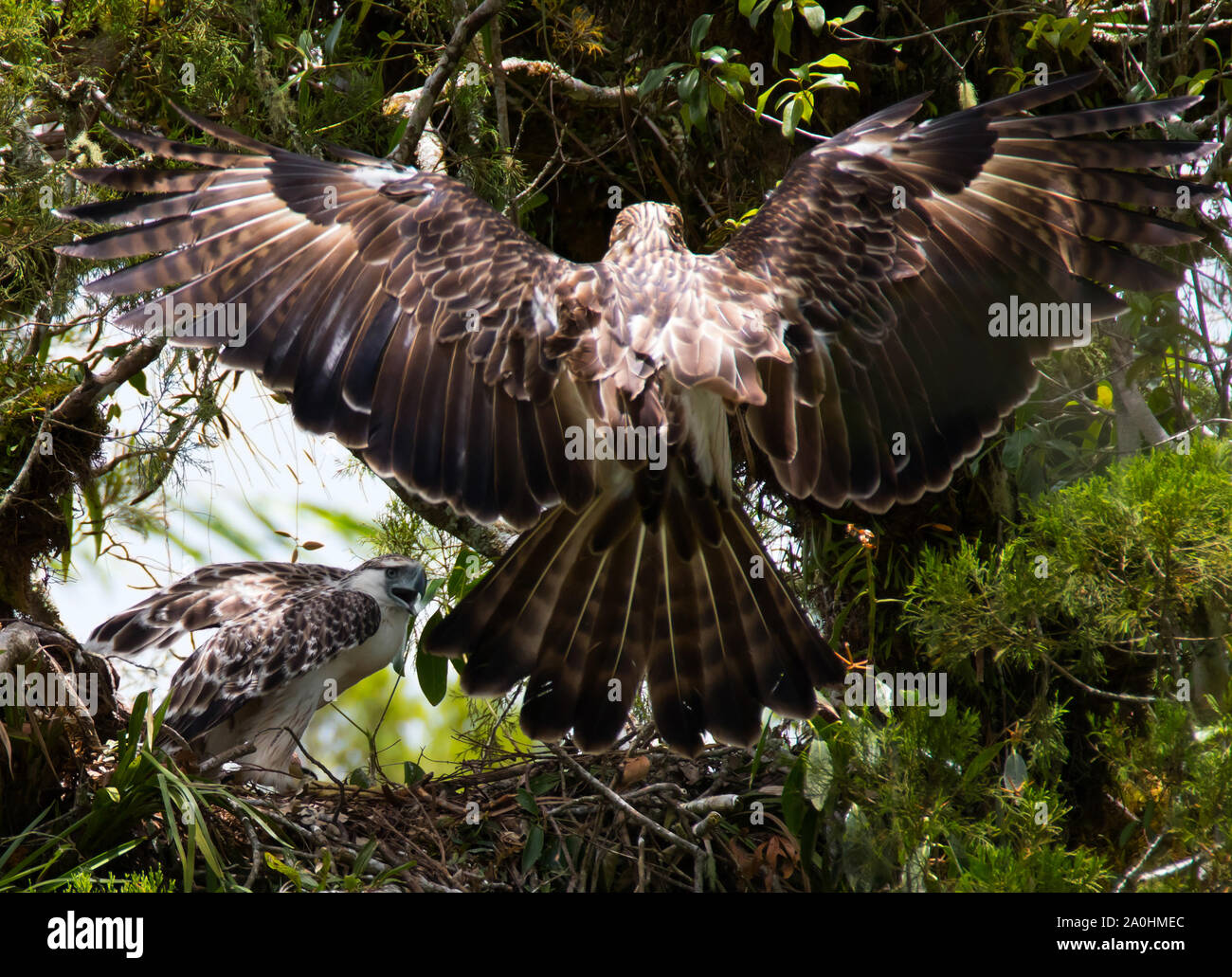 An adult Philippine Eagle with open wingspan descends to its nest with prey for the juvenile fledgeling awaiting food.Philippine Eagles are amongst the rarest Eagles.Endemic to the Philippines it is regarded as critically endangered by the IUCN Red List of Threatened Species.Loss of habitat due to deforestation is considered as a major factor in the decline of the species. Stock Photohttps://www.alamy.com/image-license-details/?v=1https://www.alamy.com/an-adult-philippine-eagle-with-open-wingspan-descends-to-its-nest-with-prey-for-the-juvenile-fledgeling-awaiting-foodphilippine-eagles-are-amongst-the-rarest-eaglesendemic-to-the-philippines-it-is-regarded-as-critically-endangered-by-the-iucn-red-list-of-threatened-speciesloss-of-habitat-due-to-deforestation-is-considered-as-a-major-factor-in-the-decline-of-the-species-image327386260.html
An adult Philippine Eagle with open wingspan descends to its nest with prey for the juvenile fledgeling awaiting food.Philippine Eagles are amongst the rarest Eagles.Endemic to the Philippines it is regarded as critically endangered by the IUCN Red List of Threatened Species.Loss of habitat due to deforestation is considered as a major factor in the decline of the species. Stock Photohttps://www.alamy.com/image-license-details/?v=1https://www.alamy.com/an-adult-philippine-eagle-with-open-wingspan-descends-to-its-nest-with-prey-for-the-juvenile-fledgeling-awaiting-foodphilippine-eagles-are-amongst-the-rarest-eaglesendemic-to-the-philippines-it-is-regarded-as-critically-endangered-by-the-iucn-red-list-of-threatened-speciesloss-of-habitat-due-to-deforestation-is-considered-as-a-major-factor-in-the-decline-of-the-species-image327386260.htmlRM2A0HMEC–An adult Philippine Eagle with open wingspan descends to its nest with prey for the juvenile fledgeling awaiting food.Philippine Eagles are amongst the rarest Eagles.Endemic to the Philippines it is regarded as critically endangered by the IUCN Red List of Threatened Species.Loss of habitat due to deforestation is considered as a major factor in the decline of the species.
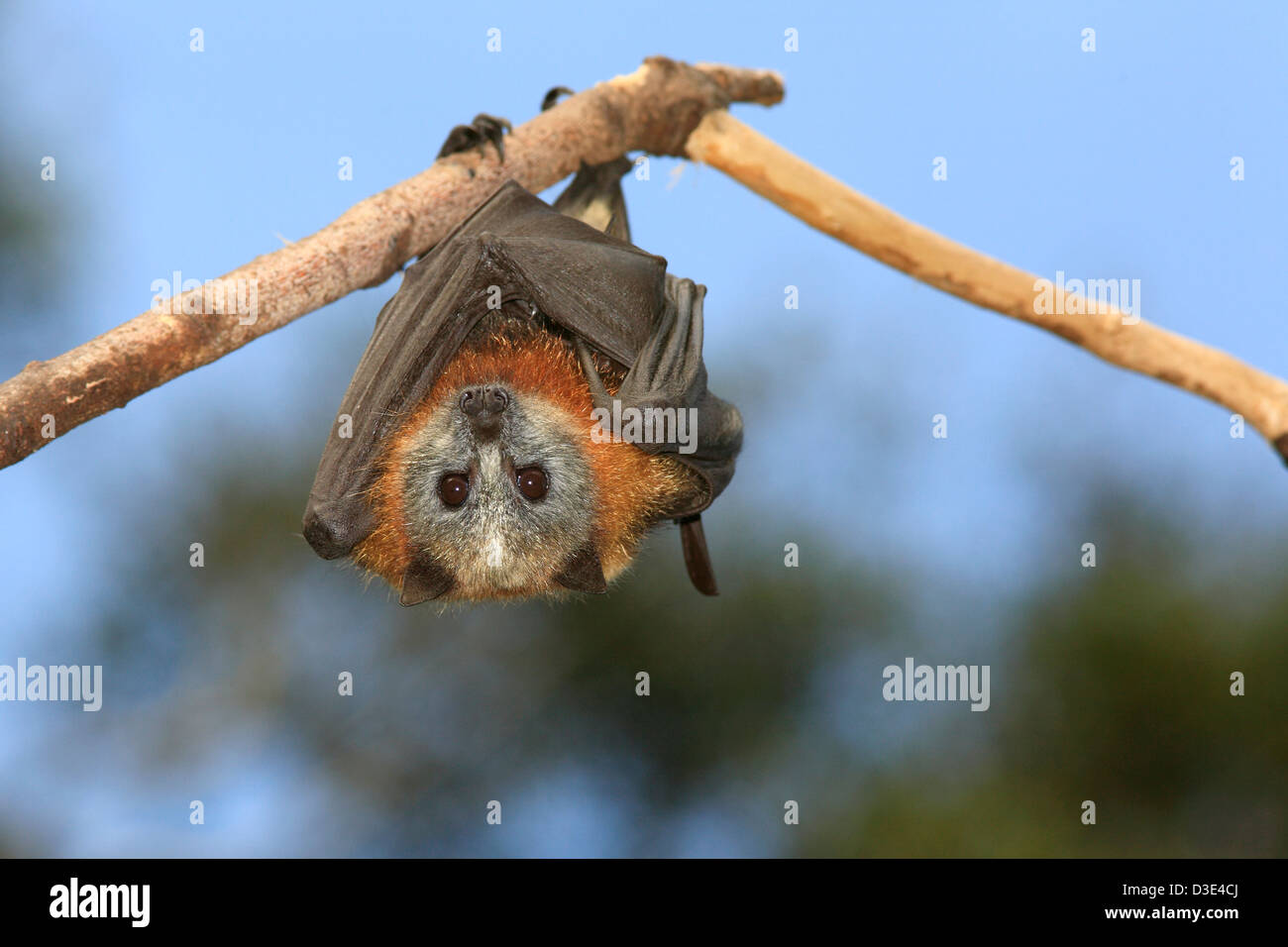 Grey Headed Flying Fox, Pteropus poliocephalus. Endemic to eastern Australia and are listed as vulnerable on the IUCN Red List of Threatened Species. Stock Photohttps://www.alamy.com/image-license-details/?v=1https://www.alamy.com/stock-photo-grey-headed-flying-fox-pteropus-poliocephalus-endemic-to-eastern-australia-53785890.html
Grey Headed Flying Fox, Pteropus poliocephalus. Endemic to eastern Australia and are listed as vulnerable on the IUCN Red List of Threatened Species. Stock Photohttps://www.alamy.com/image-license-details/?v=1https://www.alamy.com/stock-photo-grey-headed-flying-fox-pteropus-poliocephalus-endemic-to-eastern-australia-53785890.htmlRMD3E4CJ–Grey Headed Flying Fox, Pteropus poliocephalus. Endemic to eastern Australia and are listed as vulnerable on the IUCN Red List of Threatened Species.
 Polypedates bengalensis, the brown blotched Bengal tree frog, is a species of frog in the family Rhacophoridae. It has been observed between 7 and 13 meters above sea level. Male frogs call from leaves that are 20–2 meters above the water surface. The frog is yellowish-brown to greenish-brown in color, with six to nine dark brown blotches that run from behind its eye to its vent. Brown Blotched Bengal Tree Frog Polypedates bengalensis has been assessed for The IUCN Red List of Threatened Species in 2020. Tehatta, West Bengal, India. Stock Photohttps://www.alamy.com/image-license-details/?v=1https://www.alamy.com/polypedates-bengalensis-the-brown-blotched-bengal-tree-frog-is-a-species-of-frog-in-the-family-rhacophoridae-it-has-been-observed-between-7-and-13-meters-above-sea-level-male-frogs-call-from-leaves-that-are-202-meters-above-the-water-surface-the-frog-is-yellowish-brown-to-greenish-brown-in-color-with-six-to-nine-dark-brown-blotches-that-run-from-behind-its-eye-to-its-vent-brown-blotched-bengal-tree-frog-polypedates-bengalensis-has-been-assessed-for-the-iucn-red-list-of-threatened-species-in-2020-tehatta-west-bengal-india-image623280356.html
Polypedates bengalensis, the brown blotched Bengal tree frog, is a species of frog in the family Rhacophoridae. It has been observed between 7 and 13 meters above sea level. Male frogs call from leaves that are 20–2 meters above the water surface. The frog is yellowish-brown to greenish-brown in color, with six to nine dark brown blotches that run from behind its eye to its vent. Brown Blotched Bengal Tree Frog Polypedates bengalensis has been assessed for The IUCN Red List of Threatened Species in 2020. Tehatta, West Bengal, India. Stock Photohttps://www.alamy.com/image-license-details/?v=1https://www.alamy.com/polypedates-bengalensis-the-brown-blotched-bengal-tree-frog-is-a-species-of-frog-in-the-family-rhacophoridae-it-has-been-observed-between-7-and-13-meters-above-sea-level-male-frogs-call-from-leaves-that-are-202-meters-above-the-water-surface-the-frog-is-yellowish-brown-to-greenish-brown-in-color-with-six-to-nine-dark-brown-blotches-that-run-from-behind-its-eye-to-its-vent-brown-blotched-bengal-tree-frog-polypedates-bengalensis-has-been-assessed-for-the-iucn-red-list-of-threatened-species-in-2020-tehatta-west-bengal-india-image623280356.htmlRM2Y60TCM–Polypedates bengalensis, the brown blotched Bengal tree frog, is a species of frog in the family Rhacophoridae. It has been observed between 7 and 13 meters above sea level. Male frogs call from leaves that are 20–2 meters above the water surface. The frog is yellowish-brown to greenish-brown in color, with six to nine dark brown blotches that run from behind its eye to its vent. Brown Blotched Bengal Tree Frog Polypedates bengalensis has been assessed for The IUCN Red List of Threatened Species in 2020. Tehatta, West Bengal, India.
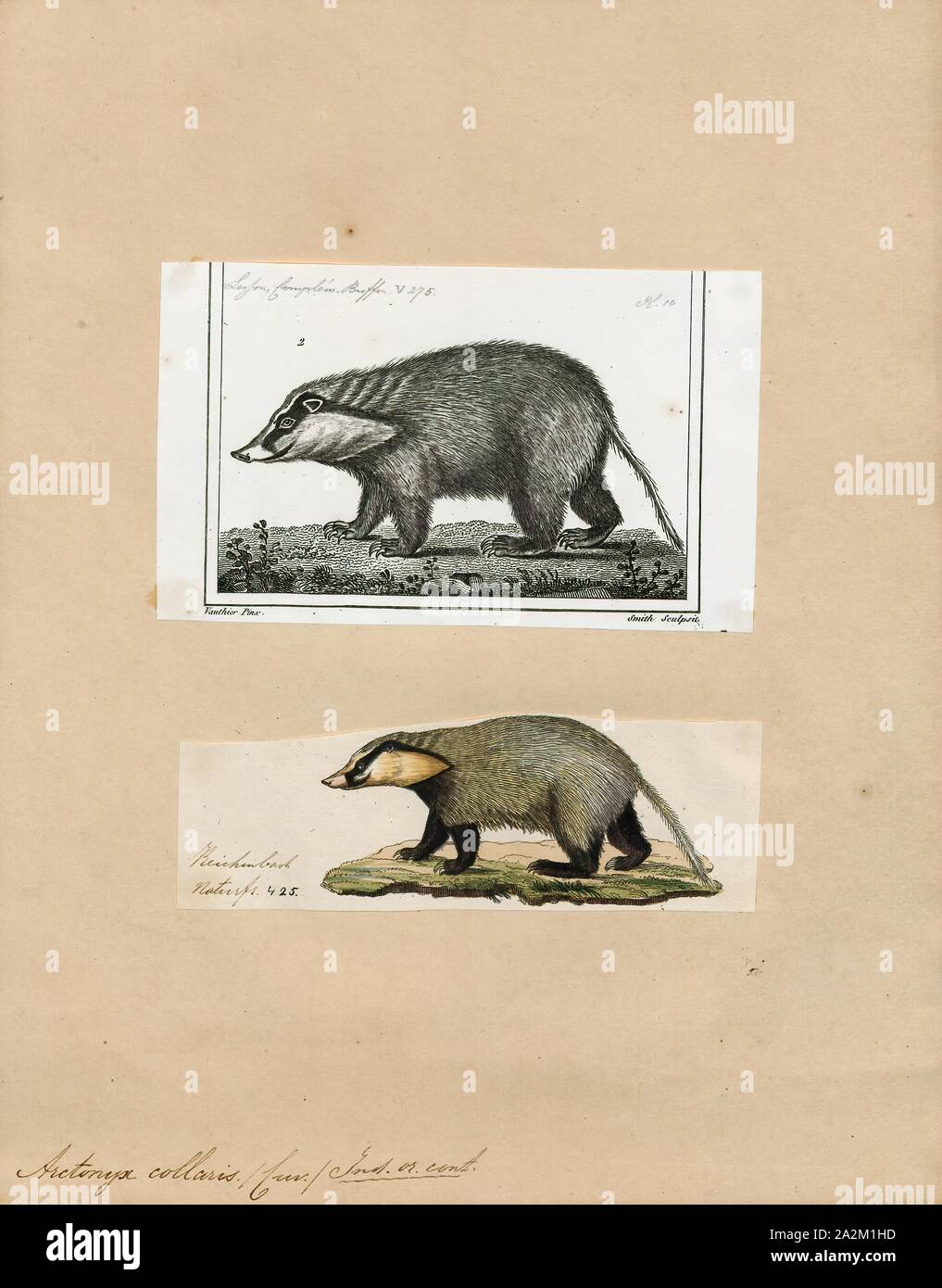 Arctonyx collaris, Print, The hog badger (Arctonyx collaris), also known as the greater hog badger, is a terrestrial mustelid native to Central and Southeast Asia. It is listed as Vulnerable in the IUCN Red List of Threatened Species because the global population is thought to be declining due to high levels of poaching., 1700-1880 Stock Photohttps://www.alamy.com/image-license-details/?v=1https://www.alamy.com/arctonyx-collaris-print-the-hog-badger-arctonyx-collaris-also-known-as-the-greater-hog-badger-is-a-terrestrial-mustelid-native-to-central-and-southeast-asia-it-is-listed-as-vulnerable-in-the-iucn-red-list-of-threatened-species-because-the-global-population-is-thought-to-be-declining-due-to-high-levels-of-poaching-1700-1880-image328666617.html
Arctonyx collaris, Print, The hog badger (Arctonyx collaris), also known as the greater hog badger, is a terrestrial mustelid native to Central and Southeast Asia. It is listed as Vulnerable in the IUCN Red List of Threatened Species because the global population is thought to be declining due to high levels of poaching., 1700-1880 Stock Photohttps://www.alamy.com/image-license-details/?v=1https://www.alamy.com/arctonyx-collaris-print-the-hog-badger-arctonyx-collaris-also-known-as-the-greater-hog-badger-is-a-terrestrial-mustelid-native-to-central-and-southeast-asia-it-is-listed-as-vulnerable-in-the-iucn-red-list-of-threatened-species-because-the-global-population-is-thought-to-be-declining-due-to-high-levels-of-poaching-1700-1880-image328666617.htmlRM2A2M1HD–Arctonyx collaris, Print, The hog badger (Arctonyx collaris), also known as the greater hog badger, is a terrestrial mustelid native to Central and Southeast Asia. It is listed as Vulnerable in the IUCN Red List of Threatened Species because the global population is thought to be declining due to high levels of poaching., 1700-1880
 Bontebok (Damaliscus pygargus pygargus) on the bank of the Breede River, Bontebok National Park, near Swellendam, Western Cape, South Africa. The bont Stock Photohttps://www.alamy.com/image-license-details/?v=1https://www.alamy.com/bontebok-damaliscus-pygargus-pygargus-on-the-bank-of-the-breede-river-bontebok-national-park-near-swellendam-western-cape-south-africa-the-bont-image555645661.html
Bontebok (Damaliscus pygargus pygargus) on the bank of the Breede River, Bontebok National Park, near Swellendam, Western Cape, South Africa. The bont Stock Photohttps://www.alamy.com/image-license-details/?v=1https://www.alamy.com/bontebok-damaliscus-pygargus-pygargus-on-the-bank-of-the-breede-river-bontebok-national-park-near-swellendam-western-cape-south-africa-the-bont-image555645661.htmlRM2R7YRKW–Bontebok (Damaliscus pygargus pygargus) on the bank of the Breede River, Bontebok National Park, near Swellendam, Western Cape, South Africa. The bont
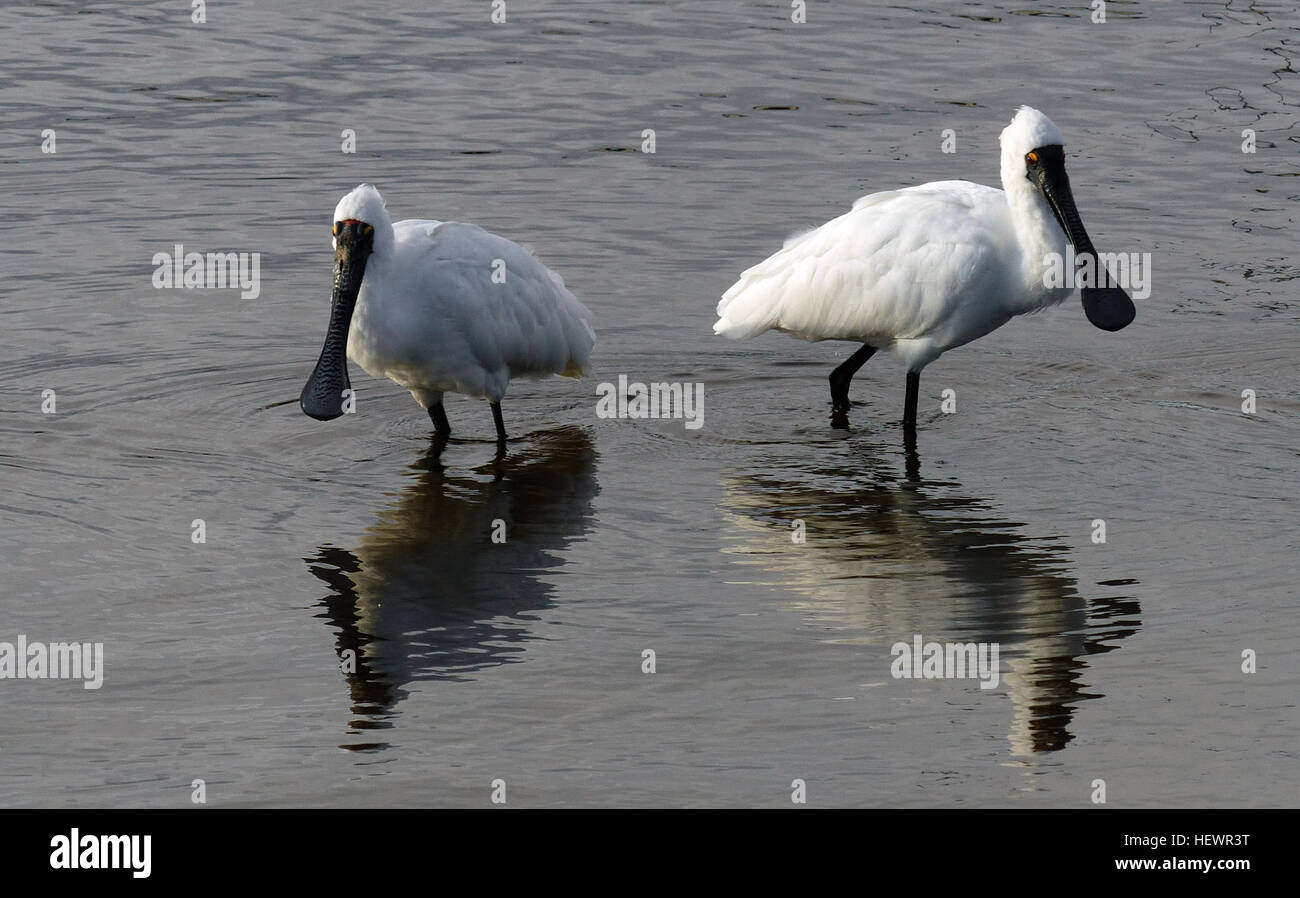 The royal spoonbill (Platalea regia) also known as the black-billed spoonbill, occurs in intertidal flats and shallows of fresh and saltwater wetlands in Australia, New Zealand, Indonesia, Papua New Guinea, and the Solomon Islands. It has also been recorded as a vagrant in New Caledonia. The royal spoonbill lives in wetlands and feeds on crustaceans, fish and small insects by sweeping its bill from side to side. It always flies with its head extended. Widespread throughout its large range, the royal spoonbill is evaluated as Least Concern on the IUCN Red List of Threatened Species. Stock Photohttps://www.alamy.com/image-license-details/?v=1https://www.alamy.com/stock-photo-the-royal-spoonbill-platalea-regia-also-known-as-the-black-billed-129644700.html
The royal spoonbill (Platalea regia) also known as the black-billed spoonbill, occurs in intertidal flats and shallows of fresh and saltwater wetlands in Australia, New Zealand, Indonesia, Papua New Guinea, and the Solomon Islands. It has also been recorded as a vagrant in New Caledonia. The royal spoonbill lives in wetlands and feeds on crustaceans, fish and small insects by sweeping its bill from side to side. It always flies with its head extended. Widespread throughout its large range, the royal spoonbill is evaluated as Least Concern on the IUCN Red List of Threatened Species. Stock Photohttps://www.alamy.com/image-license-details/?v=1https://www.alamy.com/stock-photo-the-royal-spoonbill-platalea-regia-also-known-as-the-black-billed-129644700.htmlRMHEWR3T–The royal spoonbill (Platalea regia) also known as the black-billed spoonbill, occurs in intertidal flats and shallows of fresh and saltwater wetlands in Australia, New Zealand, Indonesia, Papua New Guinea, and the Solomon Islands. It has also been recorded as a vagrant in New Caledonia. The royal spoonbill lives in wetlands and feeds on crustaceans, fish and small insects by sweeping its bill from side to side. It always flies with its head extended. Widespread throughout its large range, the royal spoonbill is evaluated as Least Concern on the IUCN Red List of Threatened Species.
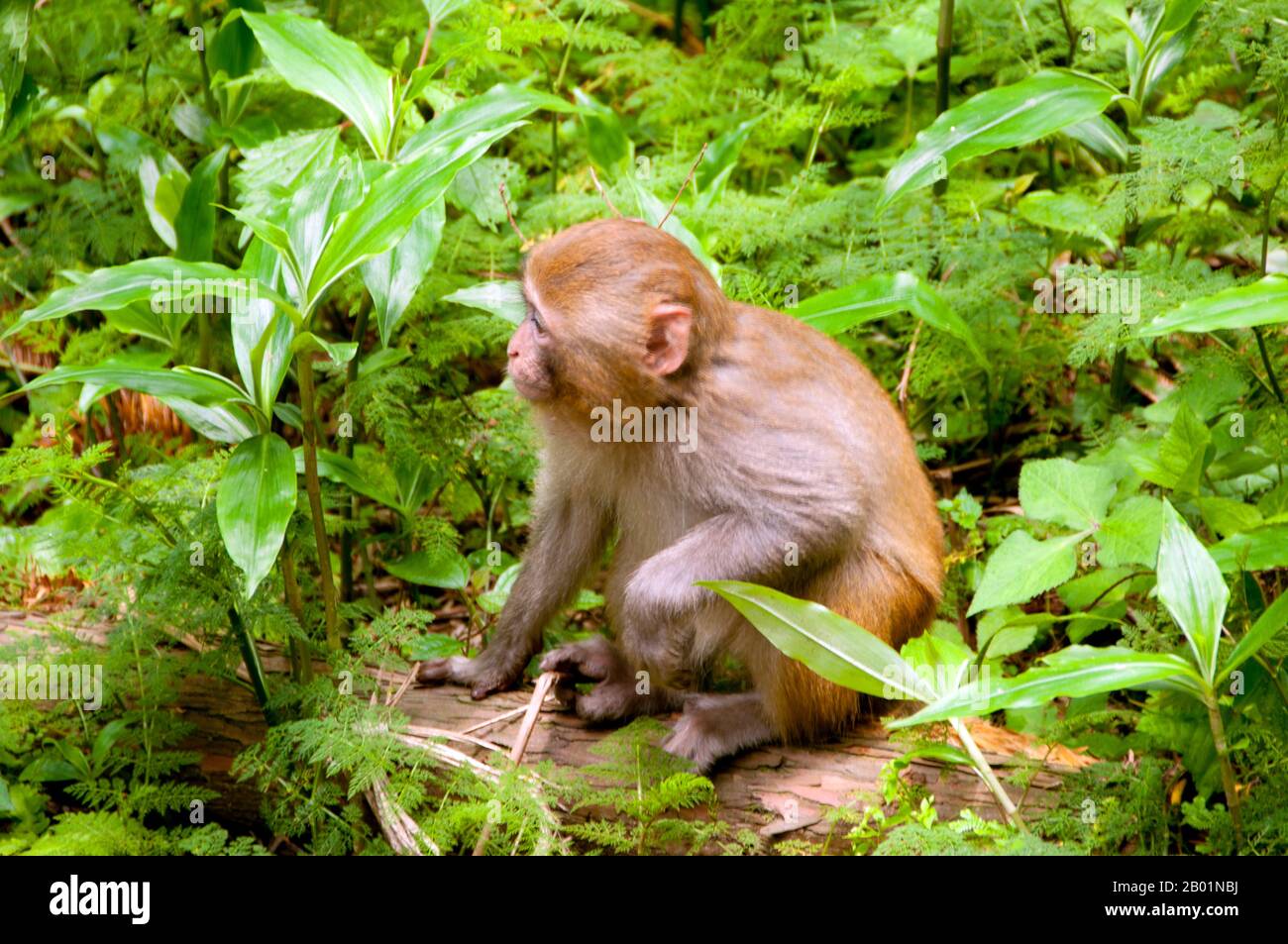 China: Rhesus monkey (Macaca mulatta), Wulingyuan Scenic Area (Zhangjiajie), Hunan Province. The Rhesus macaque (Macaca mulatta), also called the Rhesus monkey, is brown or grey in colour and has a pink face, which is bereft of fur. Its tail is of medium length and averages between 20.7 and 22.9 cm (8.1 and 9.0 in). Adult males measure approximately 53 cm (21 in) on average and weigh about 7.7 kg (17 lb). Females are smaller, averaging 47 cm (19 in) in length and 5.3 kg (12 lb) in weight. It is listed as Least Concern in the IUCN Red List of Threatened Species. Stock Photohttps://www.alamy.com/image-license-details/?v=1https://www.alamy.com/china-rhesus-monkey-macaca-mulatta-wulingyuan-scenic-area-zhangjiajie-hunan-province-the-rhesus-macaque-macaca-mulatta-also-called-the-rhesus-monkey-is-brown-or-grey-in-colour-and-has-a-pink-face-which-is-bereft-of-fur-its-tail-is-of-medium-length-and-averages-between-207-and-229-cm-81-and-90-in-adult-males-measure-approximately-53-cm-21-in-on-average-and-weigh-about-77-kg-17-lb-females-are-smaller-averaging-47-cm-19-in-in-length-and-53-kg-12-lb-in-weight-it-is-listed-as-least-concern-in-the-iucn-red-list-of-threatened-species-image344246102.html
China: Rhesus monkey (Macaca mulatta), Wulingyuan Scenic Area (Zhangjiajie), Hunan Province. The Rhesus macaque (Macaca mulatta), also called the Rhesus monkey, is brown or grey in colour and has a pink face, which is bereft of fur. Its tail is of medium length and averages between 20.7 and 22.9 cm (8.1 and 9.0 in). Adult males measure approximately 53 cm (21 in) on average and weigh about 7.7 kg (17 lb). Females are smaller, averaging 47 cm (19 in) in length and 5.3 kg (12 lb) in weight. It is listed as Least Concern in the IUCN Red List of Threatened Species. Stock Photohttps://www.alamy.com/image-license-details/?v=1https://www.alamy.com/china-rhesus-monkey-macaca-mulatta-wulingyuan-scenic-area-zhangjiajie-hunan-province-the-rhesus-macaque-macaca-mulatta-also-called-the-rhesus-monkey-is-brown-or-grey-in-colour-and-has-a-pink-face-which-is-bereft-of-fur-its-tail-is-of-medium-length-and-averages-between-207-and-229-cm-81-and-90-in-adult-males-measure-approximately-53-cm-21-in-on-average-and-weigh-about-77-kg-17-lb-females-are-smaller-averaging-47-cm-19-in-in-length-and-53-kg-12-lb-in-weight-it-is-listed-as-least-concern-in-the-iucn-red-list-of-threatened-species-image344246102.htmlRM2B01NBJ–China: Rhesus monkey (Macaca mulatta), Wulingyuan Scenic Area (Zhangjiajie), Hunan Province. The Rhesus macaque (Macaca mulatta), also called the Rhesus monkey, is brown or grey in colour and has a pink face, which is bereft of fur. Its tail is of medium length and averages between 20.7 and 22.9 cm (8.1 and 9.0 in). Adult males measure approximately 53 cm (21 in) on average and weigh about 7.7 kg (17 lb). Females are smaller, averaging 47 cm (19 in) in length and 5.3 kg (12 lb) in weight. It is listed as Least Concern in the IUCN Red List of Threatened Species.
 October 17, 2016 - Zhengzhou, Zhengzhou, China - Zhengzhou,CHINA-October 17 2016: (EDITORIAL USE ONLY. CHINA OUT) ..The Oriental White Stork saved by a villager in Zhengzhou, central China's Henan Province, October 17th, 2016. The Oriental stork is a large, white bird with black wing feathers in the stork family Ciconiidae. Due to habitat loss and overhunting, the Oriental stork is classified as Endangered on the IUCN Red List of Threatened Species. (Credit Image: © SIPA Asia via ZUMA Wire) Stock Photohttps://www.alamy.com/image-license-details/?v=1https://www.alamy.com/stock-photo-october-17-2016-zhengzhou-zhengzhou-china-zhengzhouchina-october-17-125023793.html
October 17, 2016 - Zhengzhou, Zhengzhou, China - Zhengzhou,CHINA-October 17 2016: (EDITORIAL USE ONLY. CHINA OUT) ..The Oriental White Stork saved by a villager in Zhengzhou, central China's Henan Province, October 17th, 2016. The Oriental stork is a large, white bird with black wing feathers in the stork family Ciconiidae. Due to habitat loss and overhunting, the Oriental stork is classified as Endangered on the IUCN Red List of Threatened Species. (Credit Image: © SIPA Asia via ZUMA Wire) Stock Photohttps://www.alamy.com/image-license-details/?v=1https://www.alamy.com/stock-photo-october-17-2016-zhengzhou-zhengzhou-china-zhengzhouchina-october-17-125023793.htmlRMH7B93D–October 17, 2016 - Zhengzhou, Zhengzhou, China - Zhengzhou,CHINA-October 17 2016: (EDITORIAL USE ONLY. CHINA OUT) ..The Oriental White Stork saved by a villager in Zhengzhou, central China's Henan Province, October 17th, 2016. The Oriental stork is a large, white bird with black wing feathers in the stork family Ciconiidae. Due to habitat loss and overhunting, the Oriental stork is classified as Endangered on the IUCN Red List of Threatened Species. (Credit Image: © SIPA Asia via ZUMA Wire)
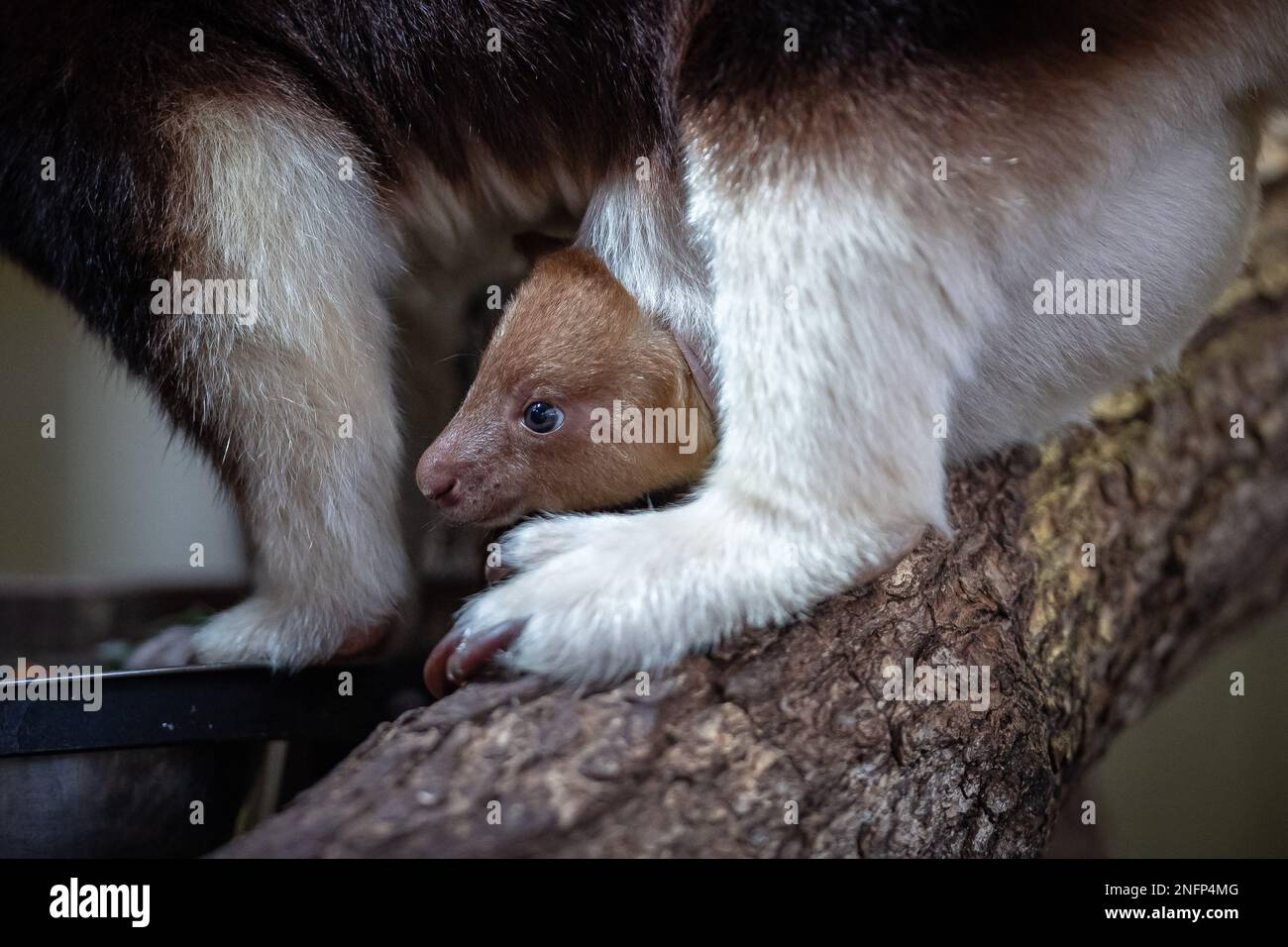 PARIS, Feb. 18, 2023 (Xinhua) -- A Goodfellow's tree kangaroo joey peeks out of its mother's pouch at a zoo in Paris, France, Feb. 17, 2023. The Goodfellow's tree kangaroo is classified as 'endangered' on the International Union for Conservation of Nature (IUCN) Red List of Threatened Species. (Photo by Aurelien Morissard/Xinhua) Stock Photohttps://www.alamy.com/image-license-details/?v=1https://www.alamy.com/paris-feb-18-2023-xinhua-a-goodfellows-tree-kangaroo-joey-peeks-out-of-its-mothers-pouch-at-a-zoo-in-paris-france-feb-17-2023-the-goodfellows-tree-kangaroo-is-classified-as-endangered-on-the-international-union-for-conservation-of-nature-iucn-red-list-of-threatened-species-photo-by-aurelien-morissardxinhua-image526017536.html
PARIS, Feb. 18, 2023 (Xinhua) -- A Goodfellow's tree kangaroo joey peeks out of its mother's pouch at a zoo in Paris, France, Feb. 17, 2023. The Goodfellow's tree kangaroo is classified as 'endangered' on the International Union for Conservation of Nature (IUCN) Red List of Threatened Species. (Photo by Aurelien Morissard/Xinhua) Stock Photohttps://www.alamy.com/image-license-details/?v=1https://www.alamy.com/paris-feb-18-2023-xinhua-a-goodfellows-tree-kangaroo-joey-peeks-out-of-its-mothers-pouch-at-a-zoo-in-paris-france-feb-17-2023-the-goodfellows-tree-kangaroo-is-classified-as-endangered-on-the-international-union-for-conservation-of-nature-iucn-red-list-of-threatened-species-photo-by-aurelien-morissardxinhua-image526017536.htmlRM2NFP4MG–PARIS, Feb. 18, 2023 (Xinhua) -- A Goodfellow's tree kangaroo joey peeks out of its mother's pouch at a zoo in Paris, France, Feb. 17, 2023. The Goodfellow's tree kangaroo is classified as 'endangered' on the International Union for Conservation of Nature (IUCN) Red List of Threatened Species. (Photo by Aurelien Morissard/Xinhua)
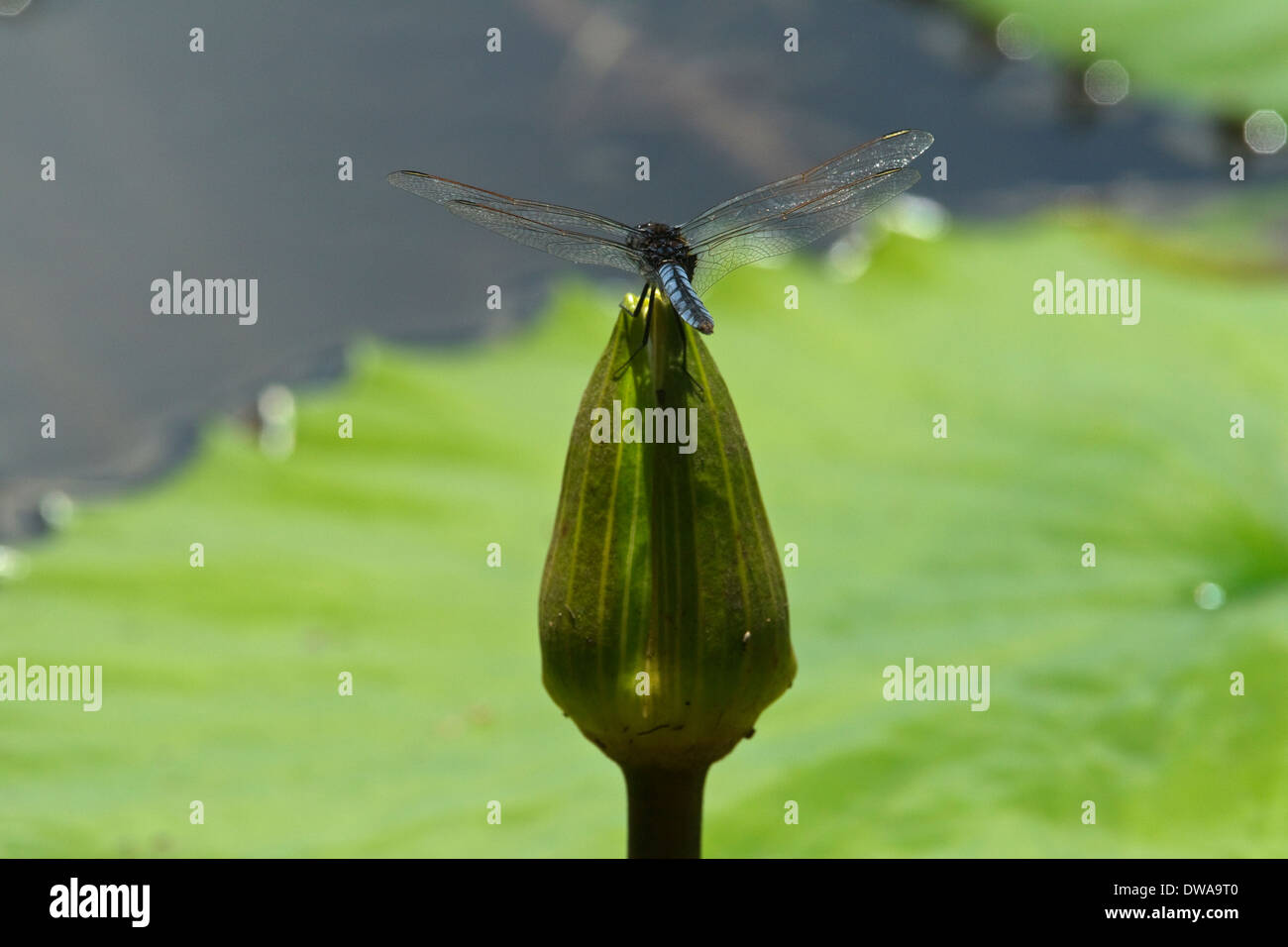 Blue Basker (Urothemis edwardsii), male On The IUCN Red List of Threatened Species, Kruger national park South Africa Stock Photohttps://www.alamy.com/image-license-details/?v=1https://www.alamy.com/blue-basker-urothemis-edwardsii-male-on-the-iucn-red-list-of-threatened-image67224752.html
Blue Basker (Urothemis edwardsii), male On The IUCN Red List of Threatened Species, Kruger national park South Africa Stock Photohttps://www.alamy.com/image-license-details/?v=1https://www.alamy.com/blue-basker-urothemis-edwardsii-male-on-the-iucn-red-list-of-threatened-image67224752.htmlRFDWA9T0–Blue Basker (Urothemis edwardsii), male On The IUCN Red List of Threatened Species, Kruger national park South Africa
 221028 -- NAIROBI, Oct. 28, 2022 -- A lemur is seen in Moheli, Comoros, Jan. 8, 2022. Many species of lemurs are listed on the International Union for Conservation of Nature IUCN Red List of Threatened Species and are in danger of extinction due to habitat destruction and illegal hunting in recent years. COMOROS-LEMUR DongxJianghui PUBLICATIONxNOTxINxCHN Stock Photohttps://www.alamy.com/image-license-details/?v=1https://www.alamy.com/221028-nairobi-oct-28-2022-a-lemur-is-seen-in-moheli-comoros-jan-8-2022-many-species-of-lemurs-are-listed-on-the-international-union-for-conservation-of-nature-iucn-red-list-of-threatened-species-and-are-in-danger-of-extinction-due-to-habitat-destruction-and-illegal-hunting-in-recent-years-comoros-lemur-dongxjianghui-publicationxnotxinxchn-image565320393.html
221028 -- NAIROBI, Oct. 28, 2022 -- A lemur is seen in Moheli, Comoros, Jan. 8, 2022. Many species of lemurs are listed on the International Union for Conservation of Nature IUCN Red List of Threatened Species and are in danger of extinction due to habitat destruction and illegal hunting in recent years. COMOROS-LEMUR DongxJianghui PUBLICATIONxNOTxINxCHN Stock Photohttps://www.alamy.com/image-license-details/?v=1https://www.alamy.com/221028-nairobi-oct-28-2022-a-lemur-is-seen-in-moheli-comoros-jan-8-2022-many-species-of-lemurs-are-listed-on-the-international-union-for-conservation-of-nature-iucn-red-list-of-threatened-species-and-are-in-danger-of-extinction-due-to-habitat-destruction-and-illegal-hunting-in-recent-years-comoros-lemur-dongxjianghui-publicationxnotxinxchn-image565320393.htmlRM2RRMFX1–221028 -- NAIROBI, Oct. 28, 2022 -- A lemur is seen in Moheli, Comoros, Jan. 8, 2022. Many species of lemurs are listed on the International Union for Conservation of Nature IUCN Red List of Threatened Species and are in danger of extinction due to habitat destruction and illegal hunting in recent years. COMOROS-LEMUR DongxJianghui PUBLICATIONxNOTxINxCHN
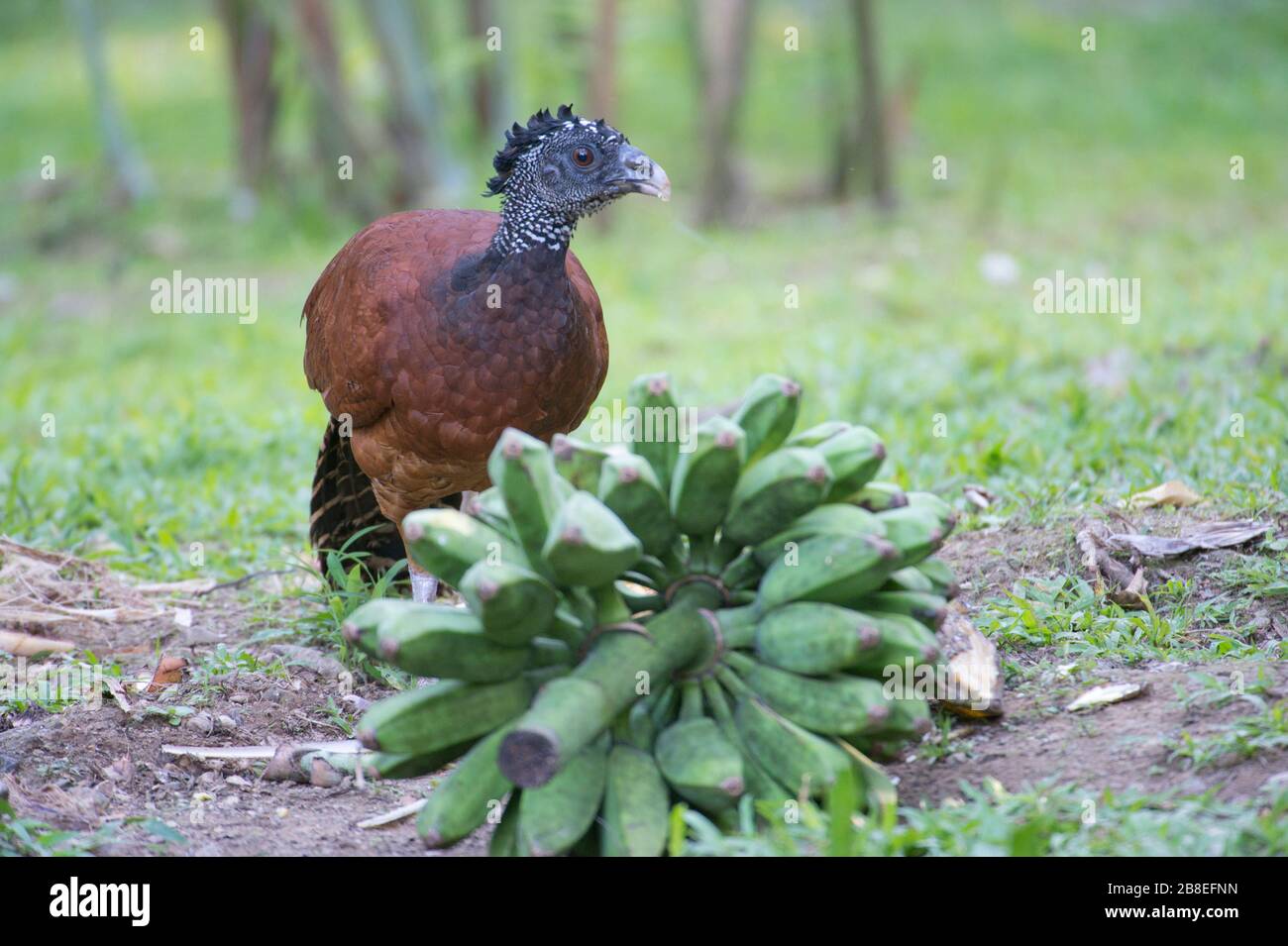 Female Great Curassow (Crax rubra) in northeastern Costa Rica Stock Photohttps://www.alamy.com/image-license-details/?v=1https://www.alamy.com/female-great-curassow-crax-rubra-in-northeastern-costa-rica-image349444305.html
Female Great Curassow (Crax rubra) in northeastern Costa Rica Stock Photohttps://www.alamy.com/image-license-details/?v=1https://www.alamy.com/female-great-curassow-crax-rubra-in-northeastern-costa-rica-image349444305.htmlRF2B8EFNN–Female Great Curassow (Crax rubra) in northeastern Costa Rica
 Black-tailed Godwit.Scientific name: Limosa limosa The Black-tailed Godwit is a rare breeding bird in the UK that has suffered from dramatic declines. Classified in the UK as Red under the Birds of Conservation Concern 4: the Red List for Birds (2015). Protected in the UK under the Wildlife and Countryside Act, 1981. Priority Species under the UK Post-2010 Biodiversity Framework. Listed as Near Threatened on the global IUCN Red List of Threatened Species.the Black-tailed Godwit breeds in wet grasslands, and winters on coastal estuaries and marshes, and at inland shallow waters. A sociable bird Stock Photohttps://www.alamy.com/image-license-details/?v=1https://www.alamy.com/black-tailed-godwitscientific-name-limosa-limosa-the-black-tailed-godwit-is-a-rare-breeding-bird-in-the-uk-that-has-suffered-from-dramatic-declines-classified-in-the-uk-as-red-under-the-birds-of-conservation-concern-4-the-red-list-for-birds-2015-protected-in-the-uk-under-the-wildlife-and-countryside-act-1981-priority-species-under-the-uk-post-2010-biodiversity-framework-listed-as-near-threatened-on-the-global-iucn-red-list-of-threatened-speciesthe-black-tailed-godwit-breeds-in-wet-grasslands-and-winters-on-coastal-estuaries-and-marshes-and-at-inland-shallow-waters-a-sociable-bird-image226777622.html
Black-tailed Godwit.Scientific name: Limosa limosa The Black-tailed Godwit is a rare breeding bird in the UK that has suffered from dramatic declines. Classified in the UK as Red under the Birds of Conservation Concern 4: the Red List for Birds (2015). Protected in the UK under the Wildlife and Countryside Act, 1981. Priority Species under the UK Post-2010 Biodiversity Framework. Listed as Near Threatened on the global IUCN Red List of Threatened Species.the Black-tailed Godwit breeds in wet grasslands, and winters on coastal estuaries and marshes, and at inland shallow waters. A sociable bird Stock Photohttps://www.alamy.com/image-license-details/?v=1https://www.alamy.com/black-tailed-godwitscientific-name-limosa-limosa-the-black-tailed-godwit-is-a-rare-breeding-bird-in-the-uk-that-has-suffered-from-dramatic-declines-classified-in-the-uk-as-red-under-the-birds-of-conservation-concern-4-the-red-list-for-birds-2015-protected-in-the-uk-under-the-wildlife-and-countryside-act-1981-priority-species-under-the-uk-post-2010-biodiversity-framework-listed-as-near-threatened-on-the-global-iucn-red-list-of-threatened-speciesthe-black-tailed-godwit-breeds-in-wet-grasslands-and-winters-on-coastal-estuaries-and-marshes-and-at-inland-shallow-waters-a-sociable-bird-image226777622.htmlRMR4XH4P–Black-tailed Godwit.Scientific name: Limosa limosa The Black-tailed Godwit is a rare breeding bird in the UK that has suffered from dramatic declines. Classified in the UK as Red under the Birds of Conservation Concern 4: the Red List for Birds (2015). Protected in the UK under the Wildlife and Countryside Act, 1981. Priority Species under the UK Post-2010 Biodiversity Framework. Listed as Near Threatened on the global IUCN Red List of Threatened Species.the Black-tailed Godwit breeds in wet grasslands, and winters on coastal estuaries and marshes, and at inland shallow waters. A sociable bird
 This is a species of hard coral (Platygyra lamellina: 100 cms.), which forms large round boulders - or flat plates as in this instance. The corallites are long and form maze-like sinuous lines, the appearance of which gives rise to its common name of brain coral. It has a widespread distribution in the Into-Pacific region, usually on the slopes of coral reefs and at depths not exceeding 20 metres.The species is becoming rarer, as a result of the general degradation of reefs due to climate change and ocean acidification. The IUCN Red List indicates that it is near threatened. Egyptian Red Sea. Stock Photohttps://www.alamy.com/image-license-details/?v=1https://www.alamy.com/this-is-a-species-of-hard-coral-platygyra-lamellina-100-cms-which-forms-large-round-boulders-or-flat-plates-as-in-this-instance-the-corallites-are-long-and-form-maze-like-sinuous-lines-the-appearance-of-which-gives-rise-to-its-common-name-of-brain-coral-it-has-a-widespread-distribution-in-the-into-pacific-region-usually-on-the-slopes-of-coral-reefs-and-at-depths-not-exceeding-20-metresthe-species-is-becoming-rarer-as-a-result-of-the-general-degradation-of-reefs-due-to-climate-change-and-ocean-acidification-the-iucn-red-list-indicates-that-it-is-near-threatened-egyptian-red-sea-image217932344.html
This is a species of hard coral (Platygyra lamellina: 100 cms.), which forms large round boulders - or flat plates as in this instance. The corallites are long and form maze-like sinuous lines, the appearance of which gives rise to its common name of brain coral. It has a widespread distribution in the Into-Pacific region, usually on the slopes of coral reefs and at depths not exceeding 20 metres.The species is becoming rarer, as a result of the general degradation of reefs due to climate change and ocean acidification. The IUCN Red List indicates that it is near threatened. Egyptian Red Sea. Stock Photohttps://www.alamy.com/image-license-details/?v=1https://www.alamy.com/this-is-a-species-of-hard-coral-platygyra-lamellina-100-cms-which-forms-large-round-boulders-or-flat-plates-as-in-this-instance-the-corallites-are-long-and-form-maze-like-sinuous-lines-the-appearance-of-which-gives-rise-to-its-common-name-of-brain-coral-it-has-a-widespread-distribution-in-the-into-pacific-region-usually-on-the-slopes-of-coral-reefs-and-at-depths-not-exceeding-20-metresthe-species-is-becoming-rarer-as-a-result-of-the-general-degradation-of-reefs-due-to-climate-change-and-ocean-acidification-the-iucn-red-list-indicates-that-it-is-near-threatened-egyptian-red-sea-image217932344.htmlRFPJFJX0–This is a species of hard coral (Platygyra lamellina: 100 cms.), which forms large round boulders - or flat plates as in this instance. The corallites are long and form maze-like sinuous lines, the appearance of which gives rise to its common name of brain coral. It has a widespread distribution in the Into-Pacific region, usually on the slopes of coral reefs and at depths not exceeding 20 metres.The species is becoming rarer, as a result of the general degradation of reefs due to climate change and ocean acidification. The IUCN Red List indicates that it is near threatened. Egyptian Red Sea.
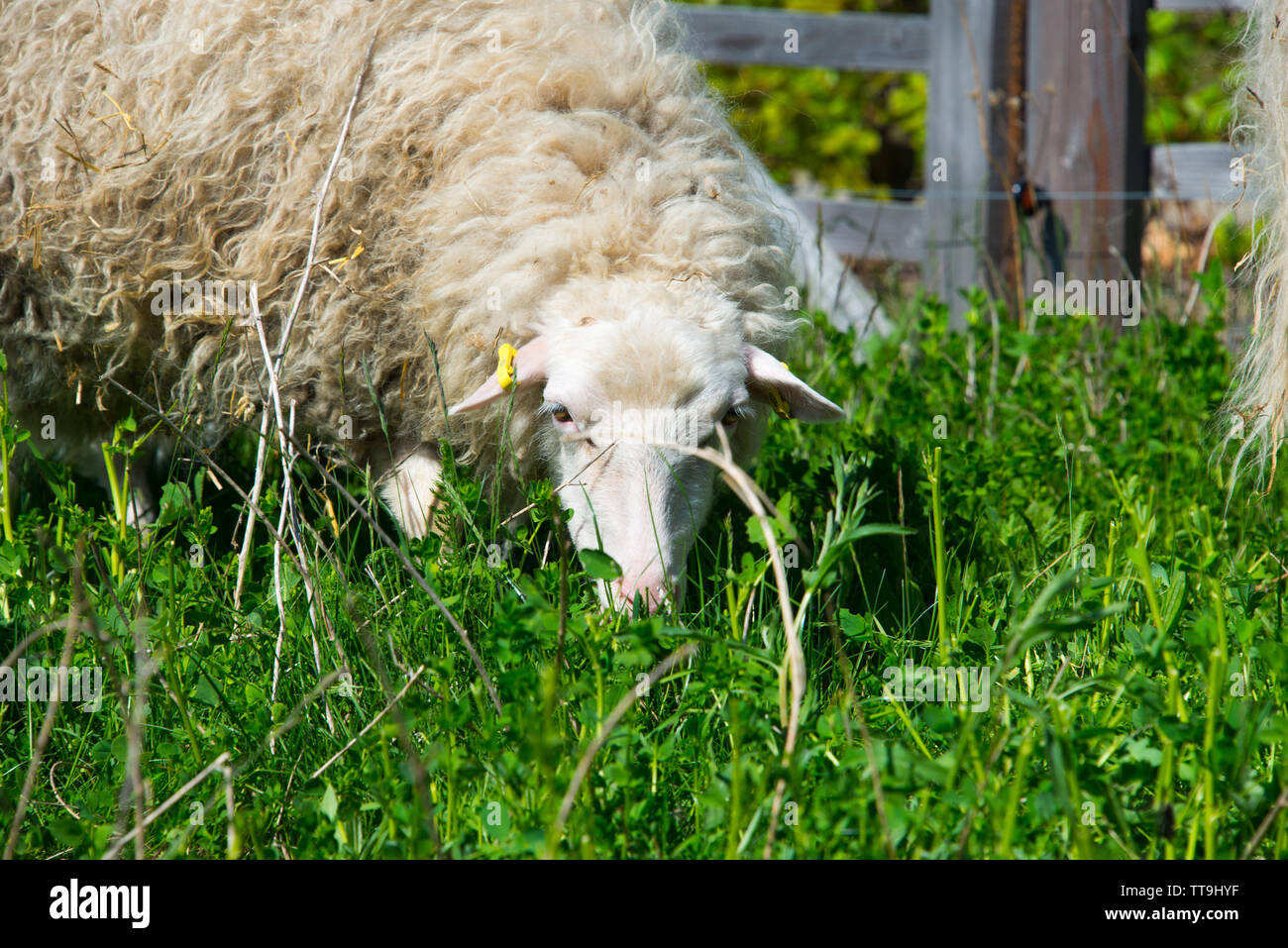 flock of skudde sheep. skudde are one of the oldest domesticated sheep races and listed in the IUCN red list of threatened species Stock Photohttps://www.alamy.com/image-license-details/?v=1https://www.alamy.com/flock-of-skudde-sheep-skudde-are-one-of-the-oldest-domesticated-sheep-races-and-listed-in-the-iucn-red-list-of-threatened-species-image255908563.html
flock of skudde sheep. skudde are one of the oldest domesticated sheep races and listed in the IUCN red list of threatened species Stock Photohttps://www.alamy.com/image-license-details/?v=1https://www.alamy.com/flock-of-skudde-sheep-skudde-are-one-of-the-oldest-domesticated-sheep-races-and-listed-in-the-iucn-red-list-of-threatened-species-image255908563.htmlRFTT9HYF–flock of skudde sheep. skudde are one of the oldest domesticated sheep races and listed in the IUCN red list of threatened species
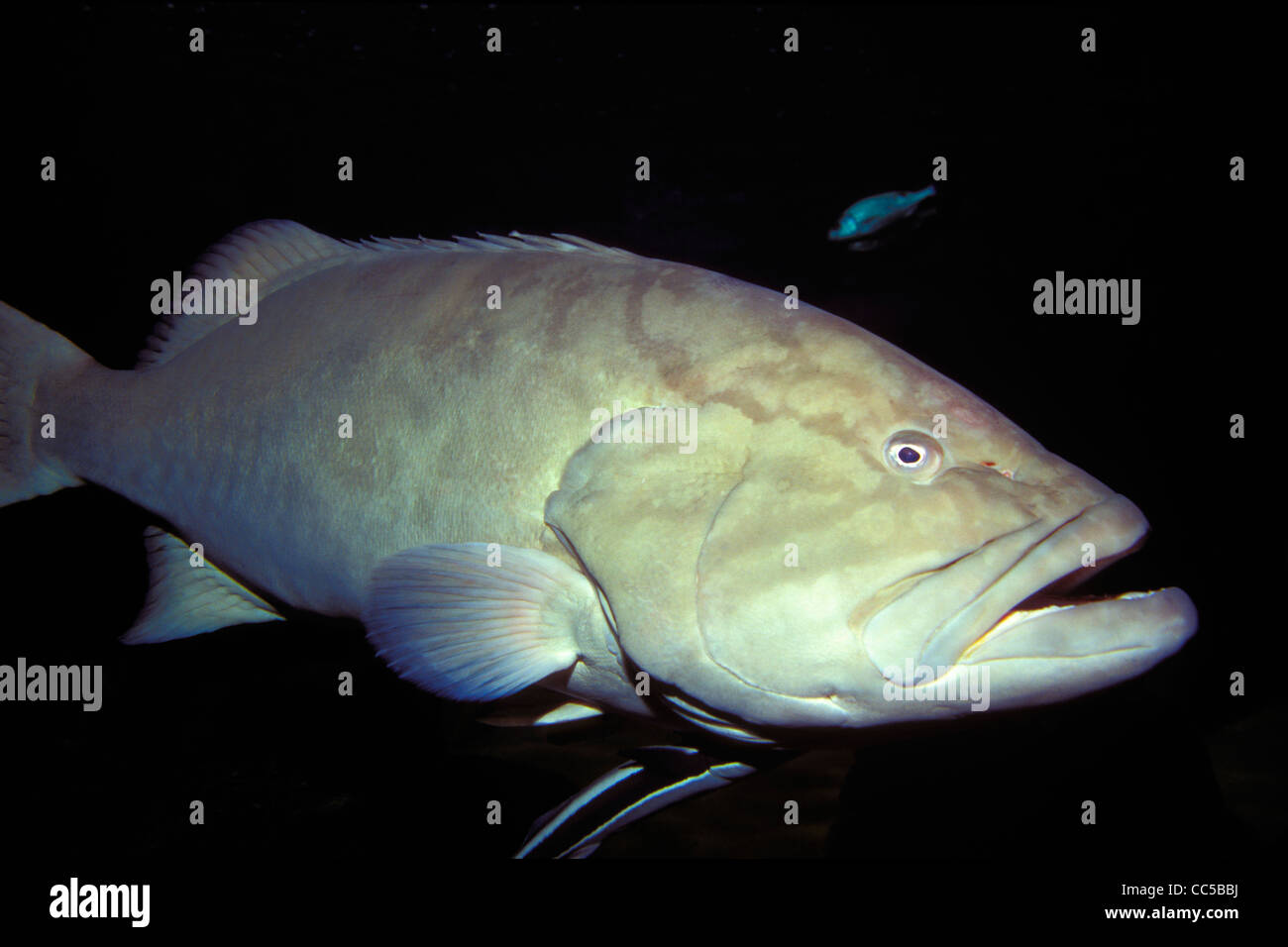 Gulf grouper, Mycteroperca jordani, captive Stock Photohttps://www.alamy.com/image-license-details/?v=1https://www.alamy.com/stock-photo-gulf-grouper-mycteroperca-jordani-captive-41915318.html
Gulf grouper, Mycteroperca jordani, captive Stock Photohttps://www.alamy.com/image-license-details/?v=1https://www.alamy.com/stock-photo-gulf-grouper-mycteroperca-jordani-captive-41915318.htmlRMCC5BBJ–Gulf grouper, Mycteroperca jordani, captive
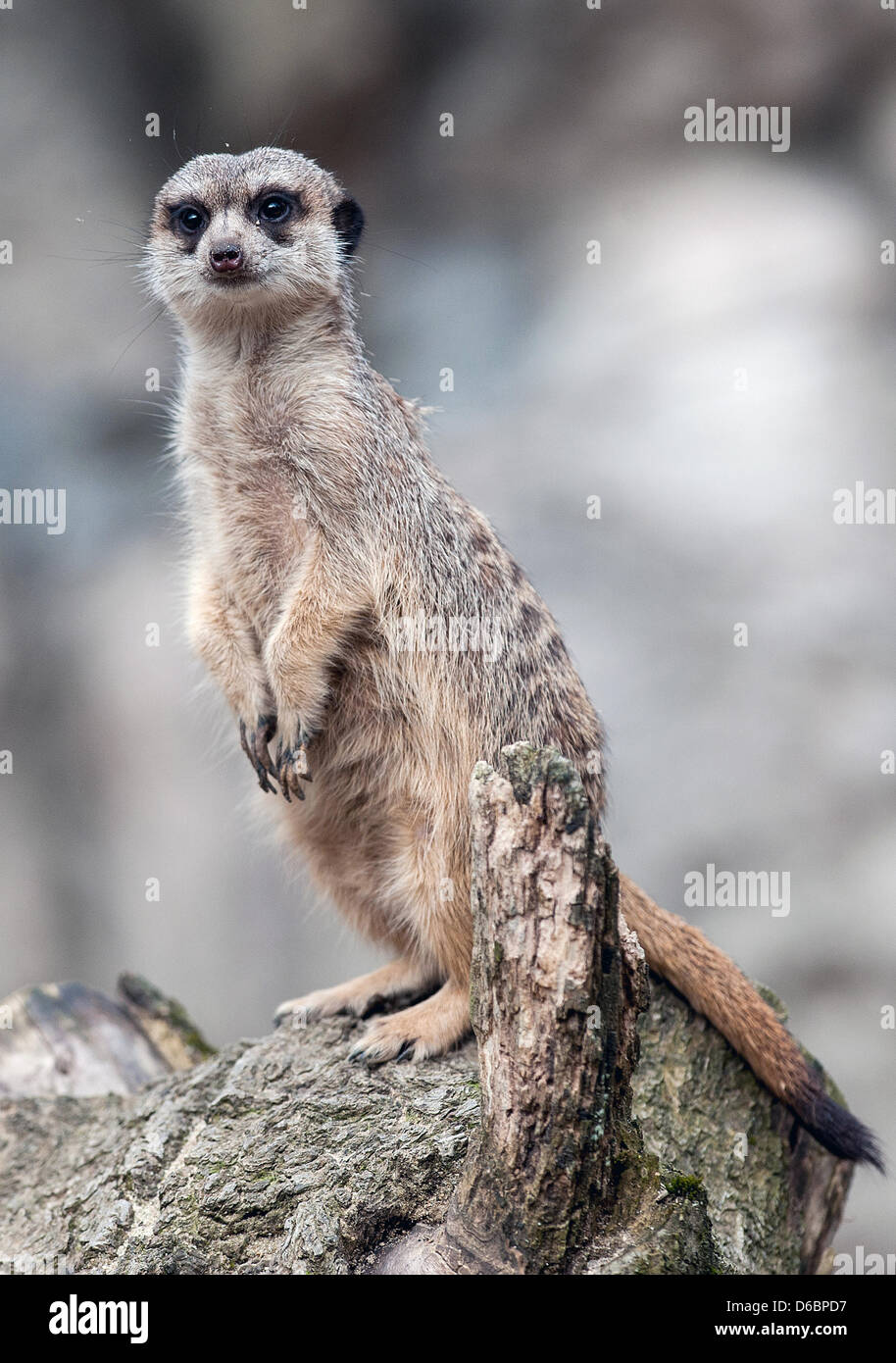 Liberec, Czech Republic. 16th April, 2013. Young Meerkats received the most votes as the best cubs from the visitors of Zoo Liberec. Small beasts grow from 25 to 35 cm and they are registered in the IUCN Red List of Threatened Species. They inhabit dry savannas, deserts and semi-deserts, mostly the South African Kalahari desert. Meerkat is seen in Liberec, Czech Republic, April 16, 2013. (Radek Petrasek/CTK Photo/Alamy Live News) Stock Photohttps://www.alamy.com/image-license-details/?v=1https://www.alamy.com/stock-photo-liberec-czech-republic-16th-april-2013-young-meerkats-received-the-55578131.html
Liberec, Czech Republic. 16th April, 2013. Young Meerkats received the most votes as the best cubs from the visitors of Zoo Liberec. Small beasts grow from 25 to 35 cm and they are registered in the IUCN Red List of Threatened Species. They inhabit dry savannas, deserts and semi-deserts, mostly the South African Kalahari desert. Meerkat is seen in Liberec, Czech Republic, April 16, 2013. (Radek Petrasek/CTK Photo/Alamy Live News) Stock Photohttps://www.alamy.com/image-license-details/?v=1https://www.alamy.com/stock-photo-liberec-czech-republic-16th-april-2013-young-meerkats-received-the-55578131.htmlRMD6BPD7–Liberec, Czech Republic. 16th April, 2013. Young Meerkats received the most votes as the best cubs from the visitors of Zoo Liberec. Small beasts grow from 25 to 35 cm and they are registered in the IUCN Red List of Threatened Species. They inhabit dry savannas, deserts and semi-deserts, mostly the South African Kalahari desert. Meerkat is seen in Liberec, Czech Republic, April 16, 2013. (Radek Petrasek/CTK Photo/Alamy Live News)
 Black-winged Lory, Eos cyanogenia, feeding, Captive, endemic to Indonesia, Vulnerable, IUCN Red List of Threatened Species. It is listed on Appendix Stock Photohttps://www.alamy.com/image-license-details/?v=1https://www.alamy.com/black-winged-lory-eos-cyanogenia-feeding-captive-endemic-to-indonesia-image157578781.html
Black-winged Lory, Eos cyanogenia, feeding, Captive, endemic to Indonesia, Vulnerable, IUCN Red List of Threatened Species. It is listed on Appendix Stock Photohttps://www.alamy.com/image-license-details/?v=1https://www.alamy.com/black-winged-lory-eos-cyanogenia-feeding-captive-endemic-to-indonesia-image157578781.htmlRMK4A99H–Black-winged Lory, Eos cyanogenia, feeding, Captive, endemic to Indonesia, Vulnerable, IUCN Red List of Threatened Species. It is listed on Appendix
 Philippine Duck, Anas luzonica, Anatidae. Rare Duck from the Philippines, Asia. On the IUCN Red List of Threatened Species 2006. Stock Photohttps://www.alamy.com/image-license-details/?v=1https://www.alamy.com/stock-photo-philippine-duck-anas-luzonica-anatidae-rare-duck-from-the-philippines-27851186.html
Philippine Duck, Anas luzonica, Anatidae. Rare Duck from the Philippines, Asia. On the IUCN Red List of Threatened Species 2006. Stock Photohttps://www.alamy.com/image-license-details/?v=1https://www.alamy.com/stock-photo-philippine-duck-anas-luzonica-anatidae-rare-duck-from-the-philippines-27851186.htmlRMBH8MD6–Philippine Duck, Anas luzonica, Anatidae. Rare Duck from the Philippines, Asia. On the IUCN Red List of Threatened Species 2006.
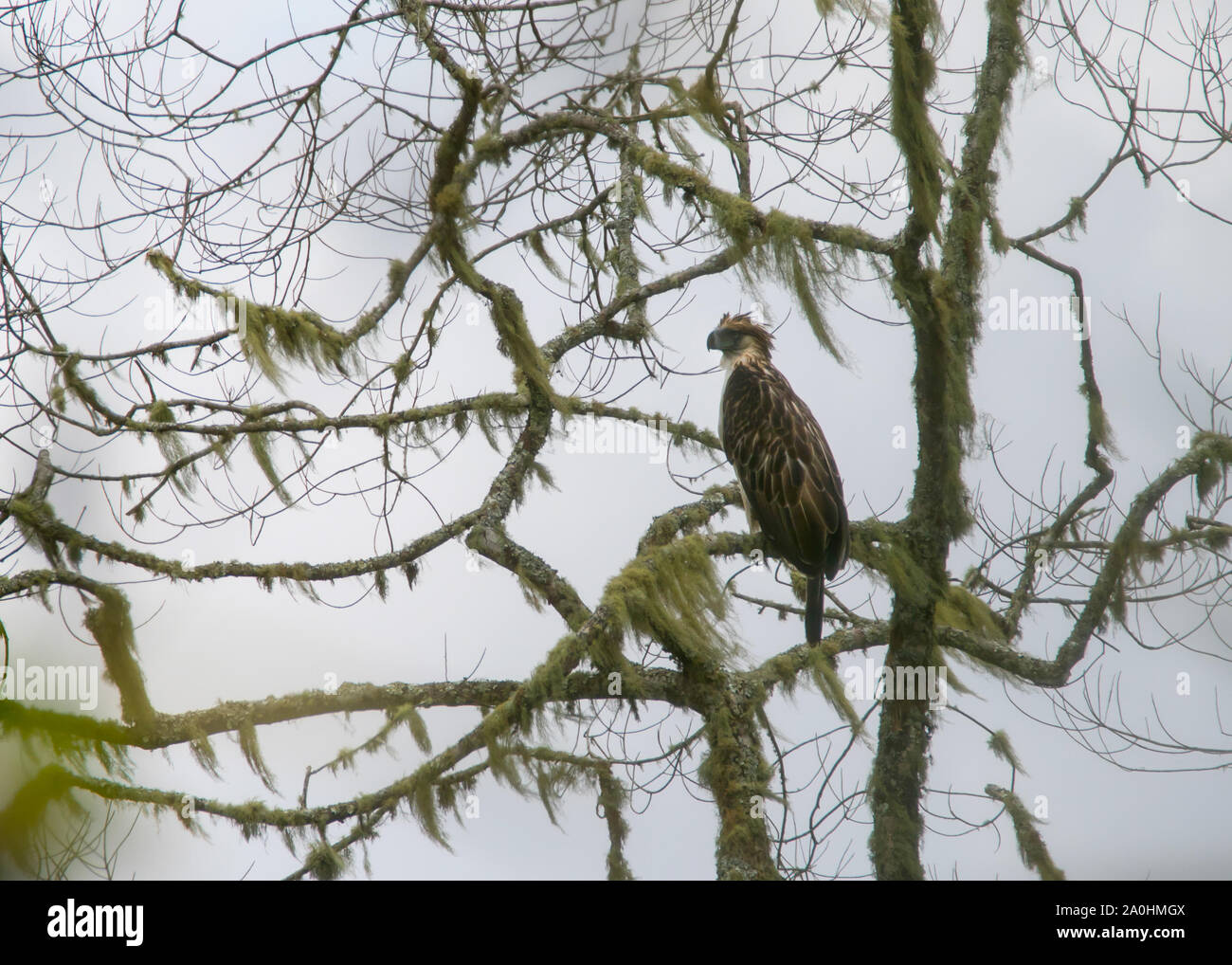 A wild adult Philippine Eagle perched in a high tree within Mt,Kitinglad,Bukidnon,Mindanao.Philippine Eagles are amongst the rarest Eagles.Endemic to the Philippines it is regarded as critically endangered by the IUCN Red List of Threatened Species.Loss of habitat due to deforestation is considered as a major factor in the decline of the species. Stock Photohttps://www.alamy.com/image-license-details/?v=1https://www.alamy.com/a-wild-adult-philippine-eagle-perched-in-a-high-tree-within-mtkitingladbukidnonmindanaophilippine-eagles-are-amongst-the-rarest-eaglesendemic-to-the-philippines-it-is-regarded-as-critically-endangered-by-the-iucn-red-list-of-threatened-speciesloss-of-habitat-due-to-deforestation-is-considered-as-a-major-factor-in-the-decline-of-the-species-image327386330.html
A wild adult Philippine Eagle perched in a high tree within Mt,Kitinglad,Bukidnon,Mindanao.Philippine Eagles are amongst the rarest Eagles.Endemic to the Philippines it is regarded as critically endangered by the IUCN Red List of Threatened Species.Loss of habitat due to deforestation is considered as a major factor in the decline of the species. Stock Photohttps://www.alamy.com/image-license-details/?v=1https://www.alamy.com/a-wild-adult-philippine-eagle-perched-in-a-high-tree-within-mtkitingladbukidnonmindanaophilippine-eagles-are-amongst-the-rarest-eaglesendemic-to-the-philippines-it-is-regarded-as-critically-endangered-by-the-iucn-red-list-of-threatened-speciesloss-of-habitat-due-to-deforestation-is-considered-as-a-major-factor-in-the-decline-of-the-species-image327386330.htmlRM2A0HMGX–A wild adult Philippine Eagle perched in a high tree within Mt,Kitinglad,Bukidnon,Mindanao.Philippine Eagles are amongst the rarest Eagles.Endemic to the Philippines it is regarded as critically endangered by the IUCN Red List of Threatened Species.Loss of habitat due to deforestation is considered as a major factor in the decline of the species.
 Grey Headed Flying Fox, Pteropus poliocephalus. Endemic to eastern Australia and are listed as vulnerable on the IUCN Red List of Threatened Species. Stock Photohttps://www.alamy.com/image-license-details/?v=1https://www.alamy.com/stock-photo-grey-headed-flying-fox-pteropus-poliocephalus-endemic-to-eastern-australia-20538743.html
Grey Headed Flying Fox, Pteropus poliocephalus. Endemic to eastern Australia and are listed as vulnerable on the IUCN Red List of Threatened Species. Stock Photohttps://www.alamy.com/image-license-details/?v=1https://www.alamy.com/stock-photo-grey-headed-flying-fox-pteropus-poliocephalus-endemic-to-eastern-australia-20538743.htmlRMB5BHAF–Grey Headed Flying Fox, Pteropus poliocephalus. Endemic to eastern Australia and are listed as vulnerable on the IUCN Red List of Threatened Species.
 The markhor (Capra falconeri) is a large Capra species native to Central Asia, the Karakoram, and the Himalayas. It is listed on the IUCN Red List as Near Threatened. The markhor is the national animal of Pakistan and is regarded as the king of wild goats. This animal is diurnal and is mainly active in the early morning and late afternoon. A markhor mother and her fawns (baby) are at the conservation and breeding centre Padmaja Naidu Himalayan Zoological Park (PNHZP) in Darjeeling, West Bengal, India. Stock Photohttps://www.alamy.com/image-license-details/?v=1https://www.alamy.com/the-markhor-capra-falconeri-is-a-large-capra-species-native-to-central-asia-the-karakoram-and-the-himalayas-it-is-listed-on-the-iucn-red-list-as-near-threatened-the-markhor-is-the-national-animal-of-pakistan-and-is-regarded-as-the-king-of-wild-goats-this-animal-is-diurnal-and-is-mainly-active-in-the-early-morning-and-late-afternoon-a-markhor-mother-and-her-fawns-baby-are-at-the-conservation-and-breeding-centre-padmaja-naidu-himalayan-zoological-park-pnhzp-in-darjeeling-west-bengal-india-image474861290.html
The markhor (Capra falconeri) is a large Capra species native to Central Asia, the Karakoram, and the Himalayas. It is listed on the IUCN Red List as Near Threatened. The markhor is the national animal of Pakistan and is regarded as the king of wild goats. This animal is diurnal and is mainly active in the early morning and late afternoon. A markhor mother and her fawns (baby) are at the conservation and breeding centre Padmaja Naidu Himalayan Zoological Park (PNHZP) in Darjeeling, West Bengal, India. Stock Photohttps://www.alamy.com/image-license-details/?v=1https://www.alamy.com/the-markhor-capra-falconeri-is-a-large-capra-species-native-to-central-asia-the-karakoram-and-the-himalayas-it-is-listed-on-the-iucn-red-list-as-near-threatened-the-markhor-is-the-national-animal-of-pakistan-and-is-regarded-as-the-king-of-wild-goats-this-animal-is-diurnal-and-is-mainly-active-in-the-early-morning-and-late-afternoon-a-markhor-mother-and-her-fawns-baby-are-at-the-conservation-and-breeding-centre-padmaja-naidu-himalayan-zoological-park-pnhzp-in-darjeeling-west-bengal-india-image474861290.htmlRM2JGFPBP–The markhor (Capra falconeri) is a large Capra species native to Central Asia, the Karakoram, and the Himalayas. It is listed on the IUCN Red List as Near Threatened. The markhor is the national animal of Pakistan and is regarded as the king of wild goats. This animal is diurnal and is mainly active in the early morning and late afternoon. A markhor mother and her fawns (baby) are at the conservation and breeding centre Padmaja Naidu Himalayan Zoological Park (PNHZP) in Darjeeling, West Bengal, India.
 Echinus esculentus, Print, Echinus esculentus, the European edible sea urchin or common sea urchin, is a species of marine invertebrate in the Echinidae family. It is found in coastal areas of western Europe down to a depth of 1, 200 m (3, 900 ft). It is considered 'Near threatened' in the IUCN Red List of Threatened Species Stock Photohttps://www.alamy.com/image-license-details/?v=1https://www.alamy.com/echinus-esculentus-print-echinus-esculentus-the-european-edible-sea-urchin-or-common-sea-urchin-is-a-species-of-marine-invertebrate-in-the-echinidae-family-it-is-found-in-coastal-areas-of-western-europe-down-to-a-depth-of-1-200-m-3-900-ft-it-is-considered-near-threatened-in-the-iucn-red-list-of-threatened-species-image328678798.html
Echinus esculentus, Print, Echinus esculentus, the European edible sea urchin or common sea urchin, is a species of marine invertebrate in the Echinidae family. It is found in coastal areas of western Europe down to a depth of 1, 200 m (3, 900 ft). It is considered 'Near threatened' in the IUCN Red List of Threatened Species Stock Photohttps://www.alamy.com/image-license-details/?v=1https://www.alamy.com/echinus-esculentus-print-echinus-esculentus-the-european-edible-sea-urchin-or-common-sea-urchin-is-a-species-of-marine-invertebrate-in-the-echinidae-family-it-is-found-in-coastal-areas-of-western-europe-down-to-a-depth-of-1-200-m-3-900-ft-it-is-considered-near-threatened-in-the-iucn-red-list-of-threatened-species-image328678798.htmlRM2A2MH4E–Echinus esculentus, Print, Echinus esculentus, the European edible sea urchin or common sea urchin, is a species of marine invertebrate in the Echinidae family. It is found in coastal areas of western Europe down to a depth of 1, 200 m (3, 900 ft). It is considered 'Near threatened' in the IUCN Red List of Threatened Species
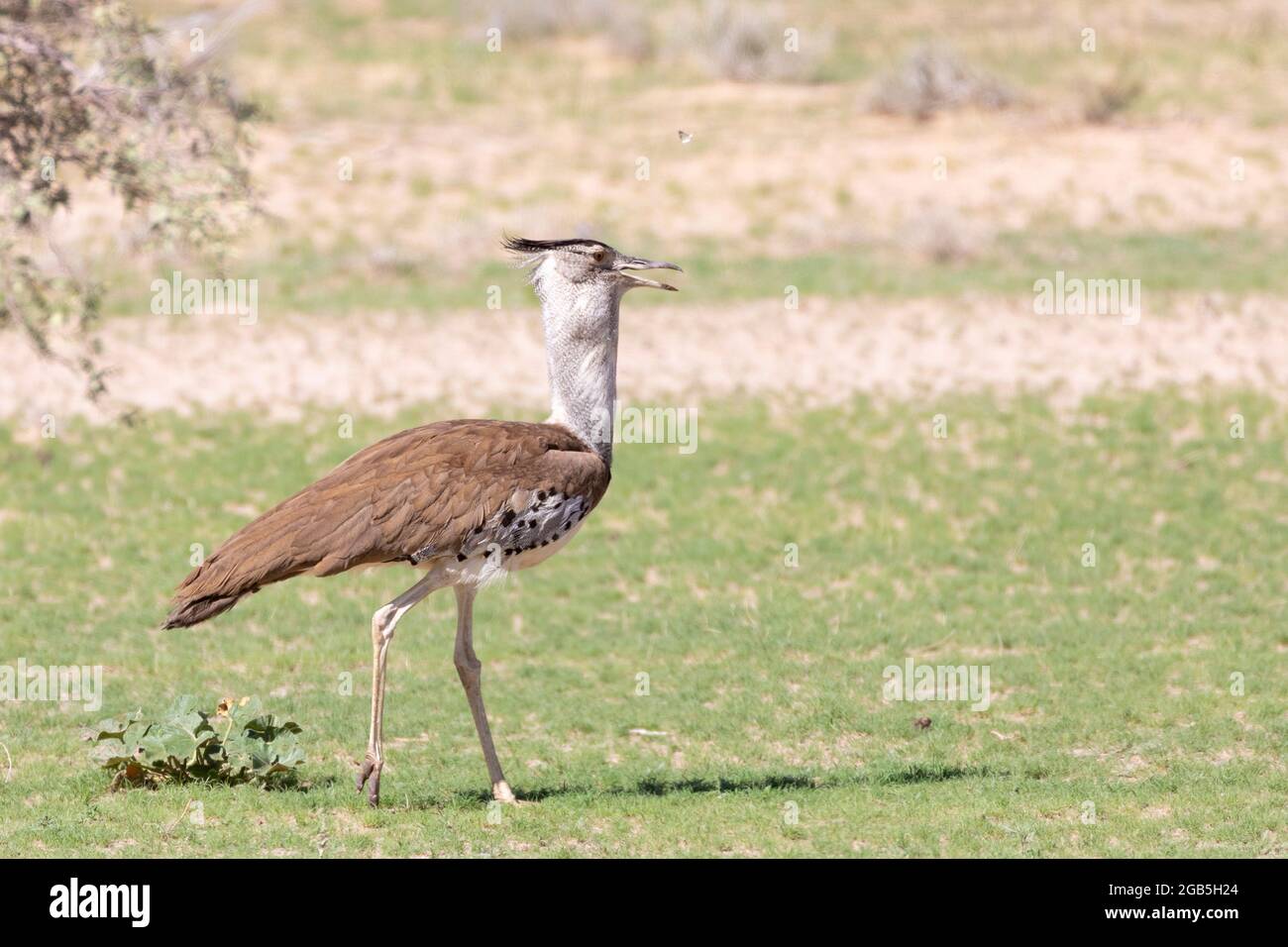 Kori Bustard (Ardeotis kori)walking in Nossob River after rains, Kalahari, Northern Cape, South Africa Stock Photohttps://www.alamy.com/image-license-details/?v=1https://www.alamy.com/kori-bustard-ardeotis-koriwalking-in-nossob-river-after-rains-kalahari-northern-cape-south-africa-image437143564.html
Kori Bustard (Ardeotis kori)walking in Nossob River after rains, Kalahari, Northern Cape, South Africa Stock Photohttps://www.alamy.com/image-license-details/?v=1https://www.alamy.com/kori-bustard-ardeotis-koriwalking-in-nossob-river-after-rains-kalahari-northern-cape-south-africa-image437143564.htmlRM2GB5H24–Kori Bustard (Ardeotis kori)walking in Nossob River after rains, Kalahari, Northern Cape, South Africa
 A Pair of White-naped Crane Grus vipio cleaning feathers Stock Photohttps://www.alamy.com/image-license-details/?v=1https://www.alamy.com/stock-photo-a-pair-of-white-naped-crane-grus-vipio-cleaning-feathers-43966075.html
A Pair of White-naped Crane Grus vipio cleaning feathers Stock Photohttps://www.alamy.com/image-license-details/?v=1https://www.alamy.com/stock-photo-a-pair-of-white-naped-crane-grus-vipio-cleaning-feathers-43966075.htmlRMCFER4Y–A Pair of White-naped Crane Grus vipio cleaning feathers
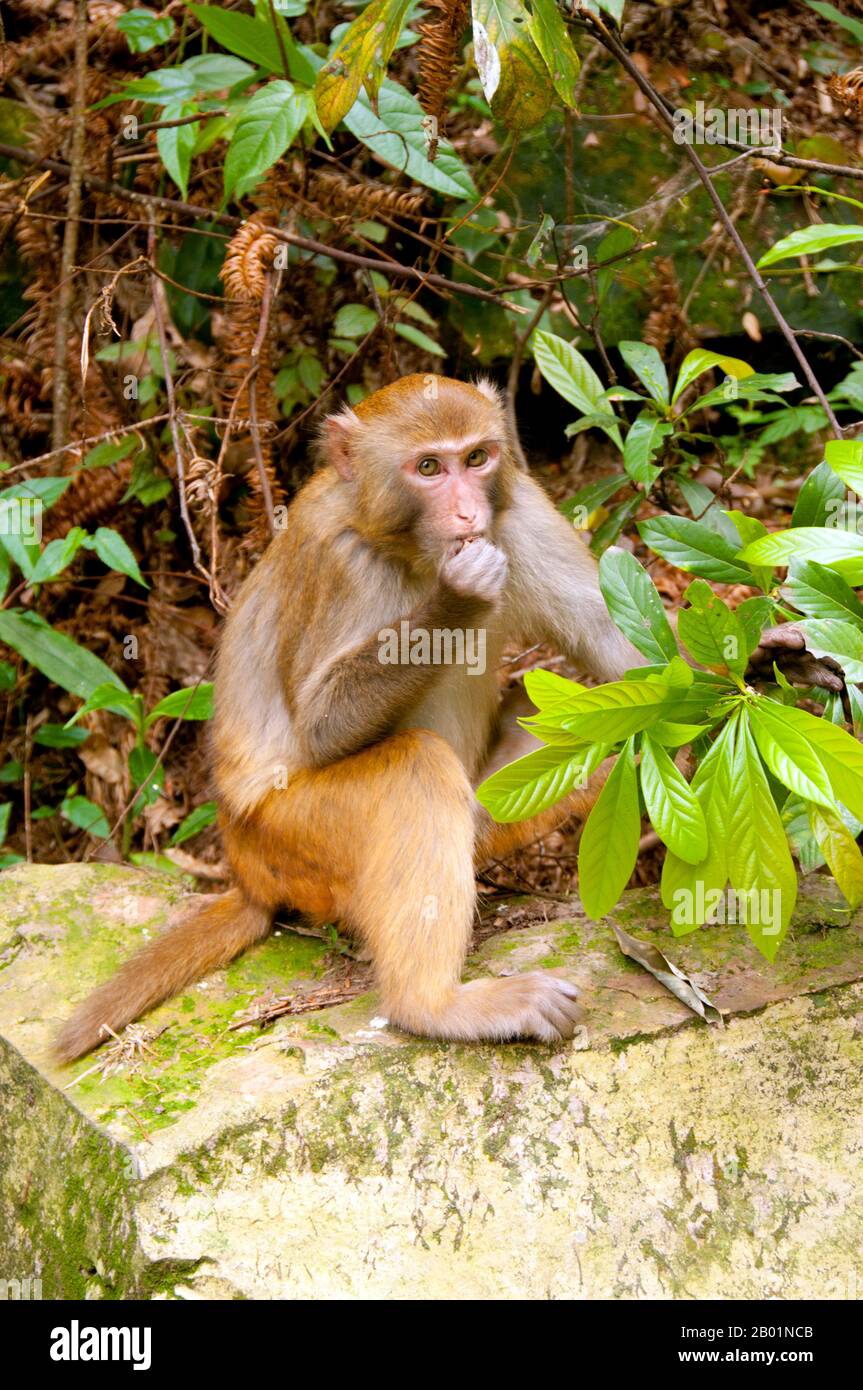 China: Rhesus monkey (Macaca mulatta), Wulingyuan Scenic Area (Zhangjiajie), Hunan Province. The Rhesus macaque (Macaca mulatta), also called the Rhesus monkey, is brown or grey in colour and has a pink face, which is bereft of fur. Its tail is of medium length and averages between 20.7 and 22.9 cm (8.1 and 9.0 in). Adult males measure approximately 53 cm (21 in) on average and weigh about 7.7 kg (17 lb). Females are smaller, averaging 47 cm (19 in) in length and 5.3 kg (12 lb) in weight. It is listed as Least Concern in the IUCN Red List of Threatened Species. Stock Photohttps://www.alamy.com/image-license-details/?v=1https://www.alamy.com/china-rhesus-monkey-macaca-mulatta-wulingyuan-scenic-area-zhangjiajie-hunan-province-the-rhesus-macaque-macaca-mulatta-also-called-the-rhesus-monkey-is-brown-or-grey-in-colour-and-has-a-pink-face-which-is-bereft-of-fur-its-tail-is-of-medium-length-and-averages-between-207-and-229-cm-81-and-90-in-adult-males-measure-approximately-53-cm-21-in-on-average-and-weigh-about-77-kg-17-lb-females-are-smaller-averaging-47-cm-19-in-in-length-and-53-kg-12-lb-in-weight-it-is-listed-as-least-concern-in-the-iucn-red-list-of-threatened-species-image344246123.html
China: Rhesus monkey (Macaca mulatta), Wulingyuan Scenic Area (Zhangjiajie), Hunan Province. The Rhesus macaque (Macaca mulatta), also called the Rhesus monkey, is brown or grey in colour and has a pink face, which is bereft of fur. Its tail is of medium length and averages between 20.7 and 22.9 cm (8.1 and 9.0 in). Adult males measure approximately 53 cm (21 in) on average and weigh about 7.7 kg (17 lb). Females are smaller, averaging 47 cm (19 in) in length and 5.3 kg (12 lb) in weight. It is listed as Least Concern in the IUCN Red List of Threatened Species. Stock Photohttps://www.alamy.com/image-license-details/?v=1https://www.alamy.com/china-rhesus-monkey-macaca-mulatta-wulingyuan-scenic-area-zhangjiajie-hunan-province-the-rhesus-macaque-macaca-mulatta-also-called-the-rhesus-monkey-is-brown-or-grey-in-colour-and-has-a-pink-face-which-is-bereft-of-fur-its-tail-is-of-medium-length-and-averages-between-207-and-229-cm-81-and-90-in-adult-males-measure-approximately-53-cm-21-in-on-average-and-weigh-about-77-kg-17-lb-females-are-smaller-averaging-47-cm-19-in-in-length-and-53-kg-12-lb-in-weight-it-is-listed-as-least-concern-in-the-iucn-red-list-of-threatened-species-image344246123.htmlRM2B01NCB–China: Rhesus monkey (Macaca mulatta), Wulingyuan Scenic Area (Zhangjiajie), Hunan Province. The Rhesus macaque (Macaca mulatta), also called the Rhesus monkey, is brown or grey in colour and has a pink face, which is bereft of fur. Its tail is of medium length and averages between 20.7 and 22.9 cm (8.1 and 9.0 in). Adult males measure approximately 53 cm (21 in) on average and weigh about 7.7 kg (17 lb). Females are smaller, averaging 47 cm (19 in) in length and 5.3 kg (12 lb) in weight. It is listed as Least Concern in the IUCN Red List of Threatened Species.
 October 17, 2016 - Zhengzhou, Zhengzhou, China - Zhengzhou,CHINA-October 17 2016: (EDITORIAL USE ONLY. CHINA OUT) ..The Oriental White Stork saved by a villager in Zhengzhou, central China's Henan Province, October 17th, 2016. The Oriental stork is a large, white bird with black wing feathers in the stork family Ciconiidae. Due to habitat loss and overhunting, the Oriental stork is classified as Endangered on the IUCN Red List of Threatened Species. (Credit Image: © SIPA Asia via ZUMA Wire) Stock Photohttps://www.alamy.com/image-license-details/?v=1https://www.alamy.com/stock-photo-october-17-2016-zhengzhou-zhengzhou-china-zhengzhouchina-october-17-125023796.html
October 17, 2016 - Zhengzhou, Zhengzhou, China - Zhengzhou,CHINA-October 17 2016: (EDITORIAL USE ONLY. CHINA OUT) ..The Oriental White Stork saved by a villager in Zhengzhou, central China's Henan Province, October 17th, 2016. The Oriental stork is a large, white bird with black wing feathers in the stork family Ciconiidae. Due to habitat loss and overhunting, the Oriental stork is classified as Endangered on the IUCN Red List of Threatened Species. (Credit Image: © SIPA Asia via ZUMA Wire) Stock Photohttps://www.alamy.com/image-license-details/?v=1https://www.alamy.com/stock-photo-october-17-2016-zhengzhou-zhengzhou-china-zhengzhouchina-october-17-125023796.htmlRMH7B93G–October 17, 2016 - Zhengzhou, Zhengzhou, China - Zhengzhou,CHINA-October 17 2016: (EDITORIAL USE ONLY. CHINA OUT) ..The Oriental White Stork saved by a villager in Zhengzhou, central China's Henan Province, October 17th, 2016. The Oriental stork is a large, white bird with black wing feathers in the stork family Ciconiidae. Due to habitat loss and overhunting, the Oriental stork is classified as Endangered on the IUCN Red List of Threatened Species. (Credit Image: © SIPA Asia via ZUMA Wire)
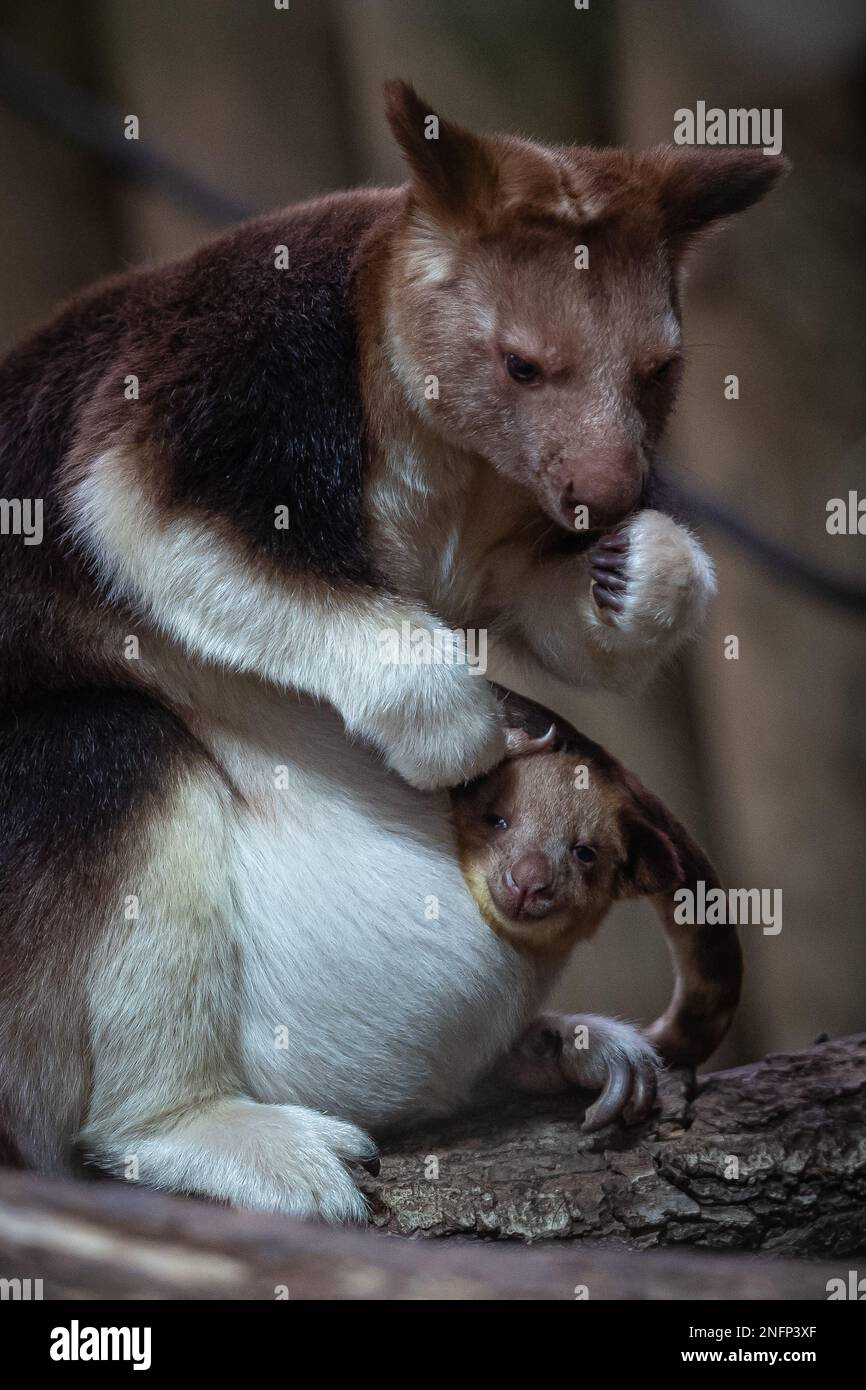 PARIS, Feb. 18, 2023 (Xinhua) -- A Goodfellow's tree kangaroo joey peeks out of its mother's pouch at a zoo in Paris, France, Feb. 17, 2023. The Goodfellow's tree kangaroo is classified as 'endangered' on the International Union for Conservation of Nature (IUCN) Red List of Threatened Species. (Photo by Aurelien Morissard/Xinhua) Stock Photohttps://www.alamy.com/image-license-details/?v=1https://www.alamy.com/paris-feb-18-2023-xinhua-a-goodfellows-tree-kangaroo-joey-peeks-out-of-its-mothers-pouch-at-a-zoo-in-paris-france-feb-17-2023-the-goodfellows-tree-kangaroo-is-classified-as-endangered-on-the-international-union-for-conservation-of-nature-iucn-red-list-of-threatened-species-photo-by-aurelien-morissardxinhua-image526016919.html
PARIS, Feb. 18, 2023 (Xinhua) -- A Goodfellow's tree kangaroo joey peeks out of its mother's pouch at a zoo in Paris, France, Feb. 17, 2023. The Goodfellow's tree kangaroo is classified as 'endangered' on the International Union for Conservation of Nature (IUCN) Red List of Threatened Species. (Photo by Aurelien Morissard/Xinhua) Stock Photohttps://www.alamy.com/image-license-details/?v=1https://www.alamy.com/paris-feb-18-2023-xinhua-a-goodfellows-tree-kangaroo-joey-peeks-out-of-its-mothers-pouch-at-a-zoo-in-paris-france-feb-17-2023-the-goodfellows-tree-kangaroo-is-classified-as-endangered-on-the-international-union-for-conservation-of-nature-iucn-red-list-of-threatened-species-photo-by-aurelien-morissardxinhua-image526016919.htmlRM2NFP3XF–PARIS, Feb. 18, 2023 (Xinhua) -- A Goodfellow's tree kangaroo joey peeks out of its mother's pouch at a zoo in Paris, France, Feb. 17, 2023. The Goodfellow's tree kangaroo is classified as 'endangered' on the International Union for Conservation of Nature (IUCN) Red List of Threatened Species. (Photo by Aurelien Morissard/Xinhua)
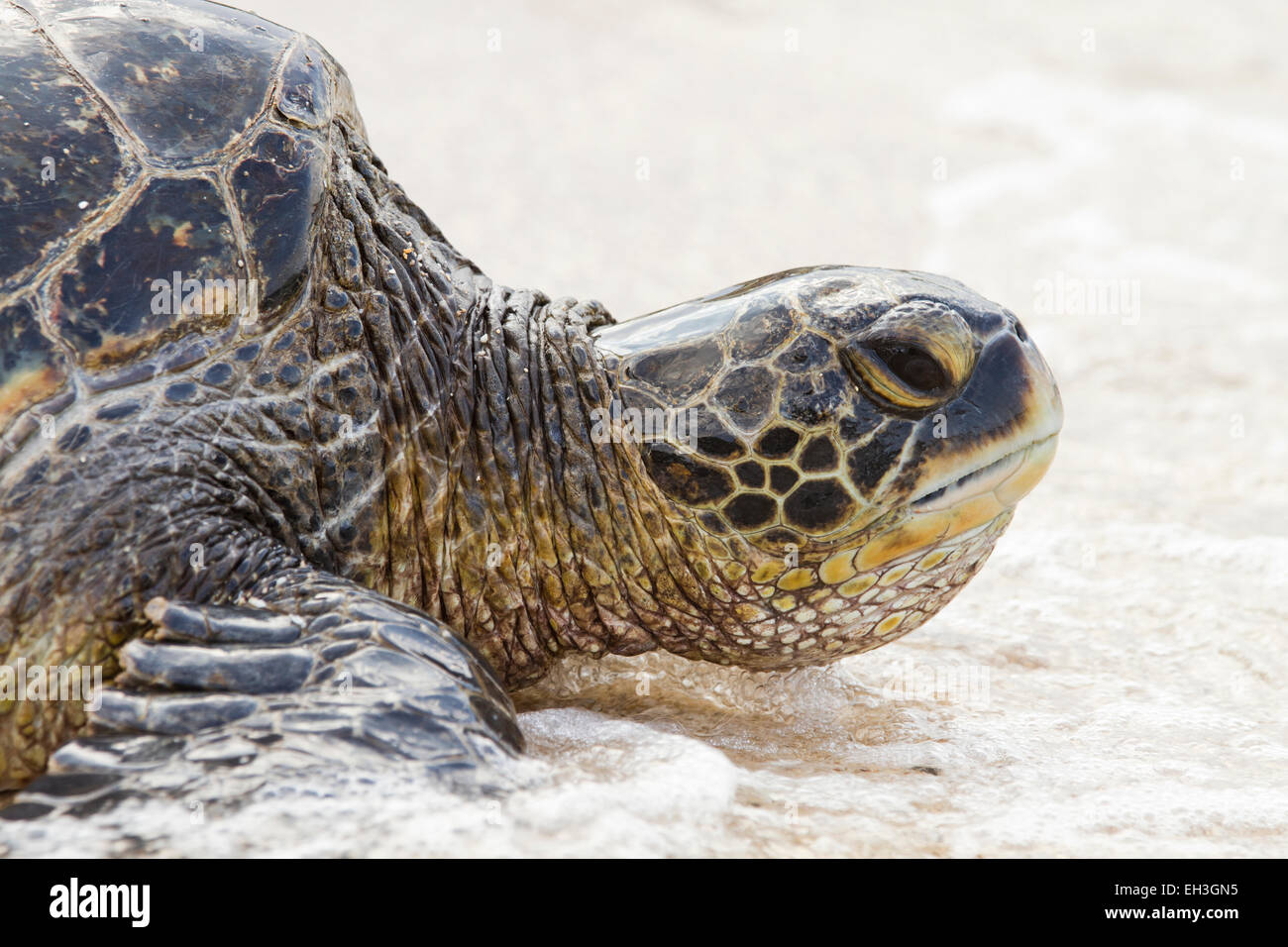 Green sea turtle ashore in Maui, Hawaii Stock Photohttps://www.alamy.com/image-license-details/?v=1https://www.alamy.com/stock-photo-green-sea-turtle-ashore-in-maui-hawaii-79369617.html
Green sea turtle ashore in Maui, Hawaii Stock Photohttps://www.alamy.com/image-license-details/?v=1https://www.alamy.com/stock-photo-green-sea-turtle-ashore-in-maui-hawaii-79369617.htmlRMEH3GN5–Green sea turtle ashore in Maui, Hawaii
 221028 -- NAIROBI, Oct. 28, 2022 -- A lemur is seen near Antananarivo, Madagascar, Oct. 21, 2022. Many species of lemurs are listed on the International Union for Conservation of Nature IUCN Red List of Threatened Species and are in danger of extinction due to habitat destruction and illegal hunting in recent years. Photo by /Xinhua MADAGASCAR-LEMUR IakoxRandrianarivelo PUBLICATIONxNOTxINxCHN Stock Photohttps://www.alamy.com/image-license-details/?v=1https://www.alamy.com/221028-nairobi-oct-28-2022-a-lemur-is-seen-near-antananarivo-madagascar-oct-21-2022-many-species-of-lemurs-are-listed-on-the-international-union-for-conservation-of-nature-iucn-red-list-of-threatened-species-and-are-in-danger-of-extinction-due-to-habitat-destruction-and-illegal-hunting-in-recent-years-photo-by-xinhua-madagascar-lemur-iakoxrandrianarivelo-publicationxnotxinxchn-image565320424.html
221028 -- NAIROBI, Oct. 28, 2022 -- A lemur is seen near Antananarivo, Madagascar, Oct. 21, 2022. Many species of lemurs are listed on the International Union for Conservation of Nature IUCN Red List of Threatened Species and are in danger of extinction due to habitat destruction and illegal hunting in recent years. Photo by /Xinhua MADAGASCAR-LEMUR IakoxRandrianarivelo PUBLICATIONxNOTxINxCHN Stock Photohttps://www.alamy.com/image-license-details/?v=1https://www.alamy.com/221028-nairobi-oct-28-2022-a-lemur-is-seen-near-antananarivo-madagascar-oct-21-2022-many-species-of-lemurs-are-listed-on-the-international-union-for-conservation-of-nature-iucn-red-list-of-threatened-species-and-are-in-danger-of-extinction-due-to-habitat-destruction-and-illegal-hunting-in-recent-years-photo-by-xinhua-madagascar-lemur-iakoxrandrianarivelo-publicationxnotxinxchn-image565320424.htmlRM2RRMFY4–221028 -- NAIROBI, Oct. 28, 2022 -- A lemur is seen near Antananarivo, Madagascar, Oct. 21, 2022. Many species of lemurs are listed on the International Union for Conservation of Nature IUCN Red List of Threatened Species and are in danger of extinction due to habitat destruction and illegal hunting in recent years. Photo by /Xinhua MADAGASCAR-LEMUR IakoxRandrianarivelo PUBLICATIONxNOTxINxCHN
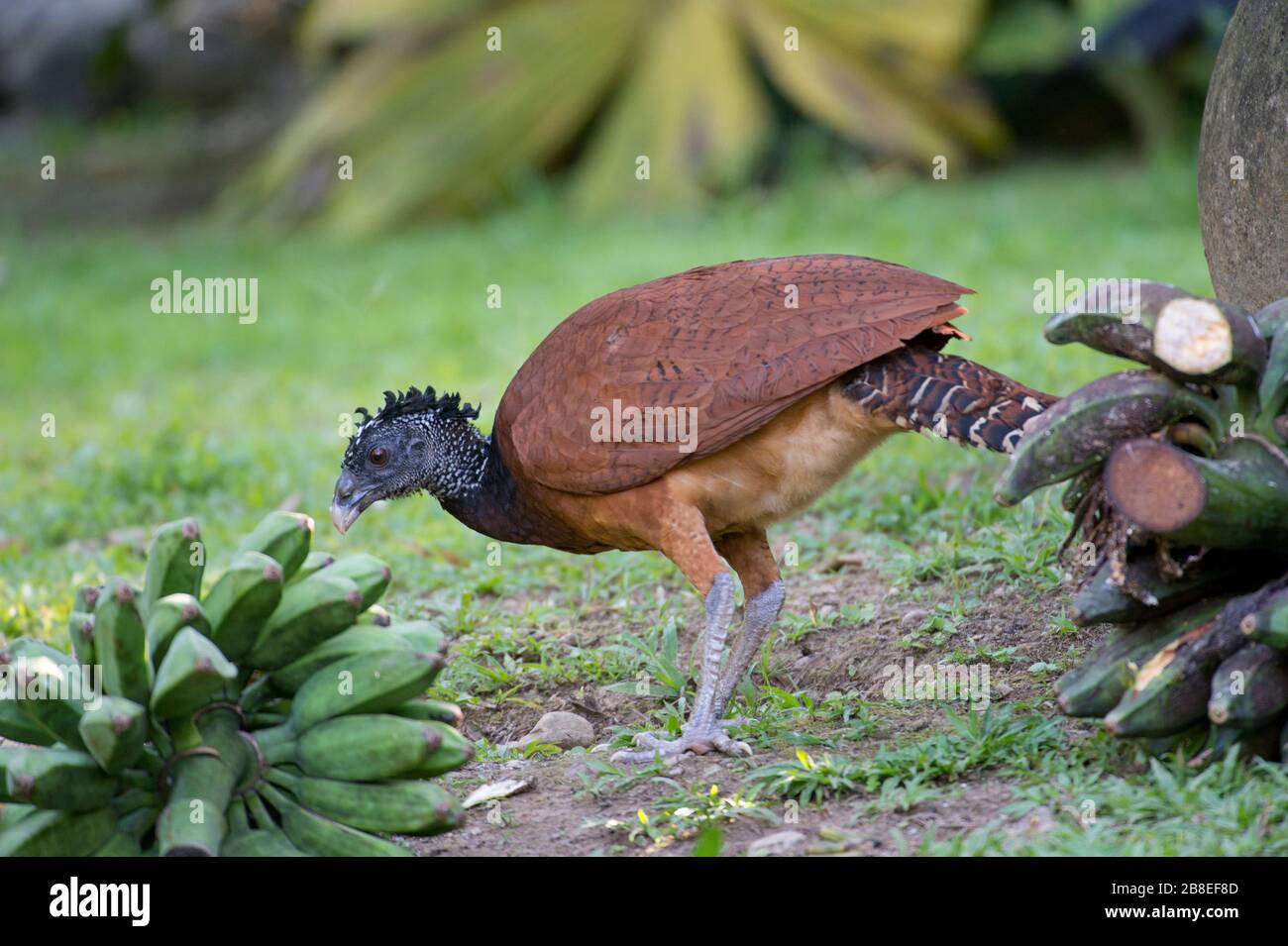 Female Great Curassow (Crax rubra) in northeastern Costa Rica Stock Photohttps://www.alamy.com/image-license-details/?v=1https://www.alamy.com/female-great-curassow-crax-rubra-in-northeastern-costa-rica-image349443933.html
Female Great Curassow (Crax rubra) in northeastern Costa Rica Stock Photohttps://www.alamy.com/image-license-details/?v=1https://www.alamy.com/female-great-curassow-crax-rubra-in-northeastern-costa-rica-image349443933.htmlRF2B8EF8D–Female Great Curassow (Crax rubra) in northeastern Costa Rica
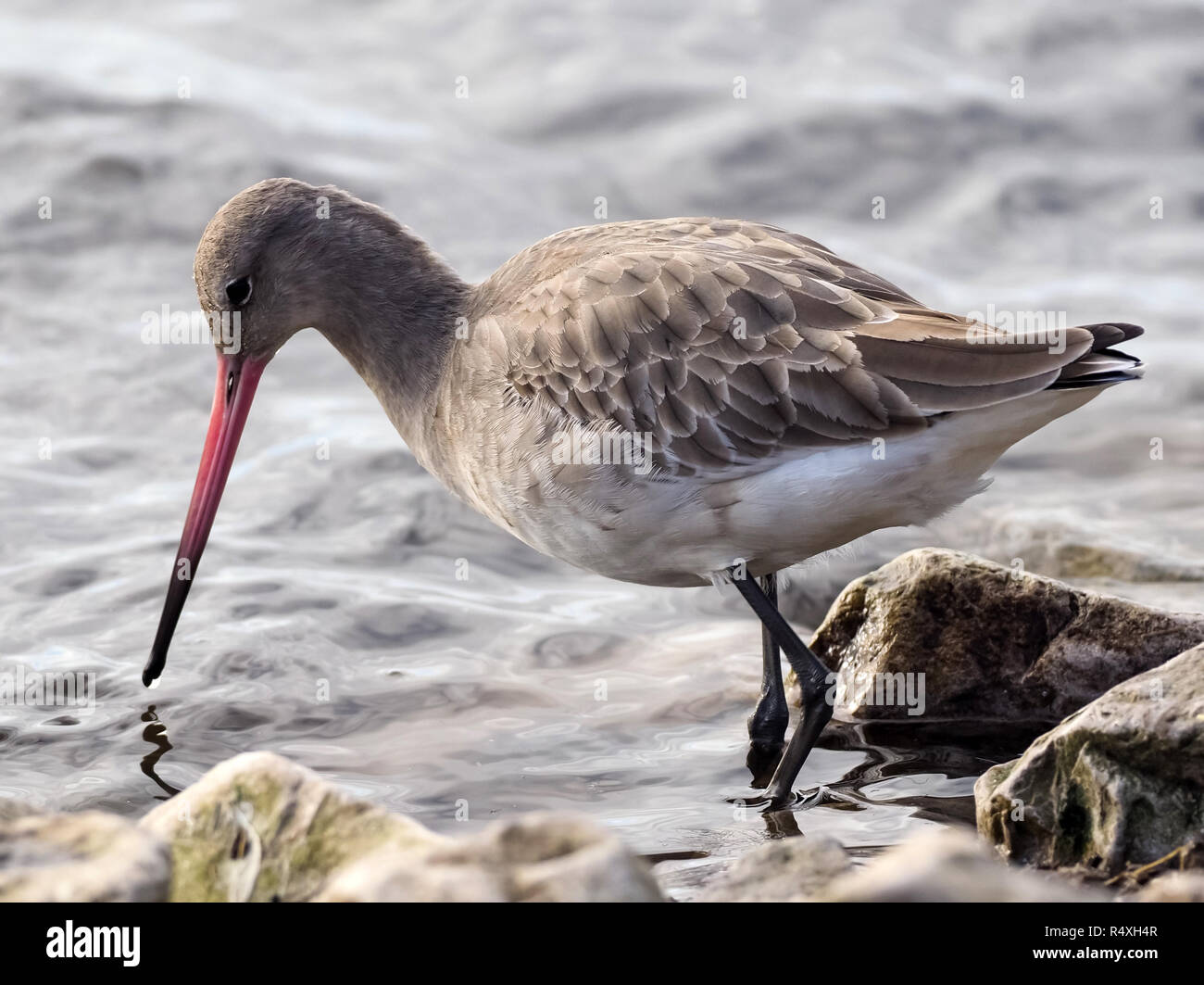 Black-tailed Godwit.Scientific name: Limosa limosa The Black-tailed Godwit is a rare breeding bird in the UK that has suffered from dramatic declines. Classified in the UK as Red under the Birds of Conservation Concern 4: the Red List for Birds (2015). Protected in the UK under the Wildlife and Countryside Act, 1981. Priority Species under the UK Post-2010 Biodiversity Framework. Listed as Near Threatened on the global IUCN Red List of Threatened Species.the Black-tailed Godwit breeds in wet grasslands, and winters on coastal estuaries and marshes, and at inland shallow waters. A sociable bird Stock Photohttps://www.alamy.com/image-license-details/?v=1https://www.alamy.com/black-tailed-godwitscientific-name-limosa-limosa-the-black-tailed-godwit-is-a-rare-breeding-bird-in-the-uk-that-has-suffered-from-dramatic-declines-classified-in-the-uk-as-red-under-the-birds-of-conservation-concern-4-the-red-list-for-birds-2015-protected-in-the-uk-under-the-wildlife-and-countryside-act-1981-priority-species-under-the-uk-post-2010-biodiversity-framework-listed-as-near-threatened-on-the-global-iucn-red-list-of-threatened-speciesthe-black-tailed-godwit-breeds-in-wet-grasslands-and-winters-on-coastal-estuaries-and-marshes-and-at-inland-shallow-waters-a-sociable-bird-image226777623.html
Black-tailed Godwit.Scientific name: Limosa limosa The Black-tailed Godwit is a rare breeding bird in the UK that has suffered from dramatic declines. Classified in the UK as Red under the Birds of Conservation Concern 4: the Red List for Birds (2015). Protected in the UK under the Wildlife and Countryside Act, 1981. Priority Species under the UK Post-2010 Biodiversity Framework. Listed as Near Threatened on the global IUCN Red List of Threatened Species.the Black-tailed Godwit breeds in wet grasslands, and winters on coastal estuaries and marshes, and at inland shallow waters. A sociable bird Stock Photohttps://www.alamy.com/image-license-details/?v=1https://www.alamy.com/black-tailed-godwitscientific-name-limosa-limosa-the-black-tailed-godwit-is-a-rare-breeding-bird-in-the-uk-that-has-suffered-from-dramatic-declines-classified-in-the-uk-as-red-under-the-birds-of-conservation-concern-4-the-red-list-for-birds-2015-protected-in-the-uk-under-the-wildlife-and-countryside-act-1981-priority-species-under-the-uk-post-2010-biodiversity-framework-listed-as-near-threatened-on-the-global-iucn-red-list-of-threatened-speciesthe-black-tailed-godwit-breeds-in-wet-grasslands-and-winters-on-coastal-estuaries-and-marshes-and-at-inland-shallow-waters-a-sociable-bird-image226777623.htmlRMR4XH4R–Black-tailed Godwit.Scientific name: Limosa limosa The Black-tailed Godwit is a rare breeding bird in the UK that has suffered from dramatic declines. Classified in the UK as Red under the Birds of Conservation Concern 4: the Red List for Birds (2015). Protected in the UK under the Wildlife and Countryside Act, 1981. Priority Species under the UK Post-2010 Biodiversity Framework. Listed as Near Threatened on the global IUCN Red List of Threatened Species.the Black-tailed Godwit breeds in wet grasslands, and winters on coastal estuaries and marshes, and at inland shallow waters. A sociable bird
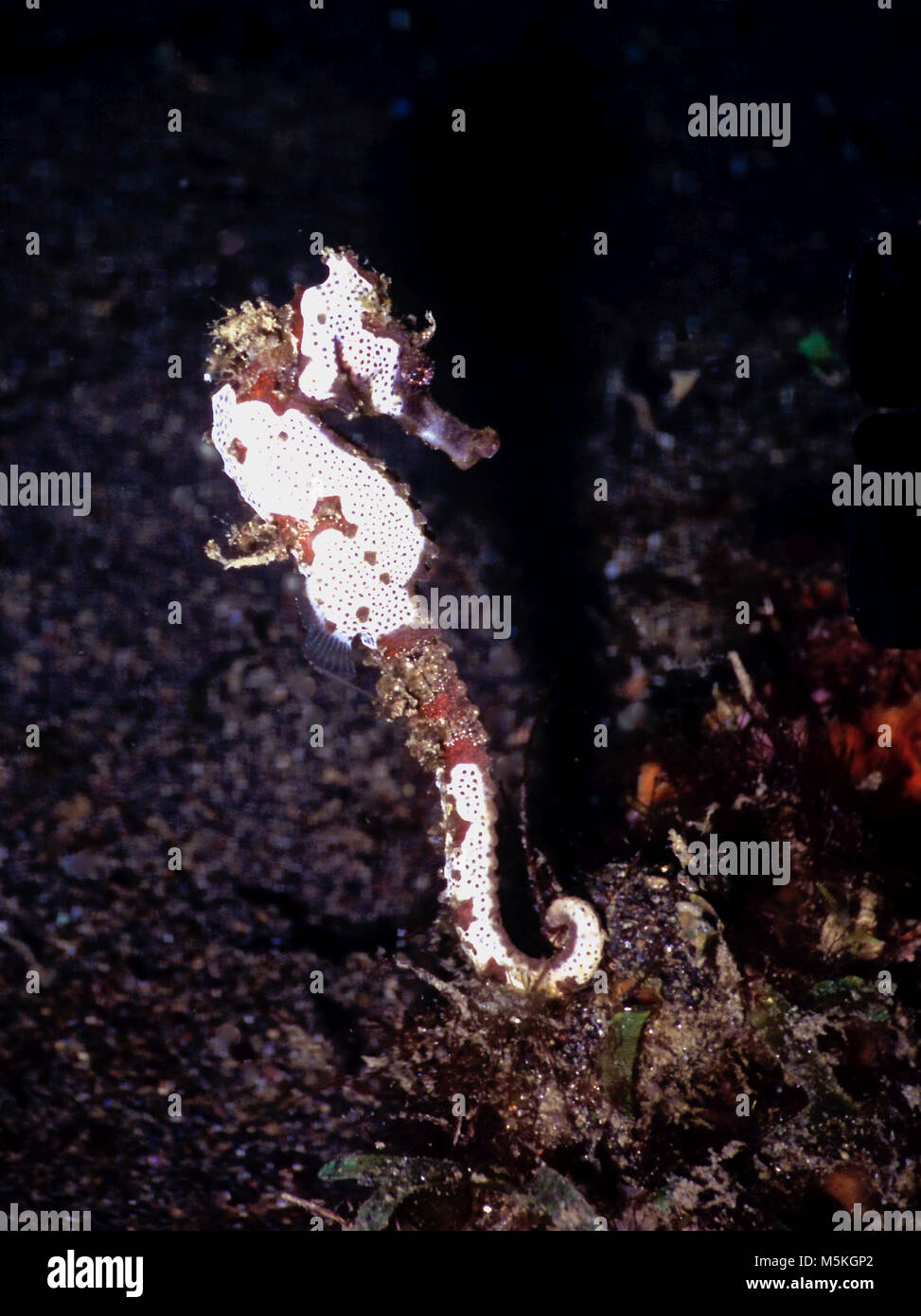 This is a picture of a thorny seahorse (Hippocampus histrix: 10 cms.). The IUCN Red List indicates that it is vulnerable. It is found in the Indo-West Pacific, usually near sponges and soft corals. In common with other seahorse species, it is threatened because of over-fishing (it becomes trawl bycatch), pollution and coastal development. For protection, the bodies of all seahorses are covered with bony plates. In this instance, many of these plates are overlaid with an encrustation of white bryozoans, which helps to camouflage the animal. Photographed in northern Sulawesi waters, Indonesia. Stock Photohttps://www.alamy.com/image-license-details/?v=1https://www.alamy.com/stock-photo-this-is-a-picture-of-a-thorny-seahorse-hippocampus-histrix-10-cms-175607210.html
This is a picture of a thorny seahorse (Hippocampus histrix: 10 cms.). The IUCN Red List indicates that it is vulnerable. It is found in the Indo-West Pacific, usually near sponges and soft corals. In common with other seahorse species, it is threatened because of over-fishing (it becomes trawl bycatch), pollution and coastal development. For protection, the bodies of all seahorses are covered with bony plates. In this instance, many of these plates are overlaid with an encrustation of white bryozoans, which helps to camouflage the animal. Photographed in northern Sulawesi waters, Indonesia. Stock Photohttps://www.alamy.com/image-license-details/?v=1https://www.alamy.com/stock-photo-this-is-a-picture-of-a-thorny-seahorse-hippocampus-histrix-10-cms-175607210.htmlRFM5KGP2–This is a picture of a thorny seahorse (Hippocampus histrix: 10 cms.). The IUCN Red List indicates that it is vulnerable. It is found in the Indo-West Pacific, usually near sponges and soft corals. In common with other seahorse species, it is threatened because of over-fishing (it becomes trawl bycatch), pollution and coastal development. For protection, the bodies of all seahorses are covered with bony plates. In this instance, many of these plates are overlaid with an encrustation of white bryozoans, which helps to camouflage the animal. Photographed in northern Sulawesi waters, Indonesia.
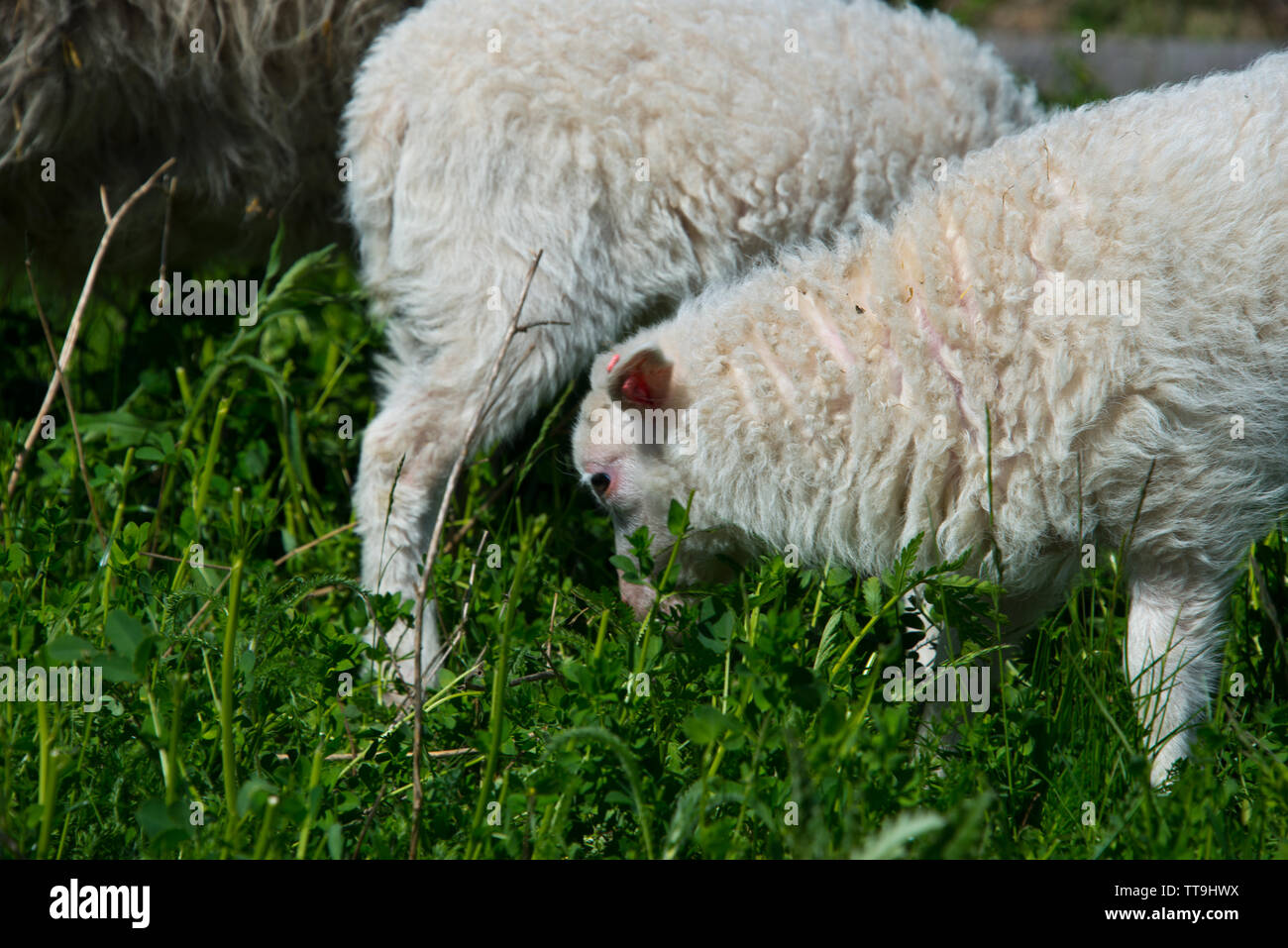 flock of skudde sheep. skudde are one of the oldest domesticated sheep races and listed in the IUCN red list of threatened species Stock Photohttps://www.alamy.com/image-license-details/?v=1https://www.alamy.com/flock-of-skudde-sheep-skudde-are-one-of-the-oldest-domesticated-sheep-races-and-listed-in-the-iucn-red-list-of-threatened-species-image255908518.html
flock of skudde sheep. skudde are one of the oldest domesticated sheep races and listed in the IUCN red list of threatened species Stock Photohttps://www.alamy.com/image-license-details/?v=1https://www.alamy.com/flock-of-skudde-sheep-skudde-are-one-of-the-oldest-domesticated-sheep-races-and-listed-in-the-iucn-red-list-of-threatened-species-image255908518.htmlRFTT9HWX–flock of skudde sheep. skudde are one of the oldest domesticated sheep races and listed in the IUCN red list of threatened species
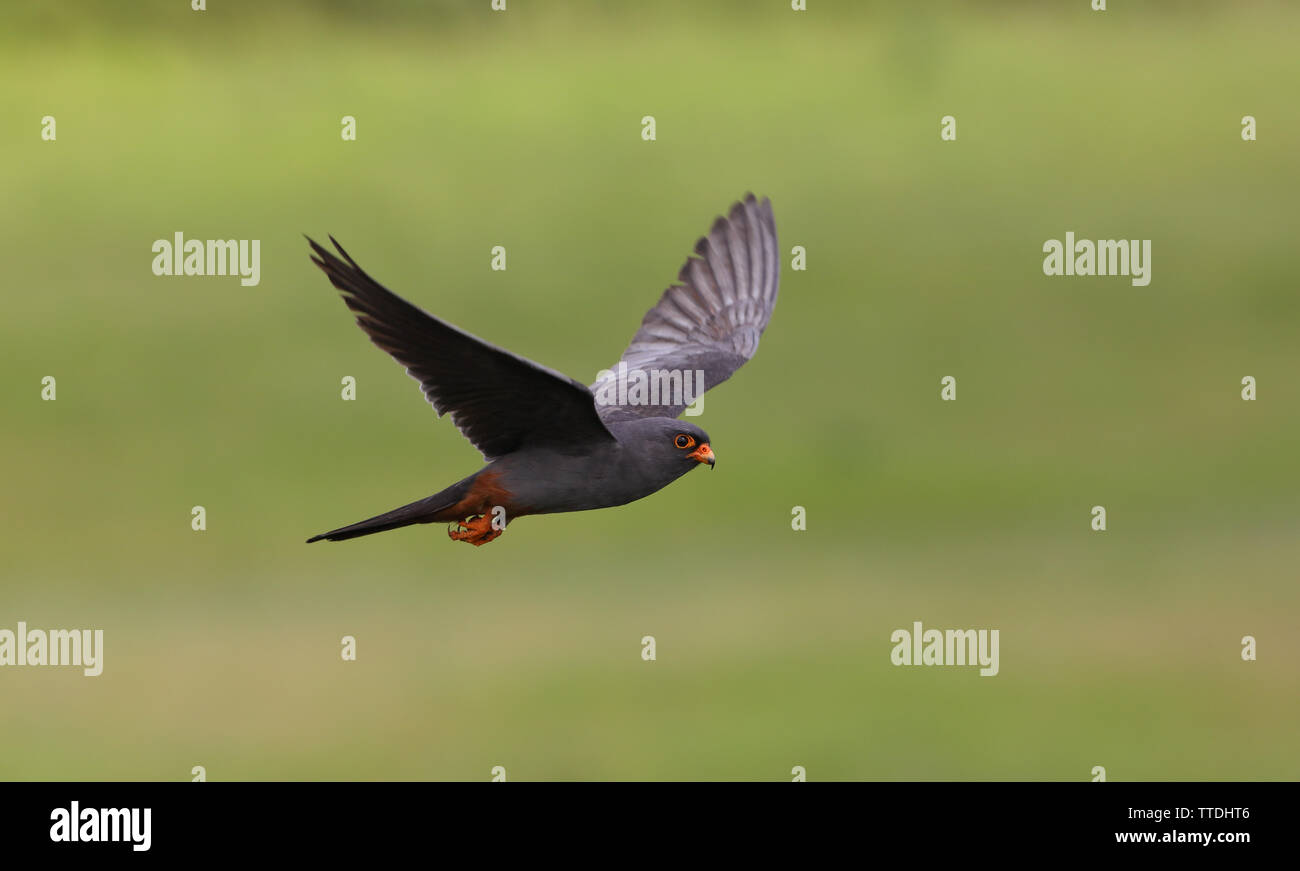 Male Red-footed falcon (Falco vespertinus) in flight. The species is listed as Near Threatened on the IUCN Red List. Photographed in Hortobagy, HU Stock Photohttps://www.alamy.com/image-license-details/?v=1https://www.alamy.com/male-red-footed-falcon-falco-vespertinus-in-flight-the-species-is-listed-as-near-threatened-on-the-iucn-red-list-photographed-in-hortobagy-hu-image255996278.html
Male Red-footed falcon (Falco vespertinus) in flight. The species is listed as Near Threatened on the IUCN Red List. Photographed in Hortobagy, HU Stock Photohttps://www.alamy.com/image-license-details/?v=1https://www.alamy.com/male-red-footed-falcon-falco-vespertinus-in-flight-the-species-is-listed-as-near-threatened-on-the-iucn-red-list-photographed-in-hortobagy-hu-image255996278.htmlRMTTDHT6–Male Red-footed falcon (Falco vespertinus) in flight. The species is listed as Near Threatened on the IUCN Red List. Photographed in Hortobagy, HU
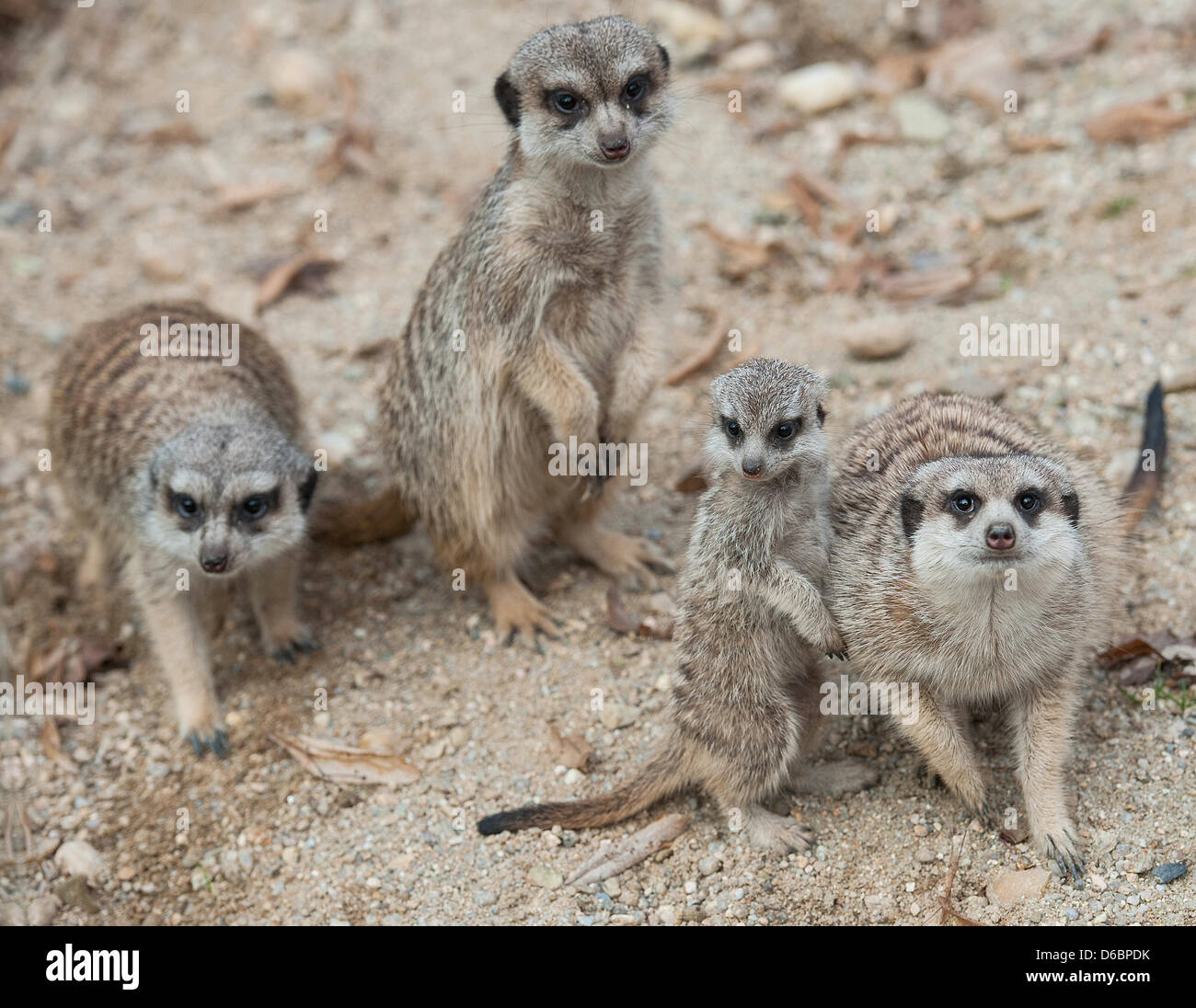 Liberec, Czech Republic. 16th April, 2013. Young Meerkats received the most votes as the best cubs from the visitors of Zoo Liberec. Small beasts grow from 25 to 35 cm and they are registered in the IUCN Red List of Threatened Species. They inhabit dry savannas, deserts and semi-deserts, mostly the South African Kalahari desert. Meerkats are seen in Liberec, Czech Republic, April 16, 2013. (Radek Petrasek/CTK Photo/Alamy Live News) Stock Photohttps://www.alamy.com/image-license-details/?v=1https://www.alamy.com/stock-photo-liberec-czech-republic-16th-april-2013-young-meerkats-received-the-55578143.html
Liberec, Czech Republic. 16th April, 2013. Young Meerkats received the most votes as the best cubs from the visitors of Zoo Liberec. Small beasts grow from 25 to 35 cm and they are registered in the IUCN Red List of Threatened Species. They inhabit dry savannas, deserts and semi-deserts, mostly the South African Kalahari desert. Meerkats are seen in Liberec, Czech Republic, April 16, 2013. (Radek Petrasek/CTK Photo/Alamy Live News) Stock Photohttps://www.alamy.com/image-license-details/?v=1https://www.alamy.com/stock-photo-liberec-czech-republic-16th-april-2013-young-meerkats-received-the-55578143.htmlRMD6BPDK–Liberec, Czech Republic. 16th April, 2013. Young Meerkats received the most votes as the best cubs from the visitors of Zoo Liberec. Small beasts grow from 25 to 35 cm and they are registered in the IUCN Red List of Threatened Species. They inhabit dry savannas, deserts and semi-deserts, mostly the South African Kalahari desert. Meerkats are seen in Liberec, Czech Republic, April 16, 2013. (Radek Petrasek/CTK Photo/Alamy Live News)
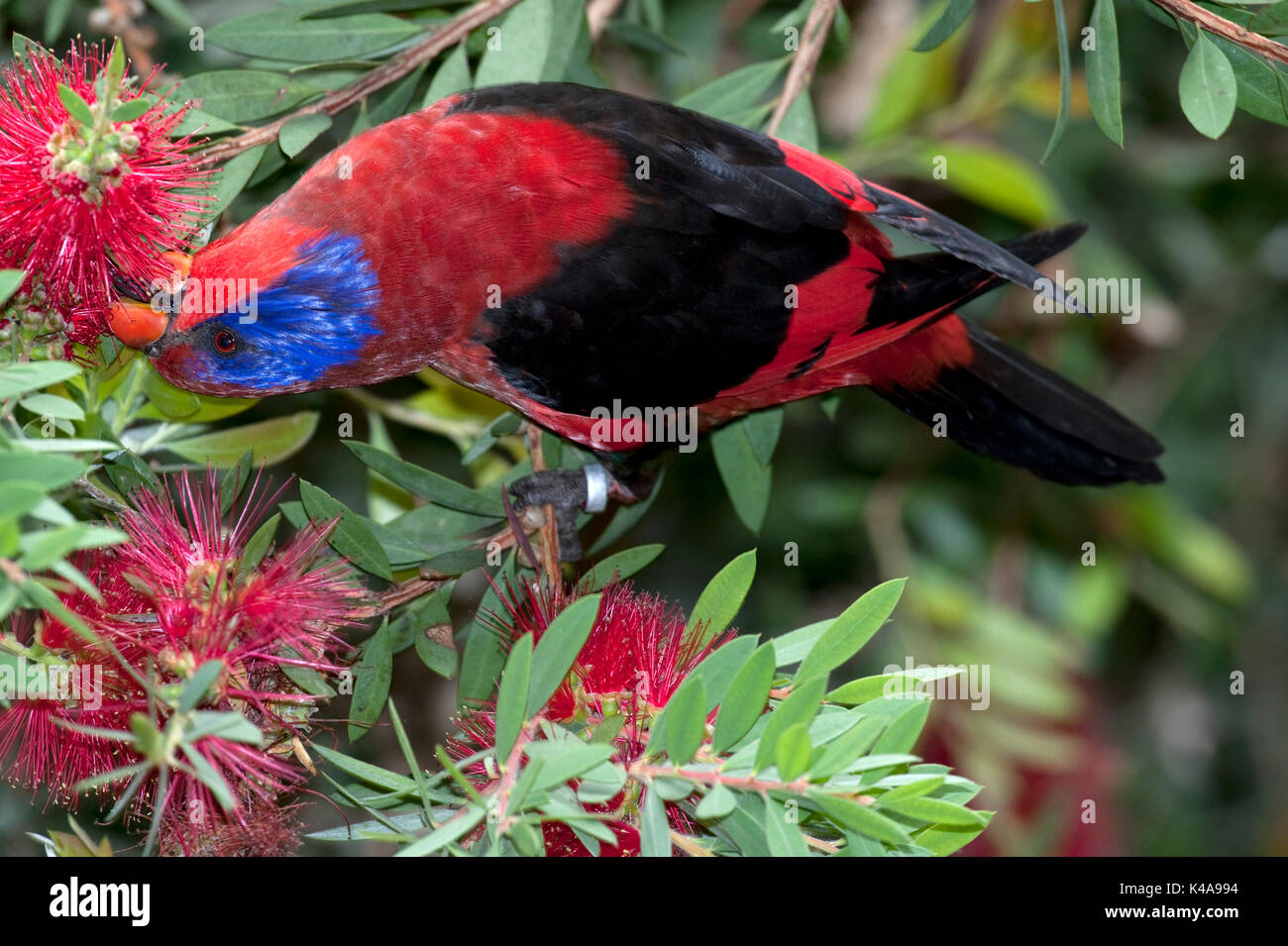 Black-winged Lory, Eos cyanogenia, feeding, Captive, endemic to Indonesia, Vulnerable, IUCN Red List of Threatened Species. It is listed on Appendix Stock Photohttps://www.alamy.com/image-license-details/?v=1https://www.alamy.com/black-winged-lory-eos-cyanogenia-feeding-captive-endemic-to-indonesia-image157578768.html
Black-winged Lory, Eos cyanogenia, feeding, Captive, endemic to Indonesia, Vulnerable, IUCN Red List of Threatened Species. It is listed on Appendix Stock Photohttps://www.alamy.com/image-license-details/?v=1https://www.alamy.com/black-winged-lory-eos-cyanogenia-feeding-captive-endemic-to-indonesia-image157578768.htmlRMK4A994–Black-winged Lory, Eos cyanogenia, feeding, Captive, endemic to Indonesia, Vulnerable, IUCN Red List of Threatened Species. It is listed on Appendix
 Philippine Duck, Anas luzonica, Anatidae. Rare Duck from the Philippines, Asia. On the IUCN Red List of Threatened Species 2006. Stock Photohttps://www.alamy.com/image-license-details/?v=1https://www.alamy.com/stock-photo-philippine-duck-anas-luzonica-anatidae-rare-duck-from-the-philippines-27851991.html
Philippine Duck, Anas luzonica, Anatidae. Rare Duck from the Philippines, Asia. On the IUCN Red List of Threatened Species 2006. Stock Photohttps://www.alamy.com/image-license-details/?v=1https://www.alamy.com/stock-photo-philippine-duck-anas-luzonica-anatidae-rare-duck-from-the-philippines-27851991.htmlRMBH8NDY–Philippine Duck, Anas luzonica, Anatidae. Rare Duck from the Philippines, Asia. On the IUCN Red List of Threatened Species 2006.
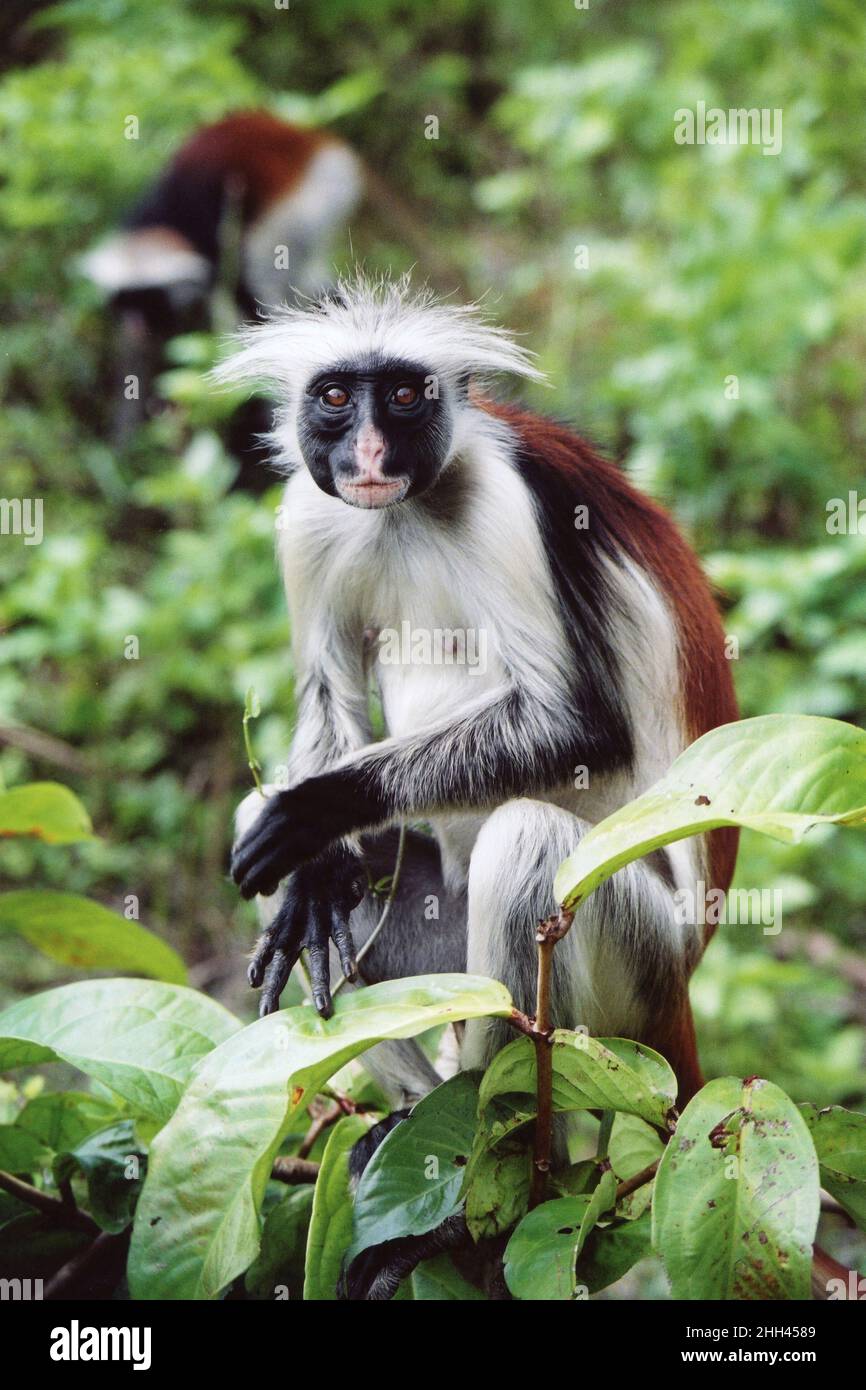 Zanzibar Red Colobus (Piliocolobus kirkii) a.k.a. Kirk's Red Colobus Stock Photohttps://www.alamy.com/image-license-details/?v=1https://www.alamy.com/zanzibar-red-colobus-piliocolobus-kirkii-aka-kirks-red-colobus-image458010681.html
Zanzibar Red Colobus (Piliocolobus kirkii) a.k.a. Kirk's Red Colobus Stock Photohttps://www.alamy.com/image-license-details/?v=1https://www.alamy.com/zanzibar-red-colobus-piliocolobus-kirkii-aka-kirks-red-colobus-image458010681.htmlRM2HH4589–Zanzibar Red Colobus (Piliocolobus kirkii) a.k.a. Kirk's Red Colobus
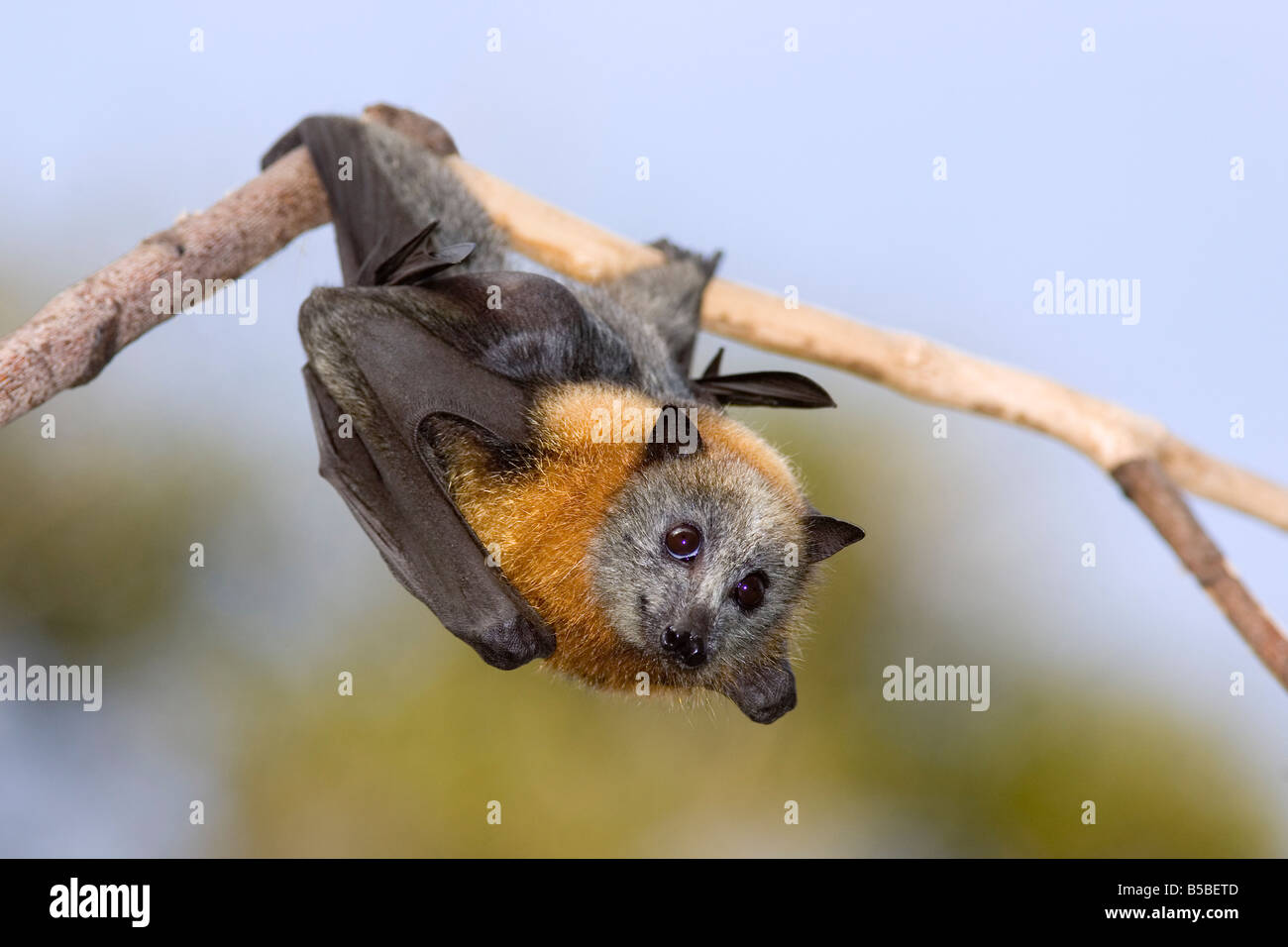 Grey Headed Flying Fox, Pteropus poliocephalus. Endemic to eastern Australia and are listed as vulnerable on the IUCN Red List of Threatened Species. Stock Photohttps://www.alamy.com/image-license-details/?v=1https://www.alamy.com/stock-photo-grey-headed-flying-fox-pteropus-poliocephalus-endemic-to-eastern-australia-20536781.html
Grey Headed Flying Fox, Pteropus poliocephalus. Endemic to eastern Australia and are listed as vulnerable on the IUCN Red List of Threatened Species. Stock Photohttps://www.alamy.com/image-license-details/?v=1https://www.alamy.com/stock-photo-grey-headed-flying-fox-pteropus-poliocephalus-endemic-to-eastern-australia-20536781.htmlRMB5BETD–Grey Headed Flying Fox, Pteropus poliocephalus. Endemic to eastern Australia and are listed as vulnerable on the IUCN Red List of Threatened Species.
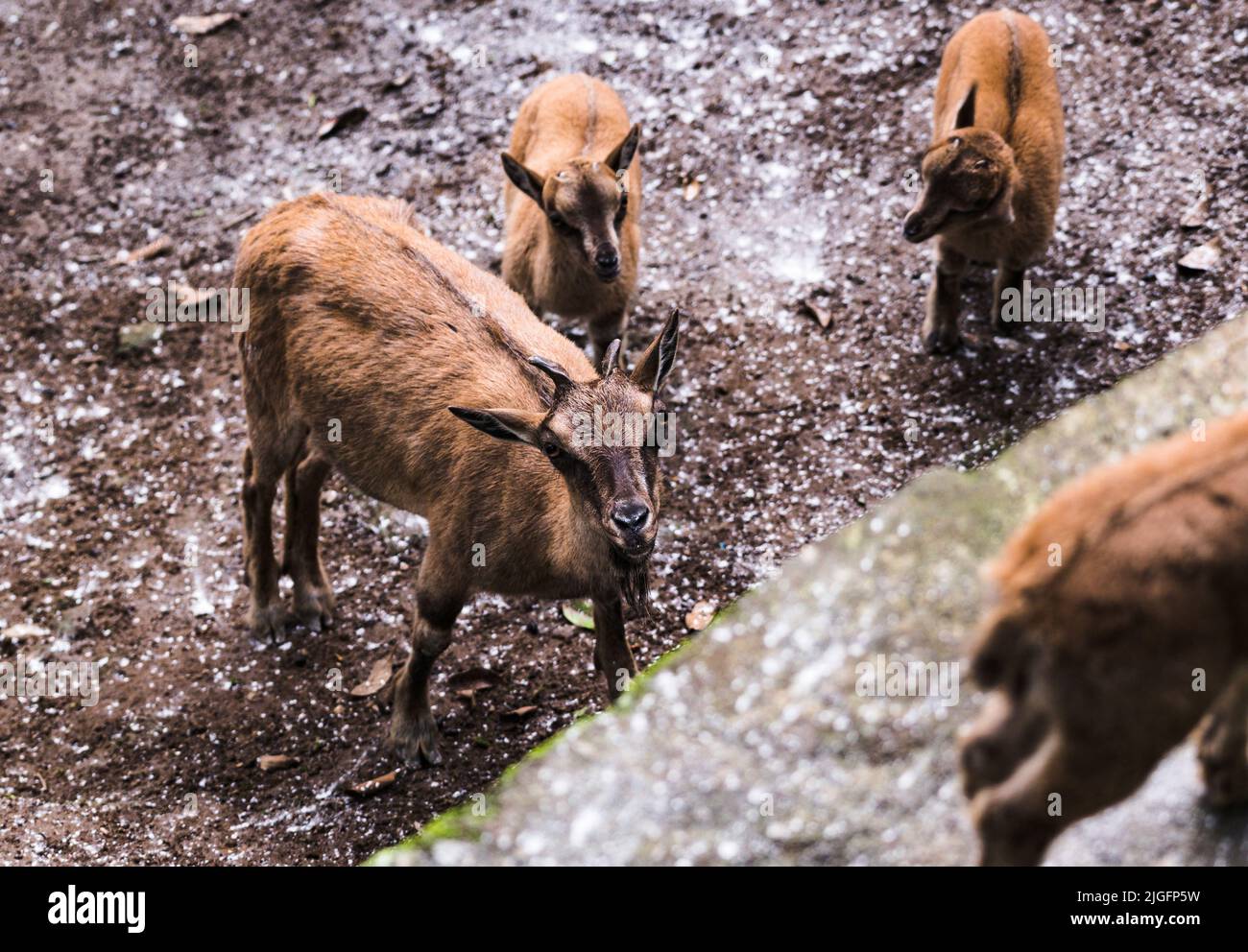 The markhor (Capra falconeri) is a large Capra species native to Central Asia, the Karakoram, and the Himalayas. It is listed on the IUCN Red List as Near Threatened. The markhor is the national animal of Pakistan and is regarded as the king of wild goats. This animal is diurnal and is mainly active in the early morning and late afternoon. A markhor mother and her fawns (baby) are at the conservation and breeding centre Padmaja Naidu Himalayan Zoological Park (PNHZP) in Darjeeling, West Bengal, India. Stock Photohttps://www.alamy.com/image-license-details/?v=1https://www.alamy.com/the-markhor-capra-falconeri-is-a-large-capra-species-native-to-central-asia-the-karakoram-and-the-himalayas-it-is-listed-on-the-iucn-red-list-as-near-threatened-the-markhor-is-the-national-animal-of-pakistan-and-is-regarded-as-the-king-of-wild-goats-this-animal-is-diurnal-and-is-mainly-active-in-the-early-morning-and-late-afternoon-a-markhor-mother-and-her-fawns-baby-are-at-the-conservation-and-breeding-centre-padmaja-naidu-himalayan-zoological-park-pnhzp-in-darjeeling-west-bengal-india-image474861125.html
The markhor (Capra falconeri) is a large Capra species native to Central Asia, the Karakoram, and the Himalayas. It is listed on the IUCN Red List as Near Threatened. The markhor is the national animal of Pakistan and is regarded as the king of wild goats. This animal is diurnal and is mainly active in the early morning and late afternoon. A markhor mother and her fawns (baby) are at the conservation and breeding centre Padmaja Naidu Himalayan Zoological Park (PNHZP) in Darjeeling, West Bengal, India. Stock Photohttps://www.alamy.com/image-license-details/?v=1https://www.alamy.com/the-markhor-capra-falconeri-is-a-large-capra-species-native-to-central-asia-the-karakoram-and-the-himalayas-it-is-listed-on-the-iucn-red-list-as-near-threatened-the-markhor-is-the-national-animal-of-pakistan-and-is-regarded-as-the-king-of-wild-goats-this-animal-is-diurnal-and-is-mainly-active-in-the-early-morning-and-late-afternoon-a-markhor-mother-and-her-fawns-baby-are-at-the-conservation-and-breeding-centre-padmaja-naidu-himalayan-zoological-park-pnhzp-in-darjeeling-west-bengal-india-image474861125.htmlRM2JGFP5W–The markhor (Capra falconeri) is a large Capra species native to Central Asia, the Karakoram, and the Himalayas. It is listed on the IUCN Red List as Near Threatened. The markhor is the national animal of Pakistan and is regarded as the king of wild goats. This animal is diurnal and is mainly active in the early morning and late afternoon. A markhor mother and her fawns (baby) are at the conservation and breeding centre Padmaja Naidu Himalayan Zoological Park (PNHZP) in Darjeeling, West Bengal, India.
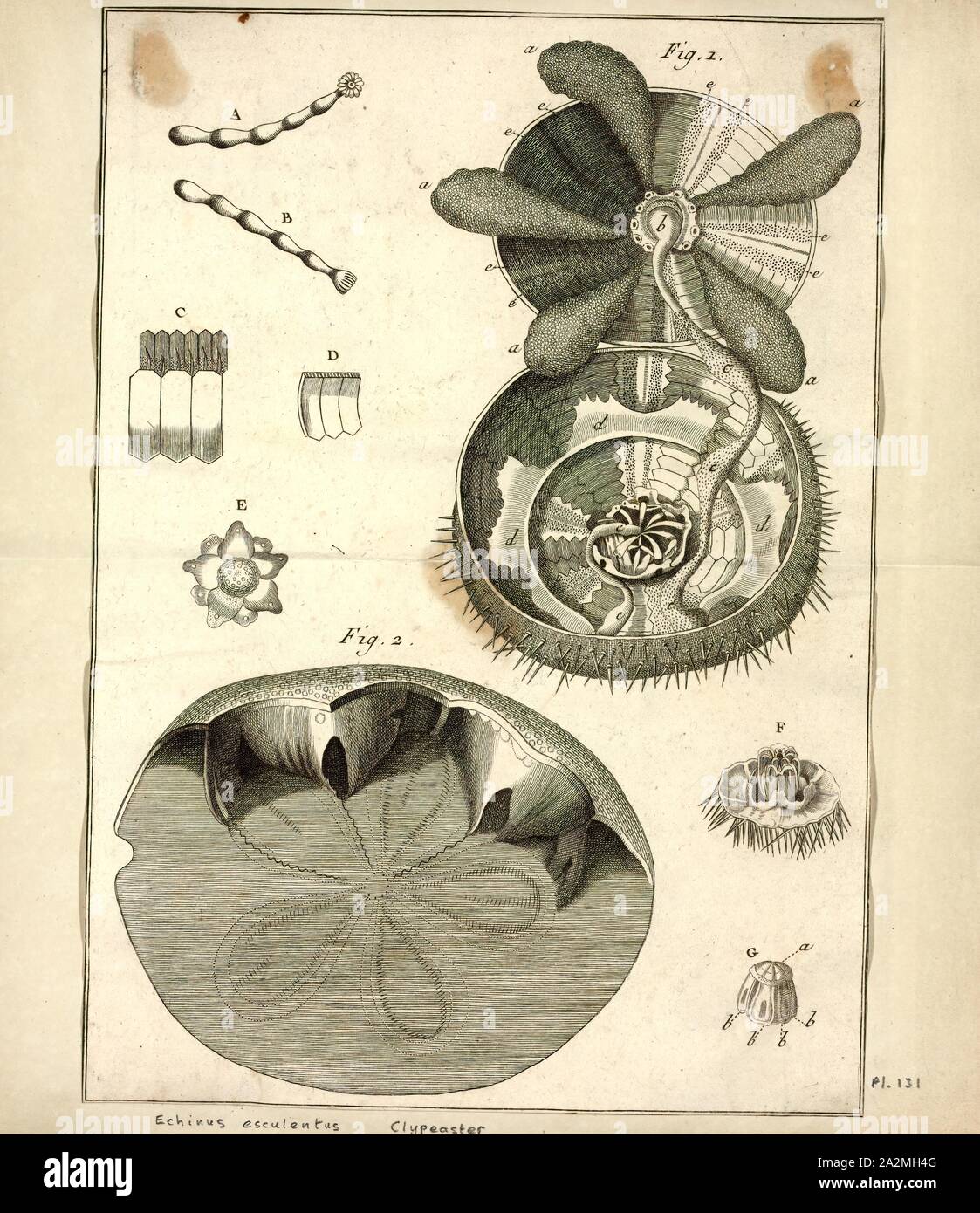 Echinus esculentus, Print, Echinus esculentus, the European edible sea urchin or common sea urchin, is a species of marine invertebrate in the Echinidae family. It is found in coastal areas of western Europe down to a depth of 1, 200 m (3, 900 ft). It is considered 'Near threatened' in the IUCN Red List of Threatened Species Stock Photohttps://www.alamy.com/image-license-details/?v=1https://www.alamy.com/echinus-esculentus-print-echinus-esculentus-the-european-edible-sea-urchin-or-common-sea-urchin-is-a-species-of-marine-invertebrate-in-the-echinidae-family-it-is-found-in-coastal-areas-of-western-europe-down-to-a-depth-of-1-200-m-3-900-ft-it-is-considered-near-threatened-in-the-iucn-red-list-of-threatened-species-image328678800.html
Echinus esculentus, Print, Echinus esculentus, the European edible sea urchin or common sea urchin, is a species of marine invertebrate in the Echinidae family. It is found in coastal areas of western Europe down to a depth of 1, 200 m (3, 900 ft). It is considered 'Near threatened' in the IUCN Red List of Threatened Species Stock Photohttps://www.alamy.com/image-license-details/?v=1https://www.alamy.com/echinus-esculentus-print-echinus-esculentus-the-european-edible-sea-urchin-or-common-sea-urchin-is-a-species-of-marine-invertebrate-in-the-echinidae-family-it-is-found-in-coastal-areas-of-western-europe-down-to-a-depth-of-1-200-m-3-900-ft-it-is-considered-near-threatened-in-the-iucn-red-list-of-threatened-species-image328678800.htmlRM2A2MH4G–Echinus esculentus, Print, Echinus esculentus, the European edible sea urchin or common sea urchin, is a species of marine invertebrate in the Echinidae family. It is found in coastal areas of western Europe down to a depth of 1, 200 m (3, 900 ft). It is considered 'Near threatened' in the IUCN Red List of Threatened Species
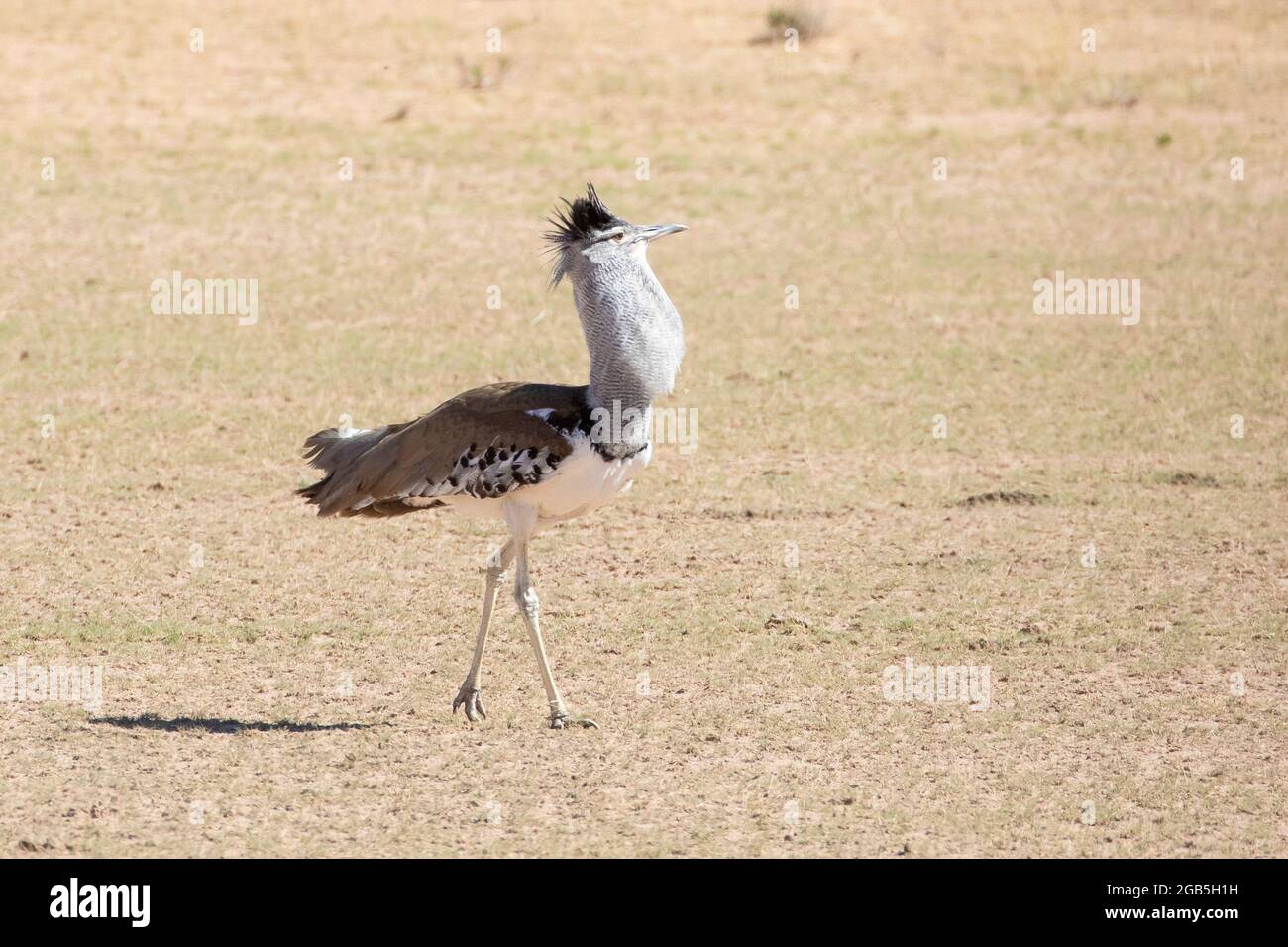 Kori Bustard (Ardeotis kori) male displaying to attract a female, Kalahari, Northern Cape, South Africa Stock Photohttps://www.alamy.com/image-license-details/?v=1https://www.alamy.com/kori-bustard-ardeotis-kori-male-displaying-to-attract-a-female-kalahari-northern-cape-south-africa-image437143549.html
Kori Bustard (Ardeotis kori) male displaying to attract a female, Kalahari, Northern Cape, South Africa Stock Photohttps://www.alamy.com/image-license-details/?v=1https://www.alamy.com/kori-bustard-ardeotis-kori-male-displaying-to-attract-a-female-kalahari-northern-cape-south-africa-image437143549.htmlRM2GB5H1H–Kori Bustard (Ardeotis kori) male displaying to attract a female, Kalahari, Northern Cape, South Africa
 A Pair of White-naped Crane Grus vipio cleaning feathers Stock Photohttps://www.alamy.com/image-license-details/?v=1https://www.alamy.com/stock-photo-a-pair-of-white-naped-crane-grus-vipio-cleaning-feathers-43966069.html
A Pair of White-naped Crane Grus vipio cleaning feathers Stock Photohttps://www.alamy.com/image-license-details/?v=1https://www.alamy.com/stock-photo-a-pair-of-white-naped-crane-grus-vipio-cleaning-feathers-43966069.htmlRMCFER4N–A Pair of White-naped Crane Grus vipio cleaning feathers
 China: Rhesus monkey (Macaca mulatta), Wulingyuan Scenic Area (Zhangjiajie), Hunan Province. The Rhesus macaque (Macaca mulatta), also called the Rhesus monkey, is brown or grey in colour and has a pink face, which is bereft of fur. Its tail is of medium length and averages between 20.7 and 22.9 cm (8.1 and 9.0 in). Adult males measure approximately 53 cm (21 in) on average and weigh about 7.7 kg (17 lb). Females are smaller, averaging 47 cm (19 in) in length and 5.3 kg (12 lb) in weight. It is listed as Least Concern in the IUCN Red List of Threatened Species. Stock Photohttps://www.alamy.com/image-license-details/?v=1https://www.alamy.com/china-rhesus-monkey-macaca-mulatta-wulingyuan-scenic-area-zhangjiajie-hunan-province-the-rhesus-macaque-macaca-mulatta-also-called-the-rhesus-monkey-is-brown-or-grey-in-colour-and-has-a-pink-face-which-is-bereft-of-fur-its-tail-is-of-medium-length-and-averages-between-207-and-229-cm-81-and-90-in-adult-males-measure-approximately-53-cm-21-in-on-average-and-weigh-about-77-kg-17-lb-females-are-smaller-averaging-47-cm-19-in-in-length-and-53-kg-12-lb-in-weight-it-is-listed-as-least-concern-in-the-iucn-red-list-of-threatened-species-image344246109.html
China: Rhesus monkey (Macaca mulatta), Wulingyuan Scenic Area (Zhangjiajie), Hunan Province. The Rhesus macaque (Macaca mulatta), also called the Rhesus monkey, is brown or grey in colour and has a pink face, which is bereft of fur. Its tail is of medium length and averages between 20.7 and 22.9 cm (8.1 and 9.0 in). Adult males measure approximately 53 cm (21 in) on average and weigh about 7.7 kg (17 lb). Females are smaller, averaging 47 cm (19 in) in length and 5.3 kg (12 lb) in weight. It is listed as Least Concern in the IUCN Red List of Threatened Species. Stock Photohttps://www.alamy.com/image-license-details/?v=1https://www.alamy.com/china-rhesus-monkey-macaca-mulatta-wulingyuan-scenic-area-zhangjiajie-hunan-province-the-rhesus-macaque-macaca-mulatta-also-called-the-rhesus-monkey-is-brown-or-grey-in-colour-and-has-a-pink-face-which-is-bereft-of-fur-its-tail-is-of-medium-length-and-averages-between-207-and-229-cm-81-and-90-in-adult-males-measure-approximately-53-cm-21-in-on-average-and-weigh-about-77-kg-17-lb-females-are-smaller-averaging-47-cm-19-in-in-length-and-53-kg-12-lb-in-weight-it-is-listed-as-least-concern-in-the-iucn-red-list-of-threatened-species-image344246109.htmlRM2B01NBW–China: Rhesus monkey (Macaca mulatta), Wulingyuan Scenic Area (Zhangjiajie), Hunan Province. The Rhesus macaque (Macaca mulatta), also called the Rhesus monkey, is brown or grey in colour and has a pink face, which is bereft of fur. Its tail is of medium length and averages between 20.7 and 22.9 cm (8.1 and 9.0 in). Adult males measure approximately 53 cm (21 in) on average and weigh about 7.7 kg (17 lb). Females are smaller, averaging 47 cm (19 in) in length and 5.3 kg (12 lb) in weight. It is listed as Least Concern in the IUCN Red List of Threatened Species.